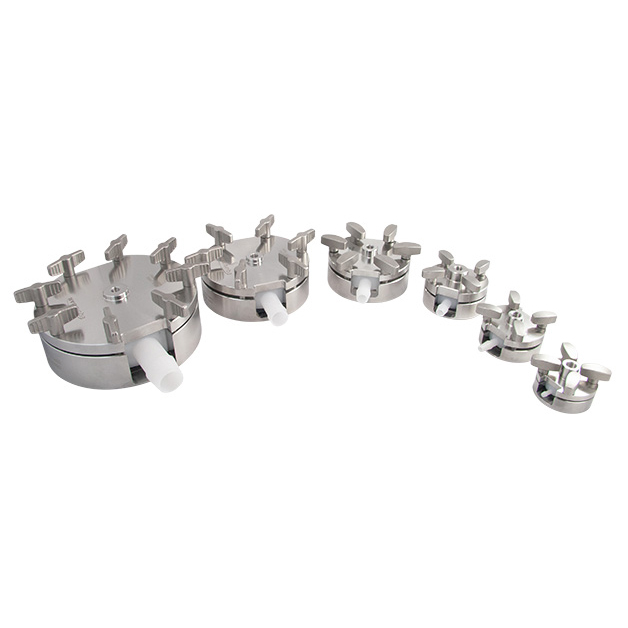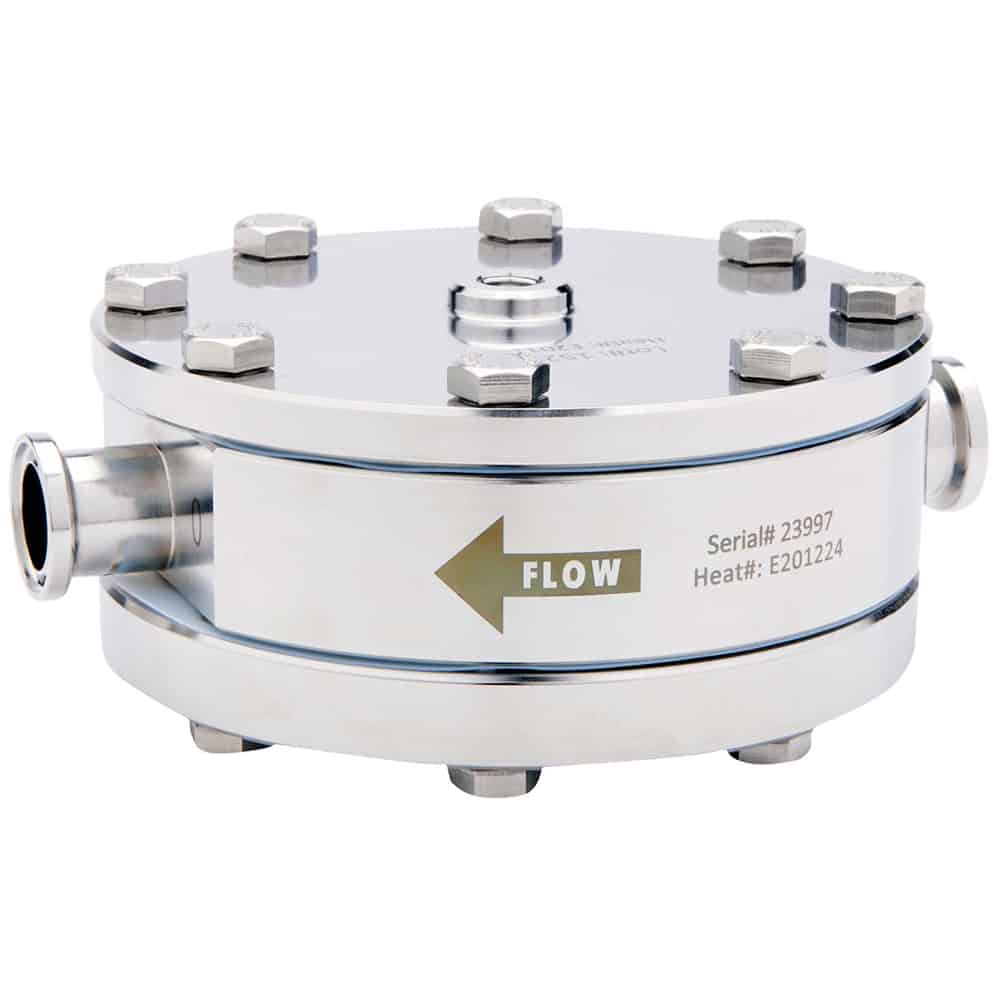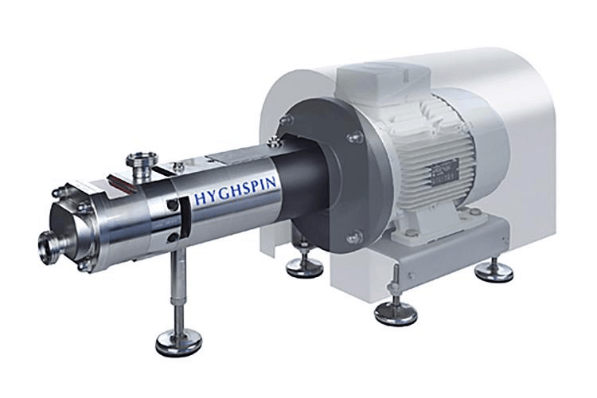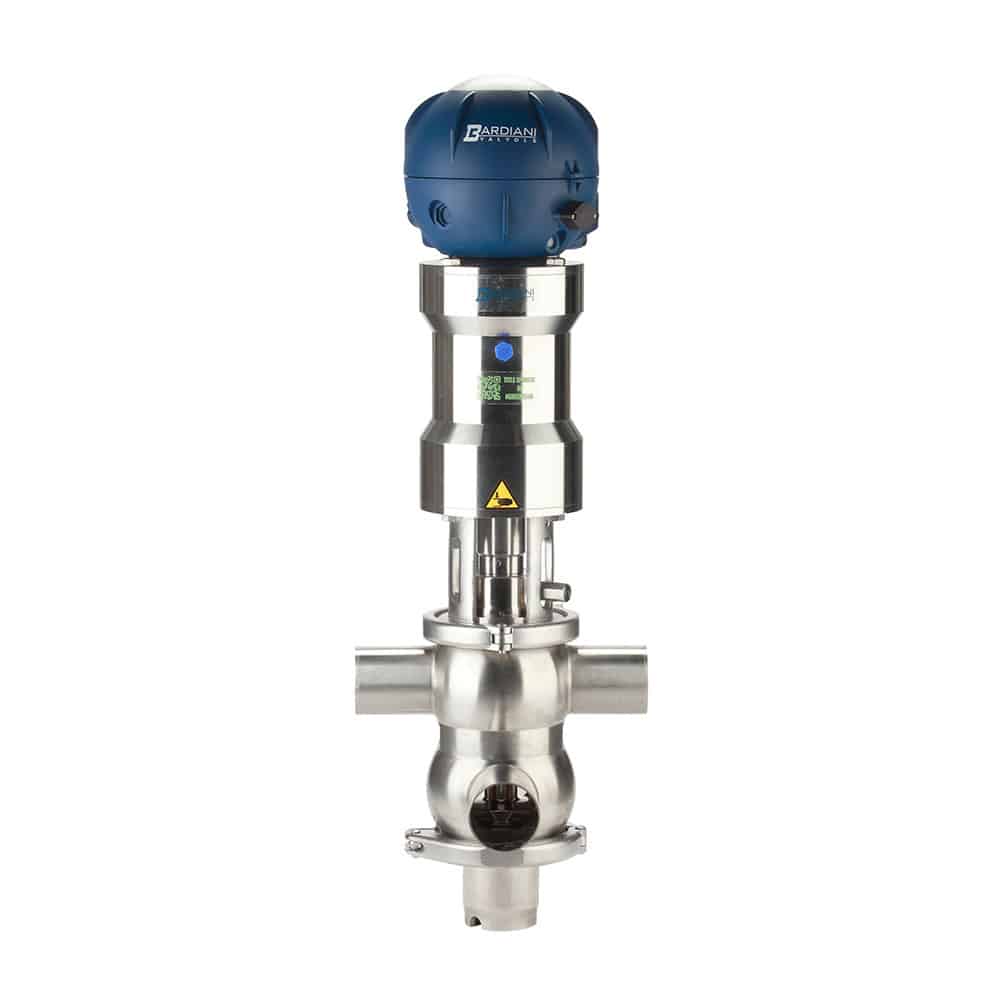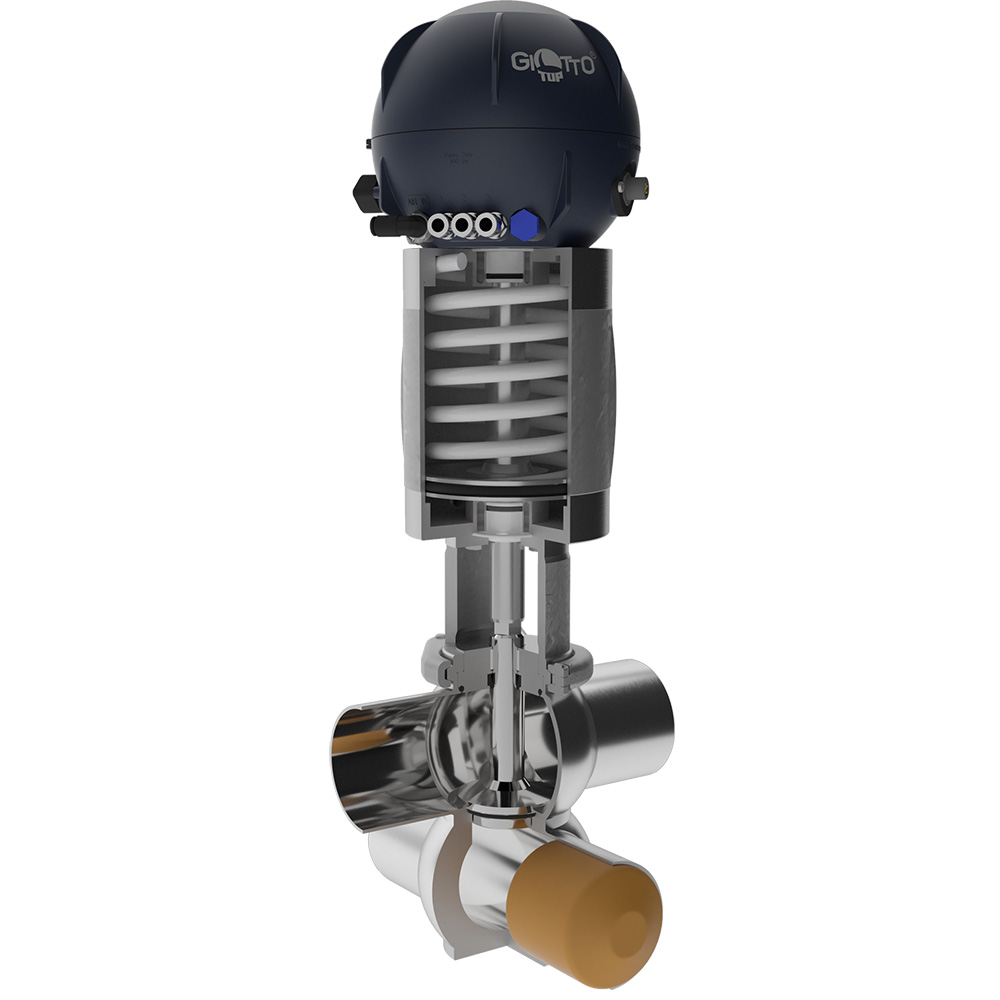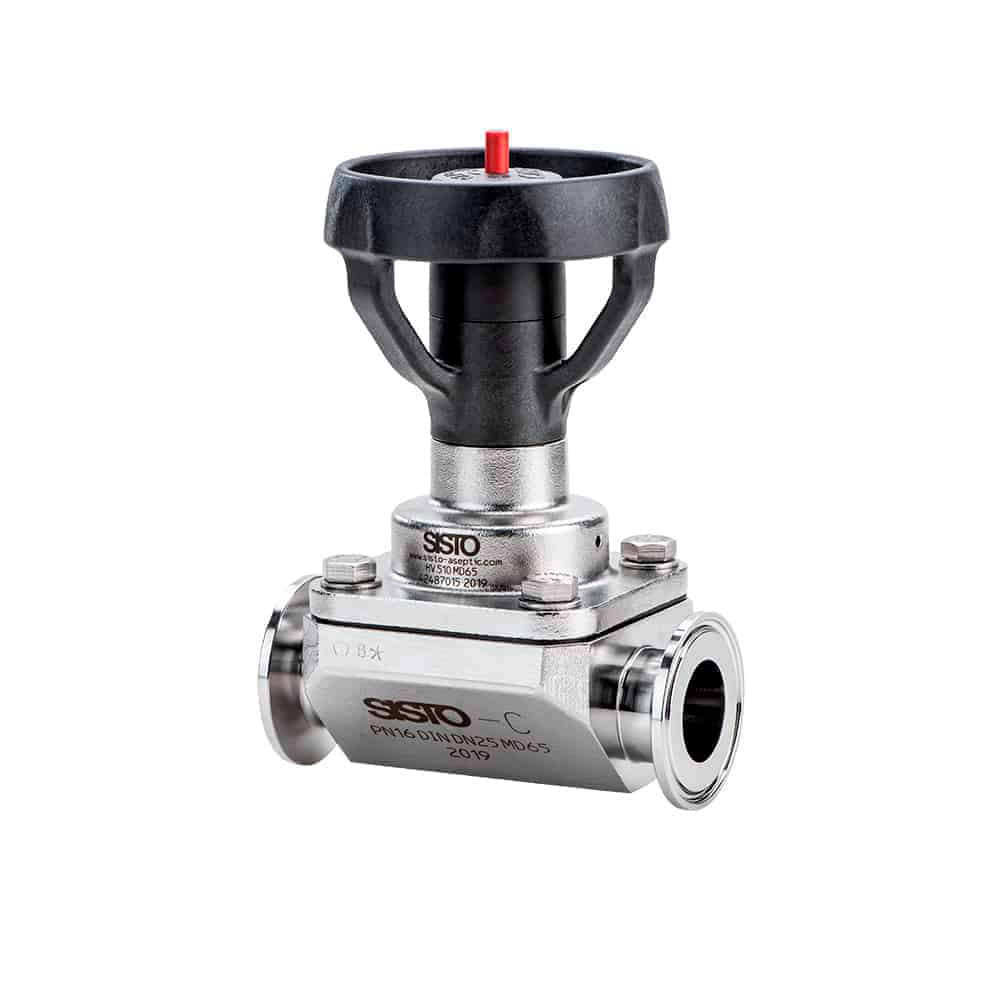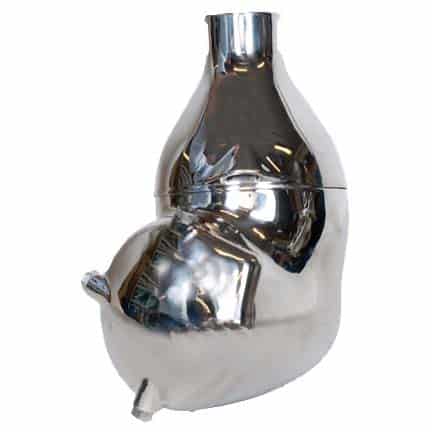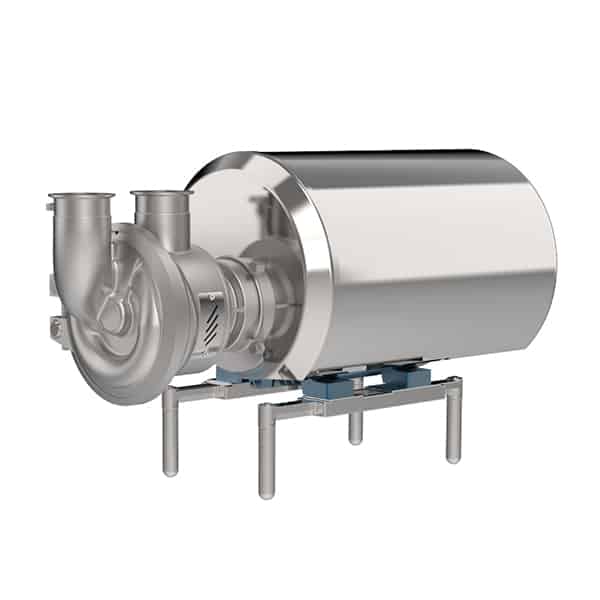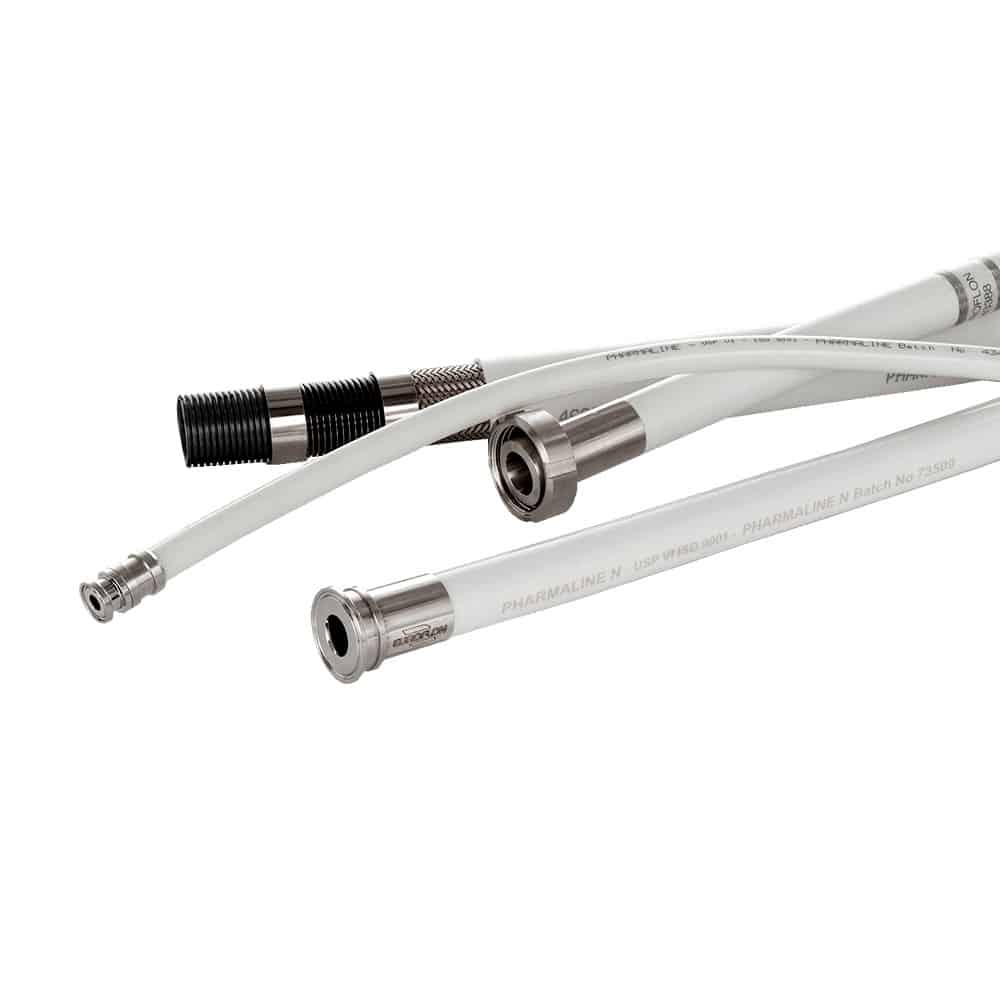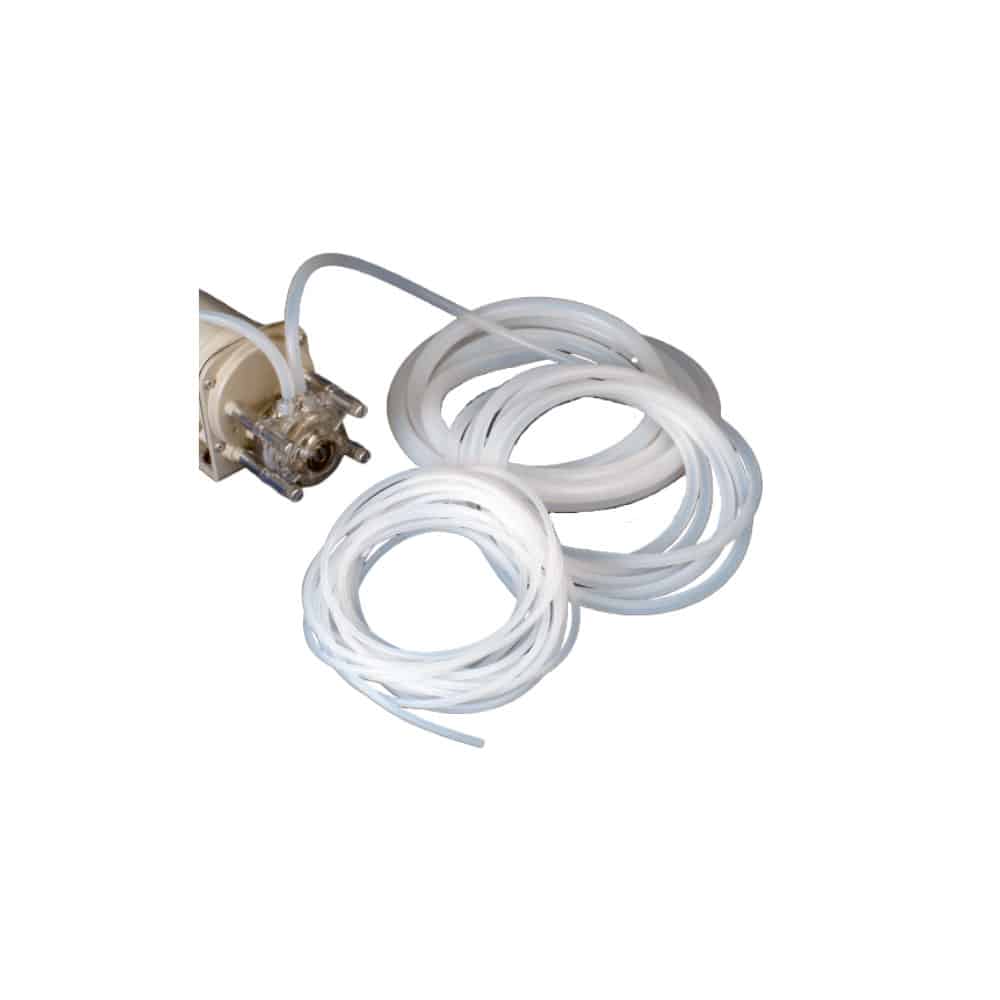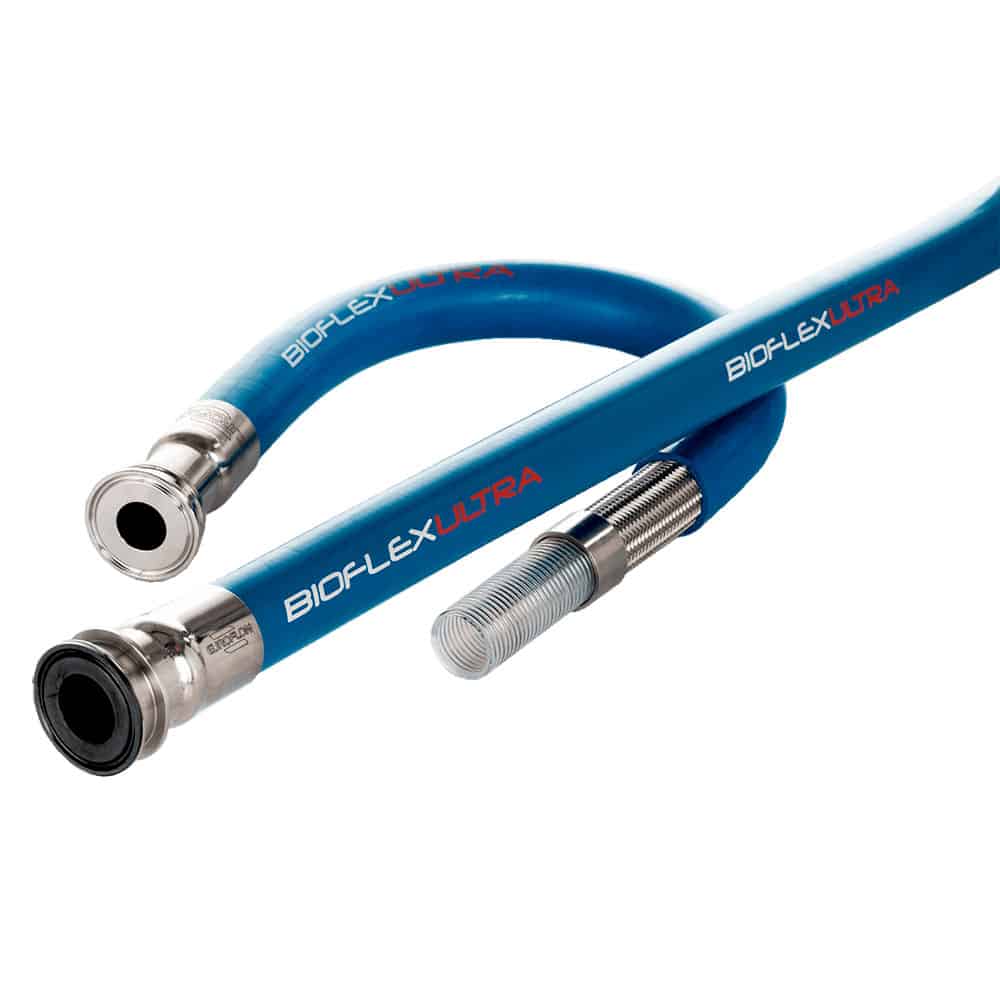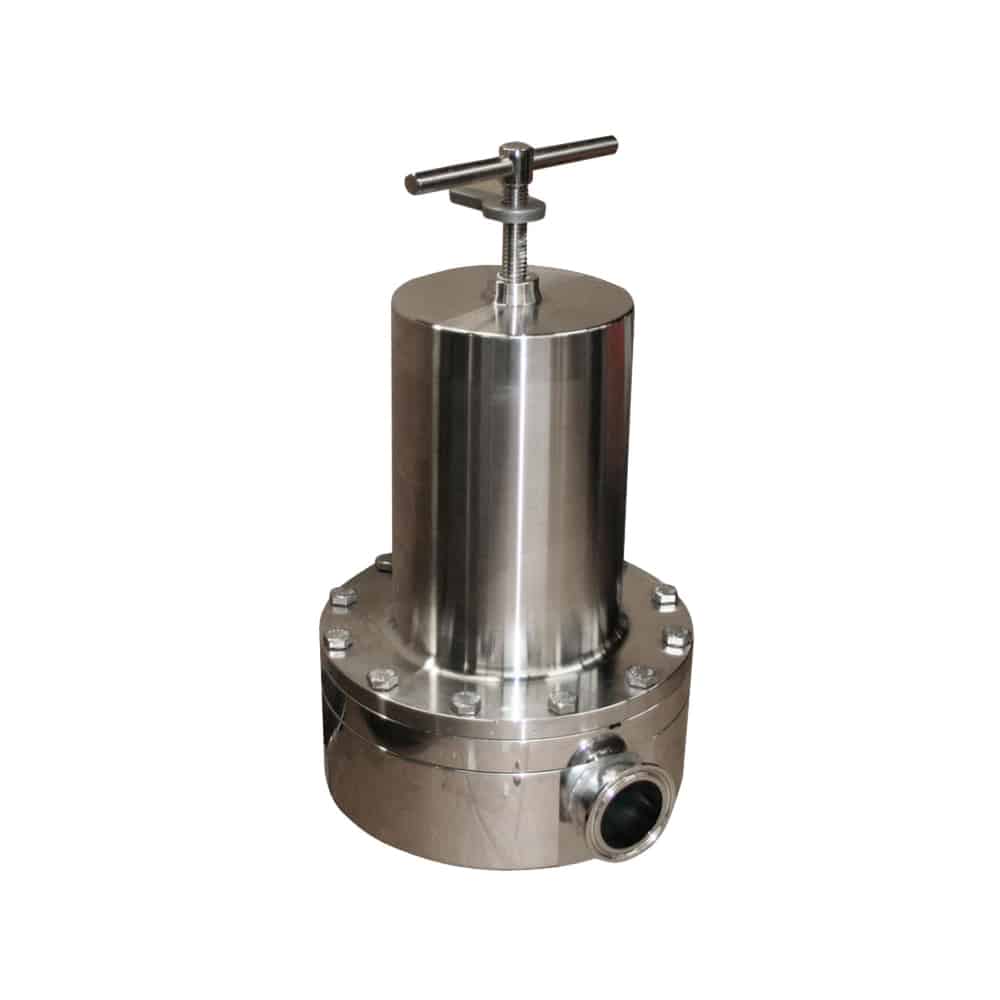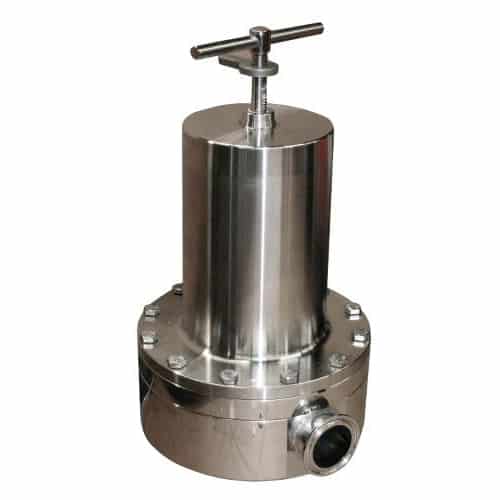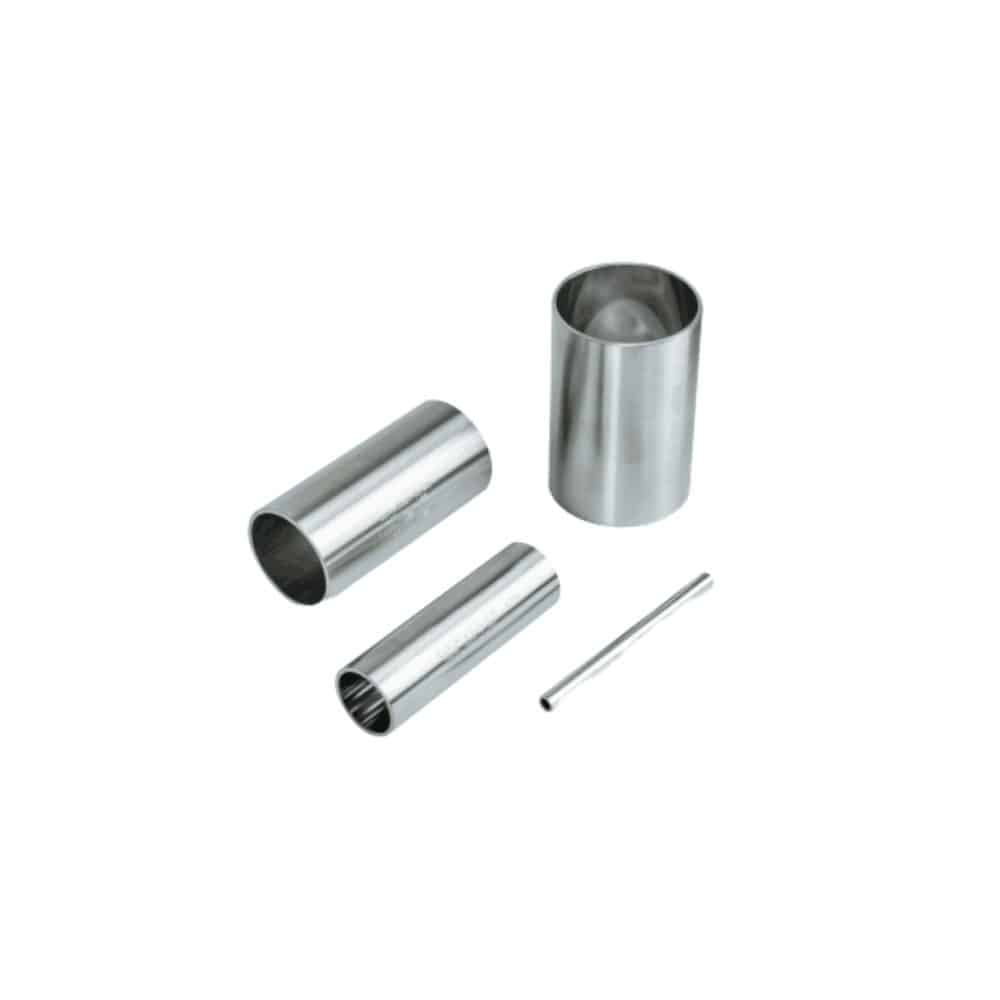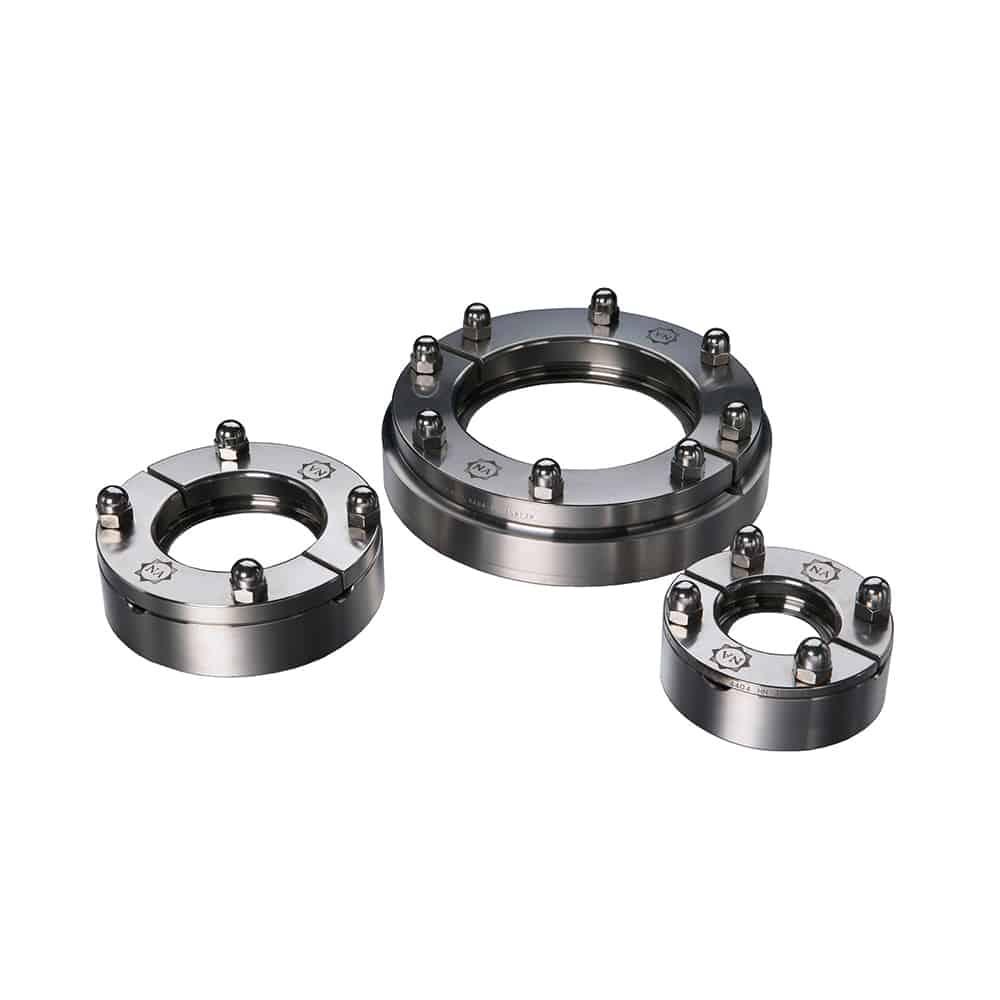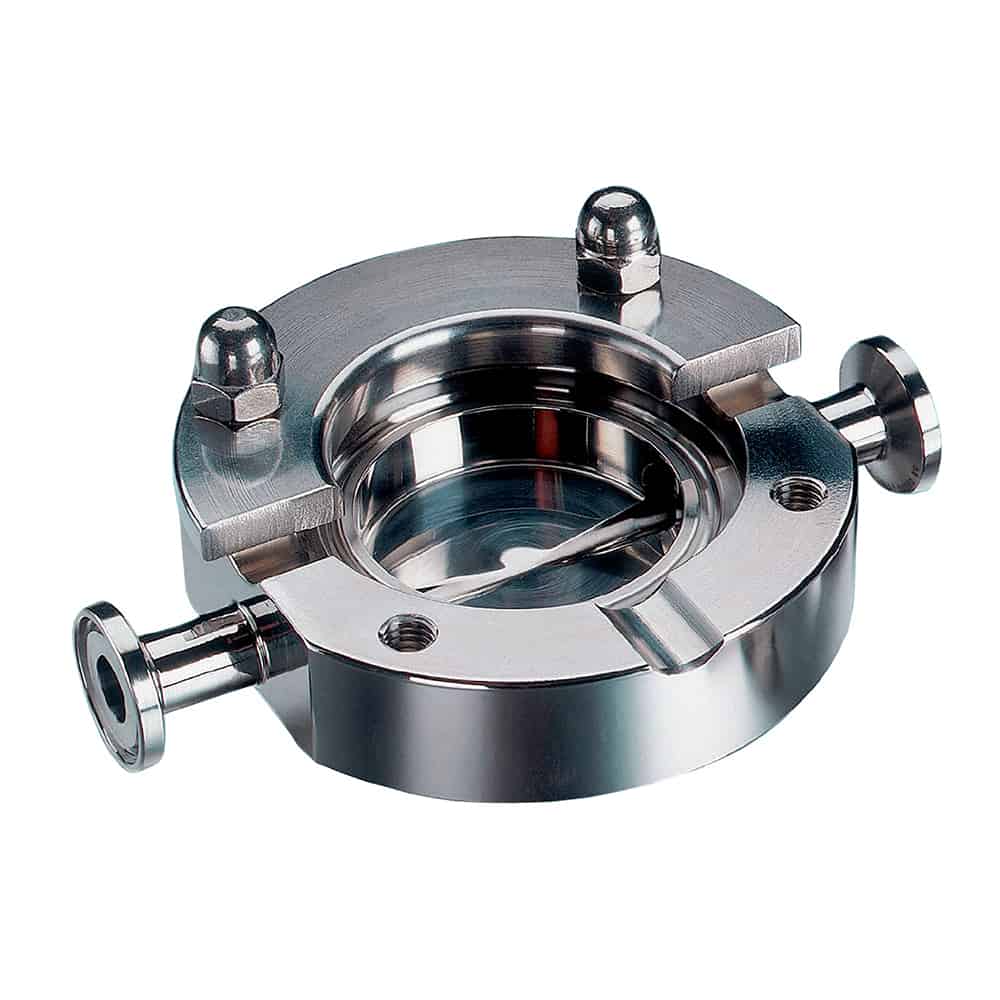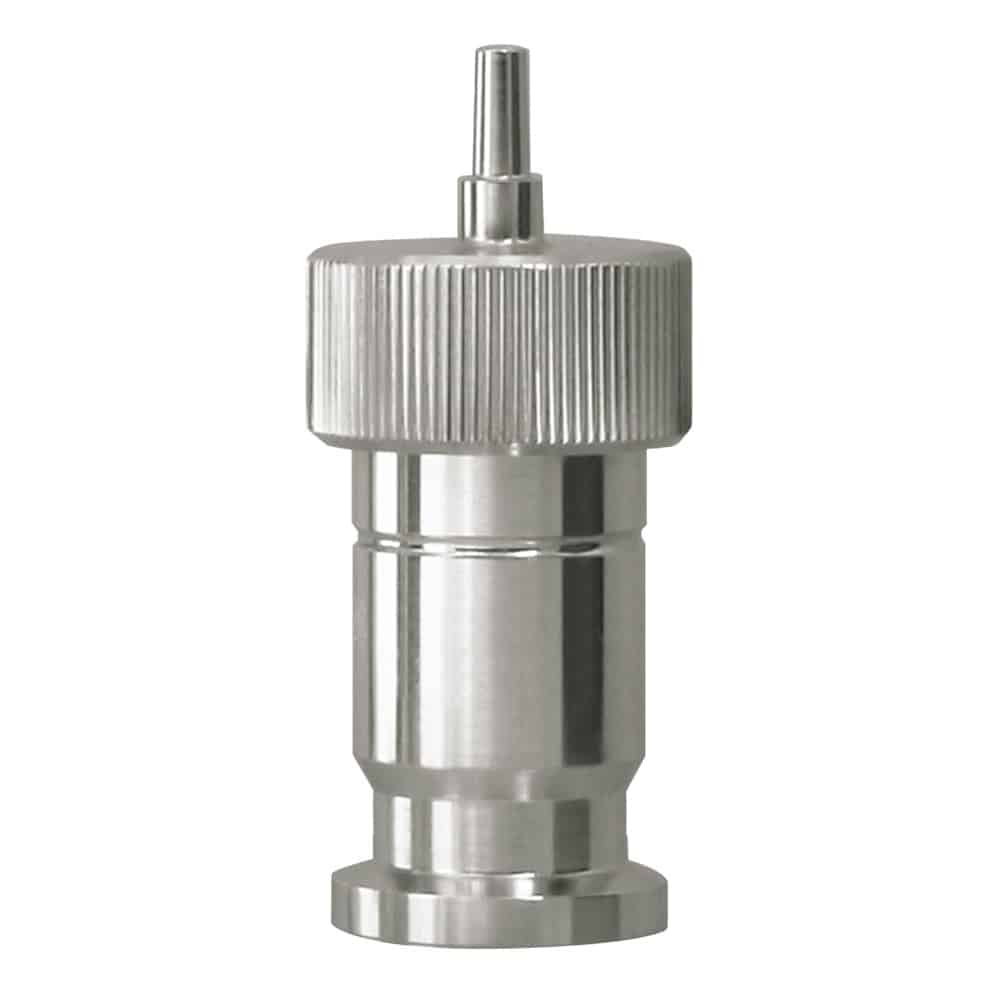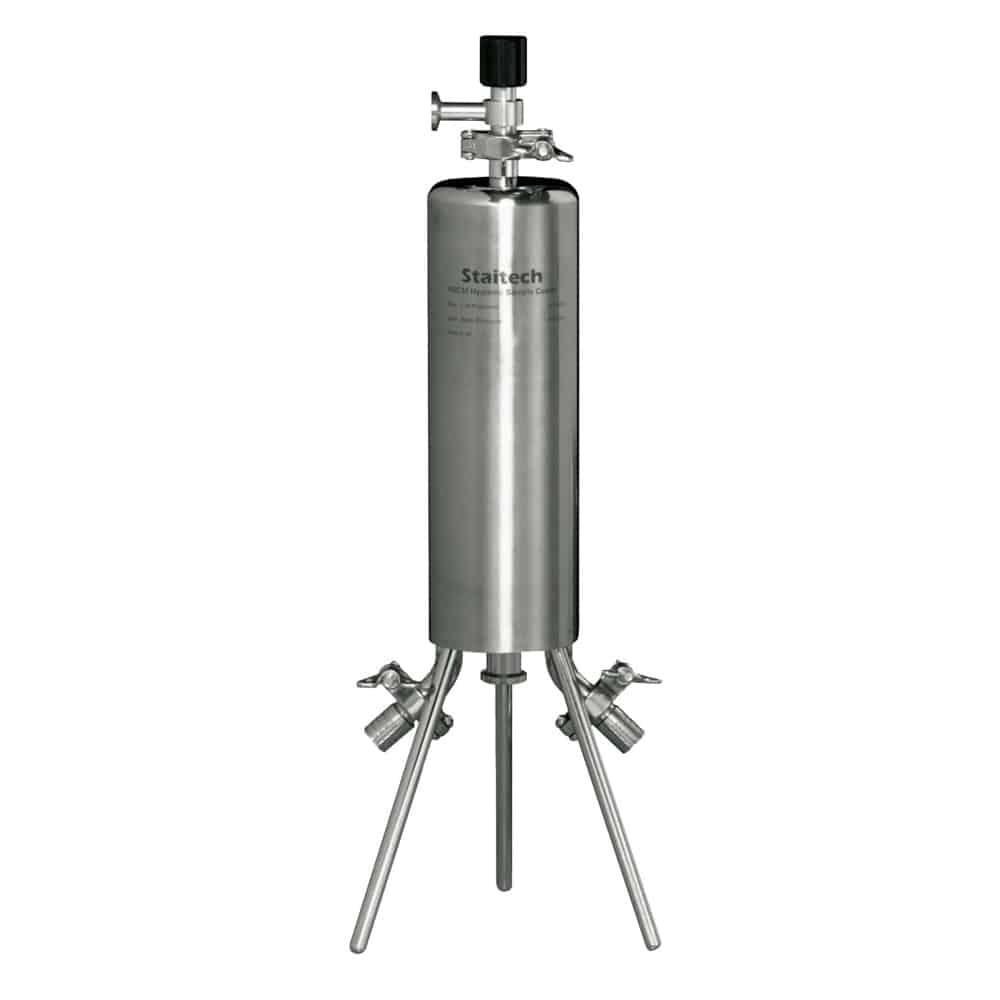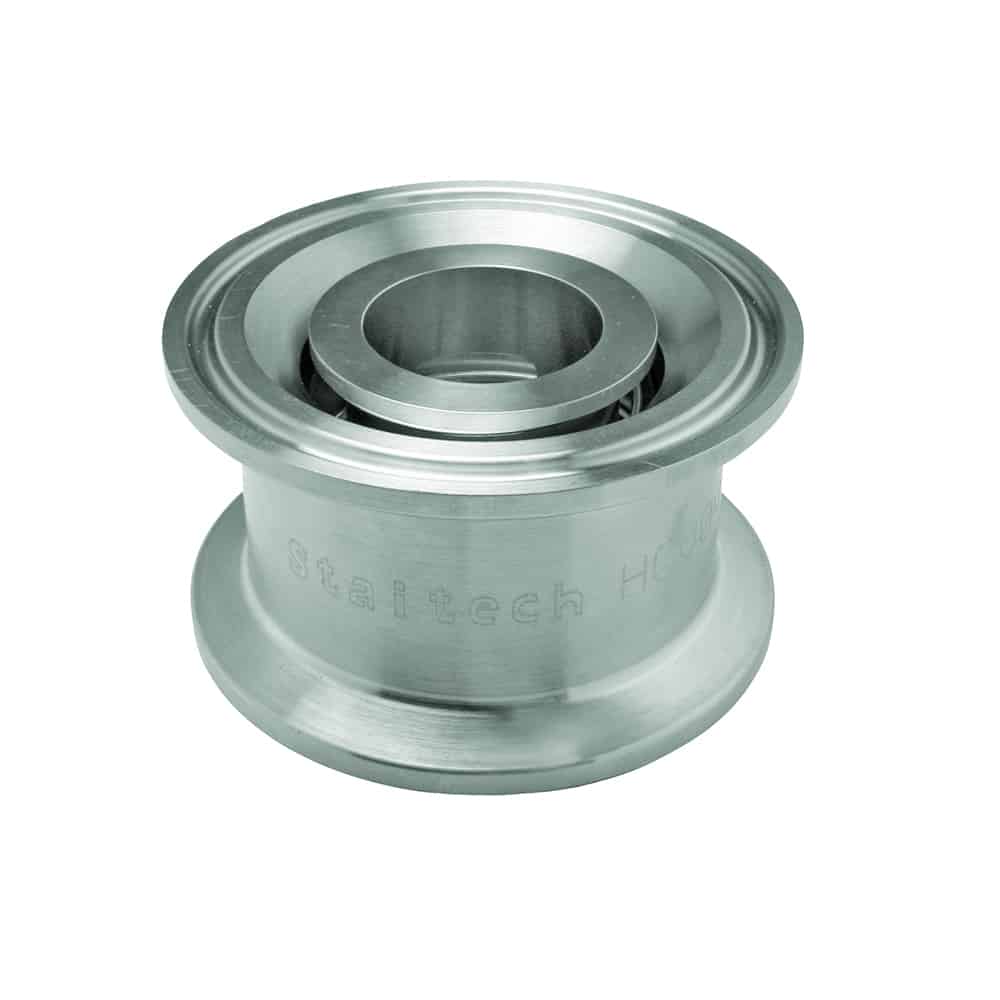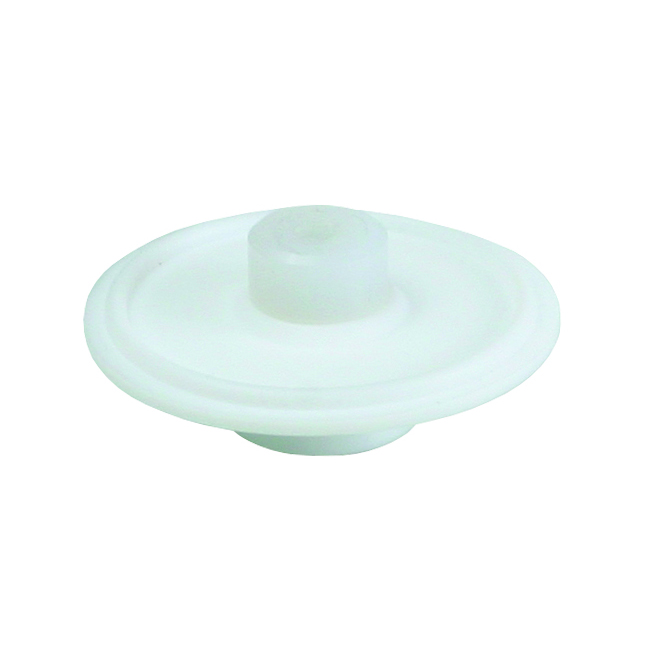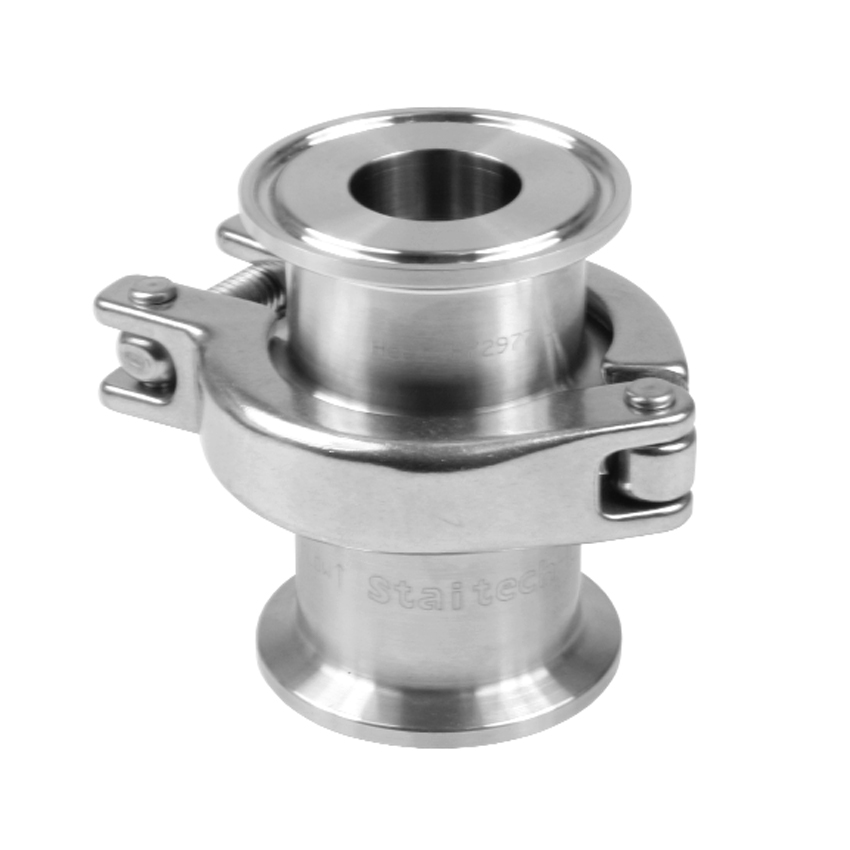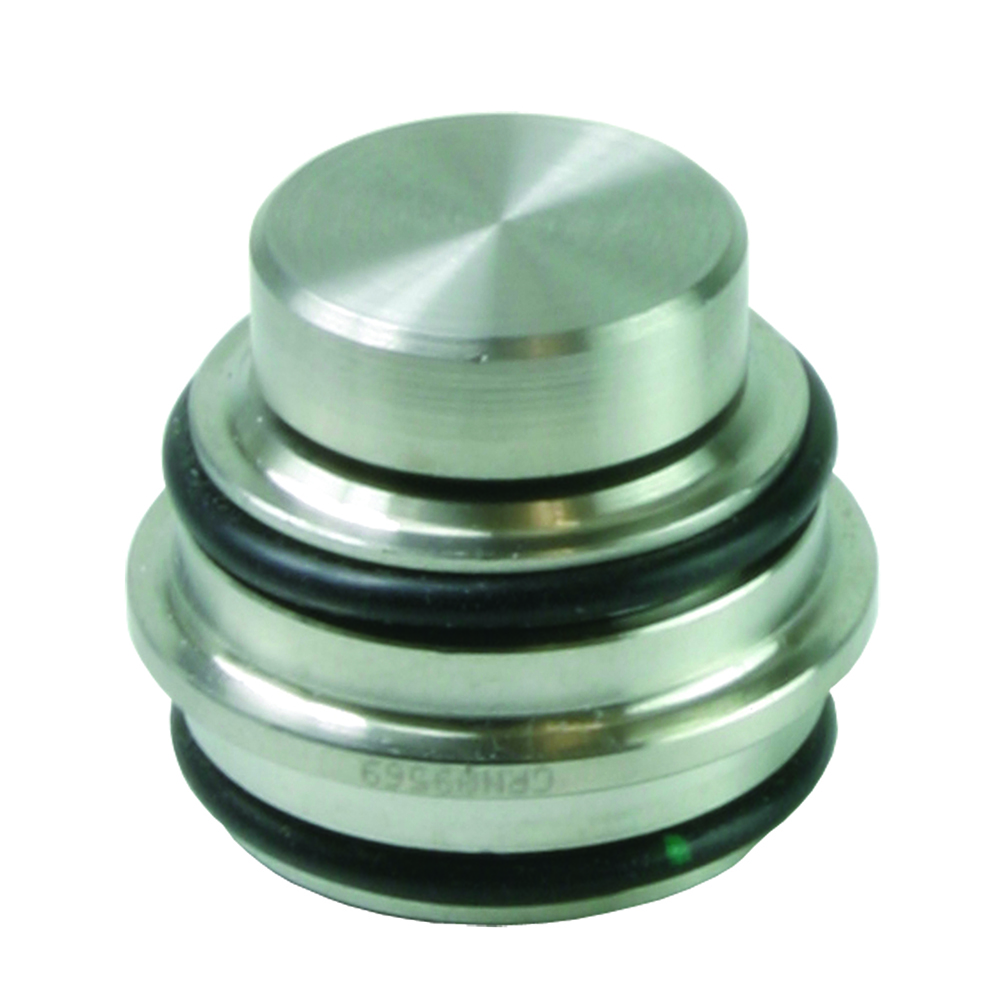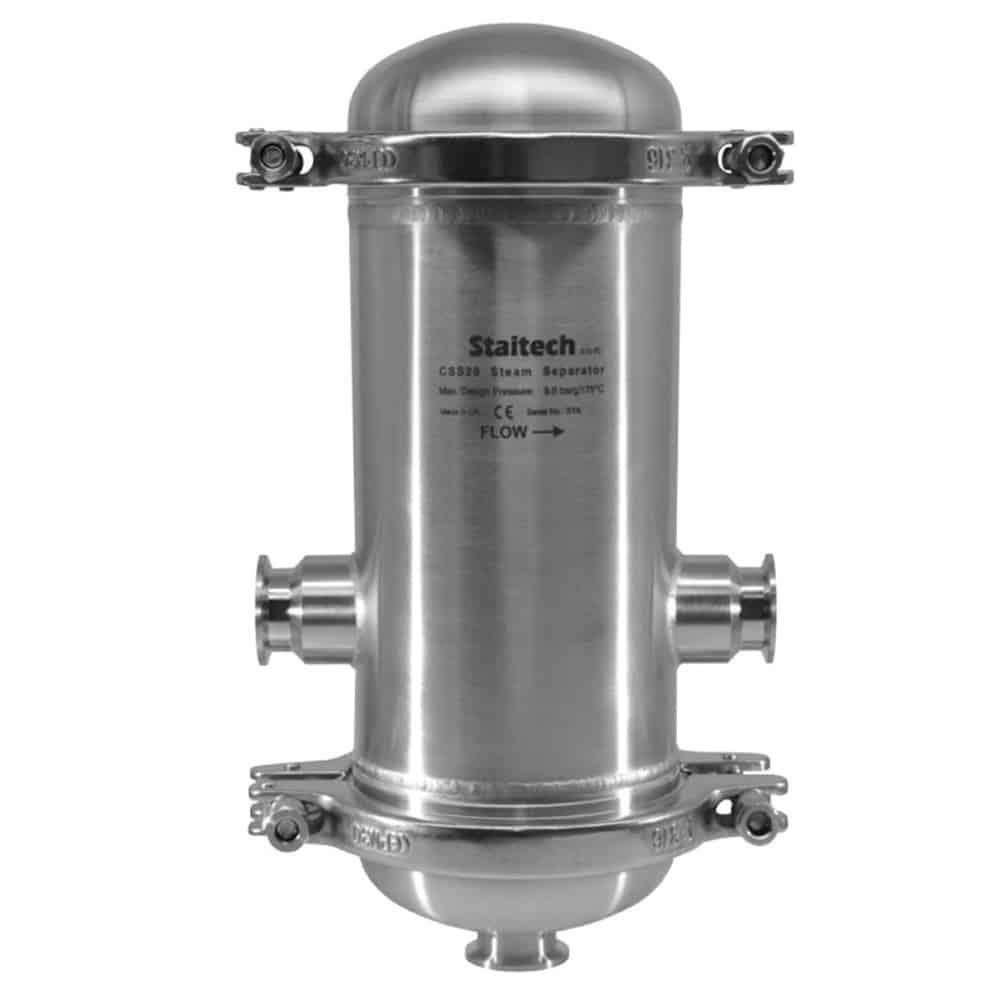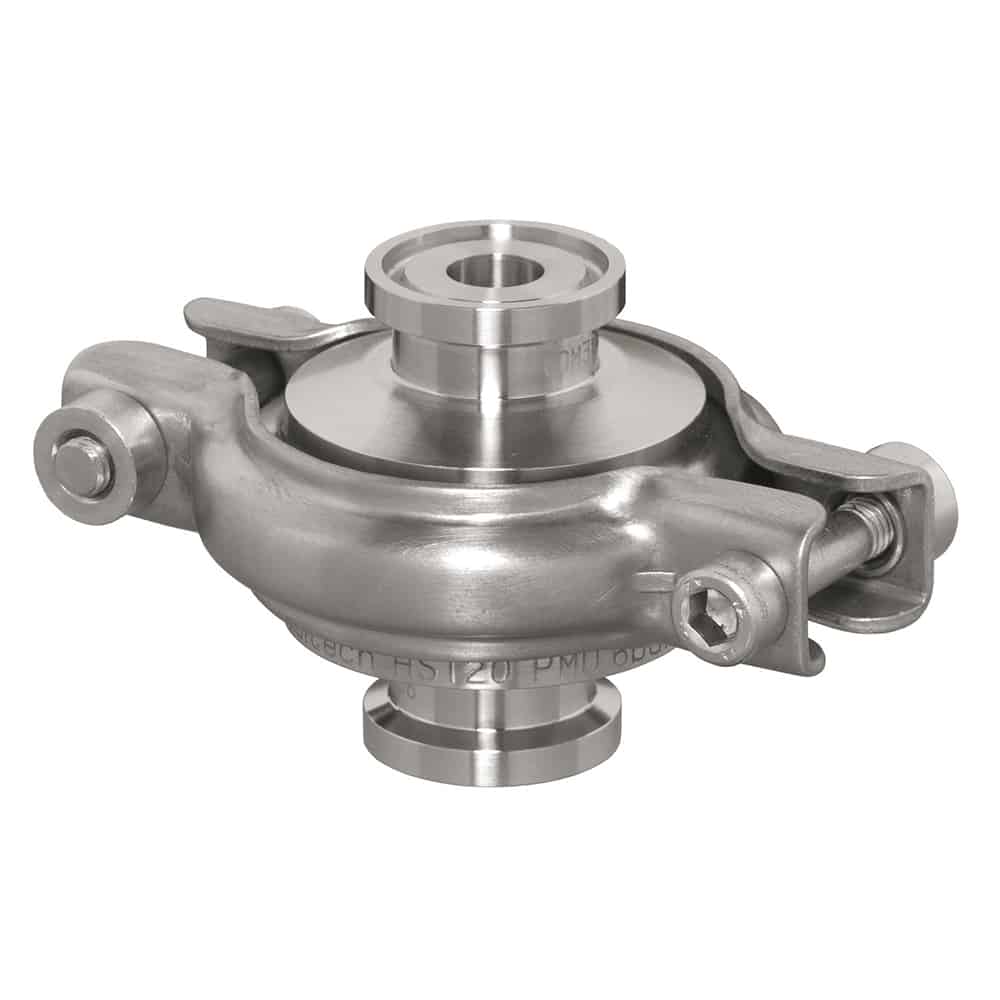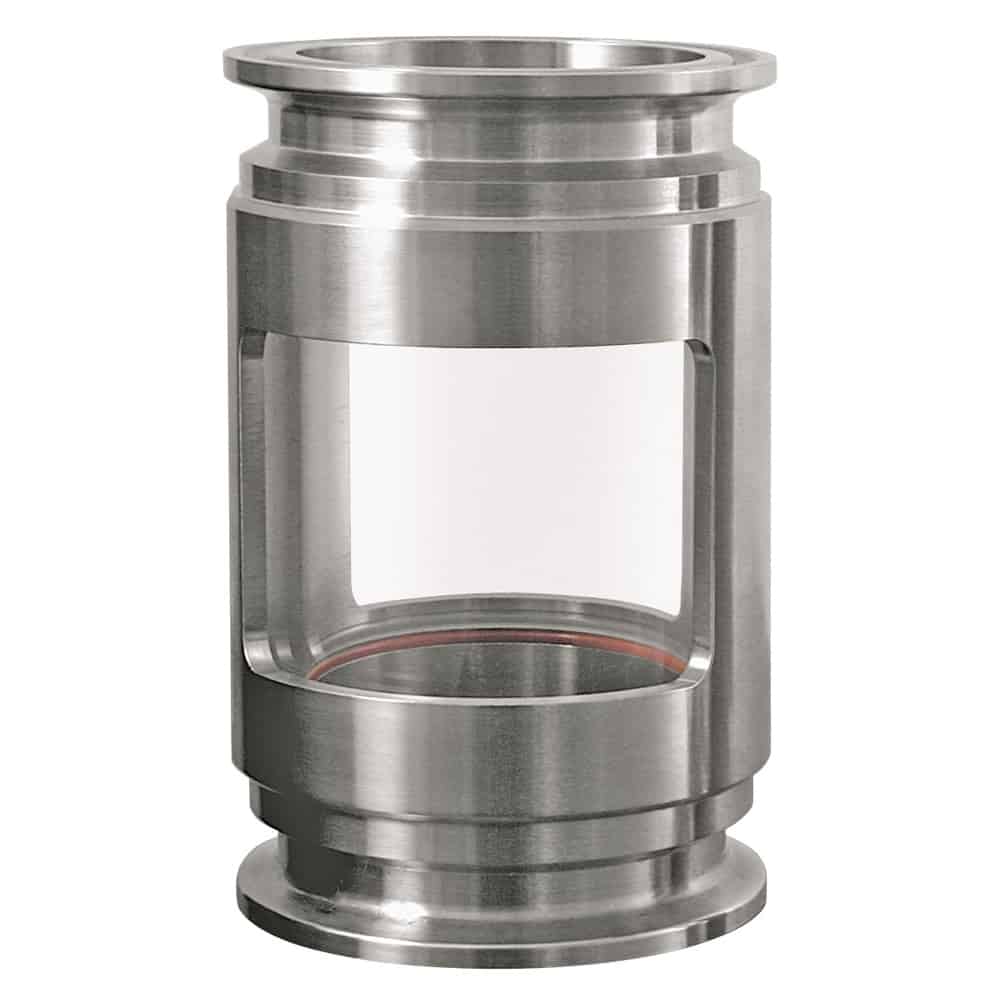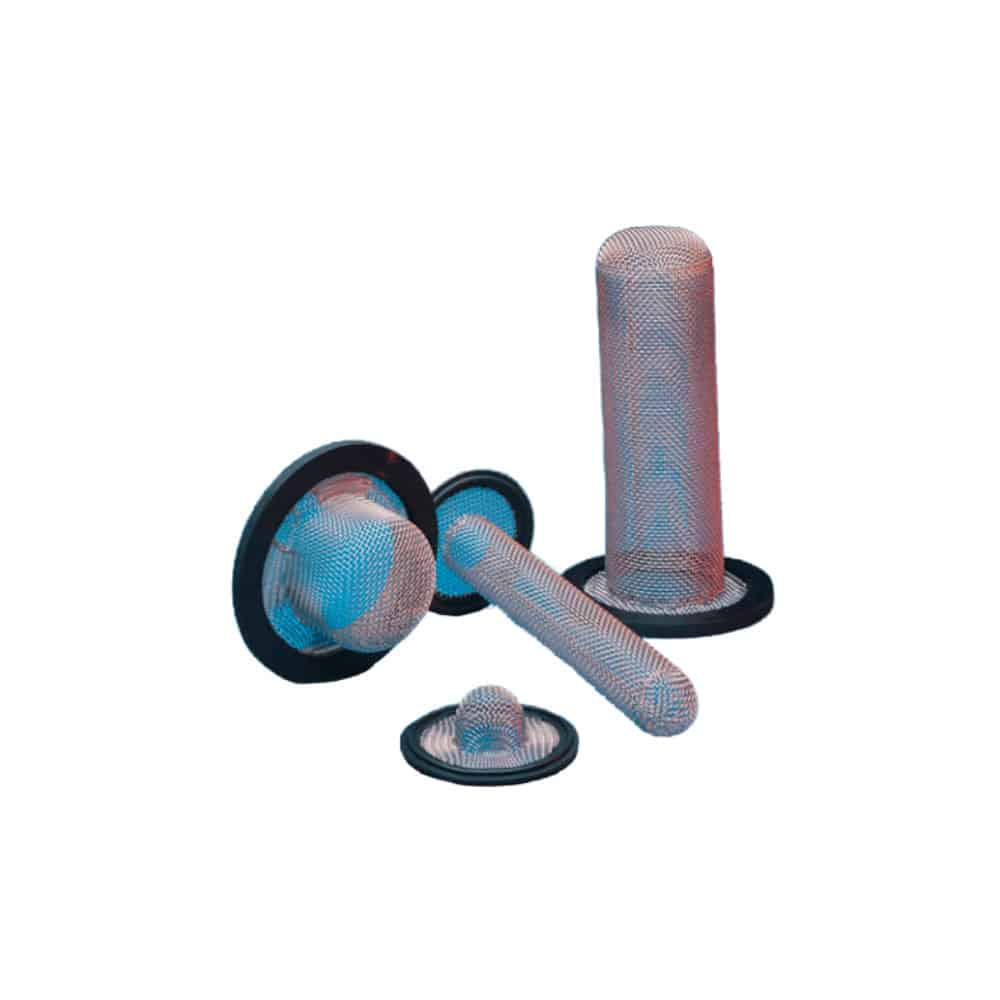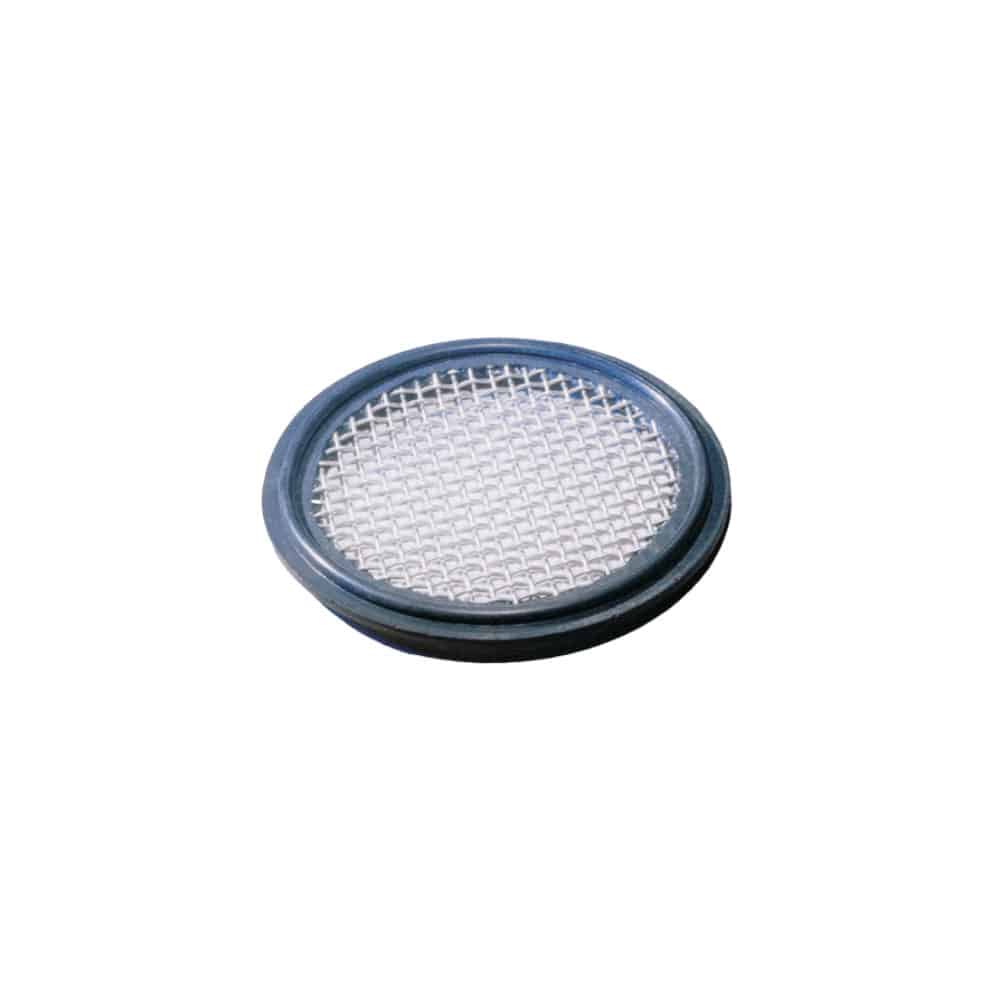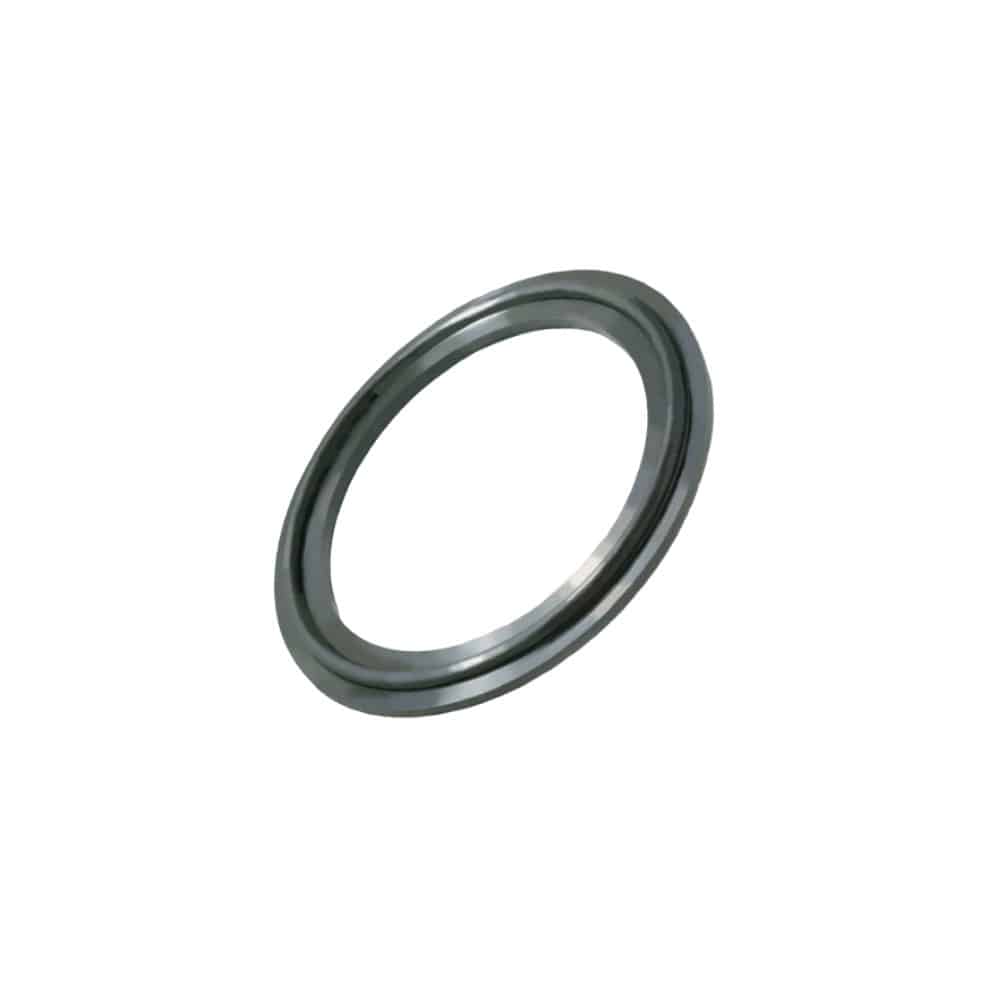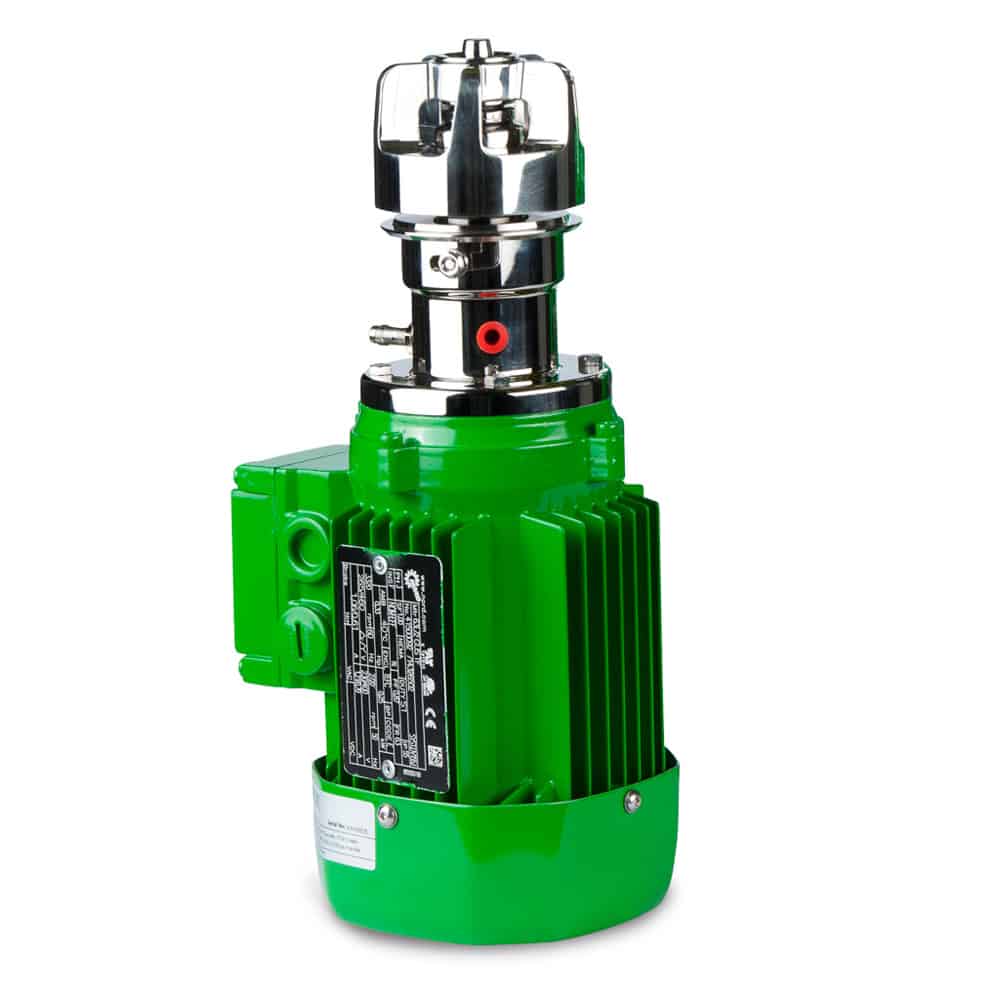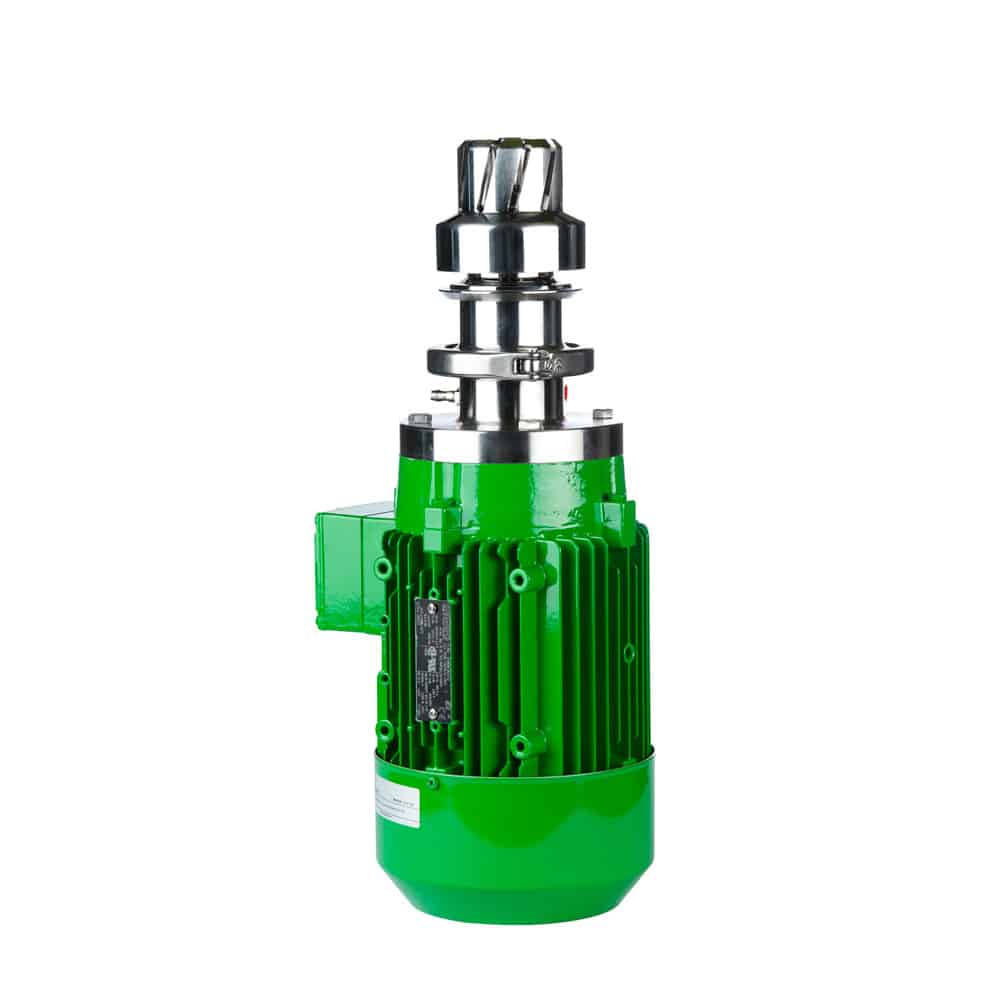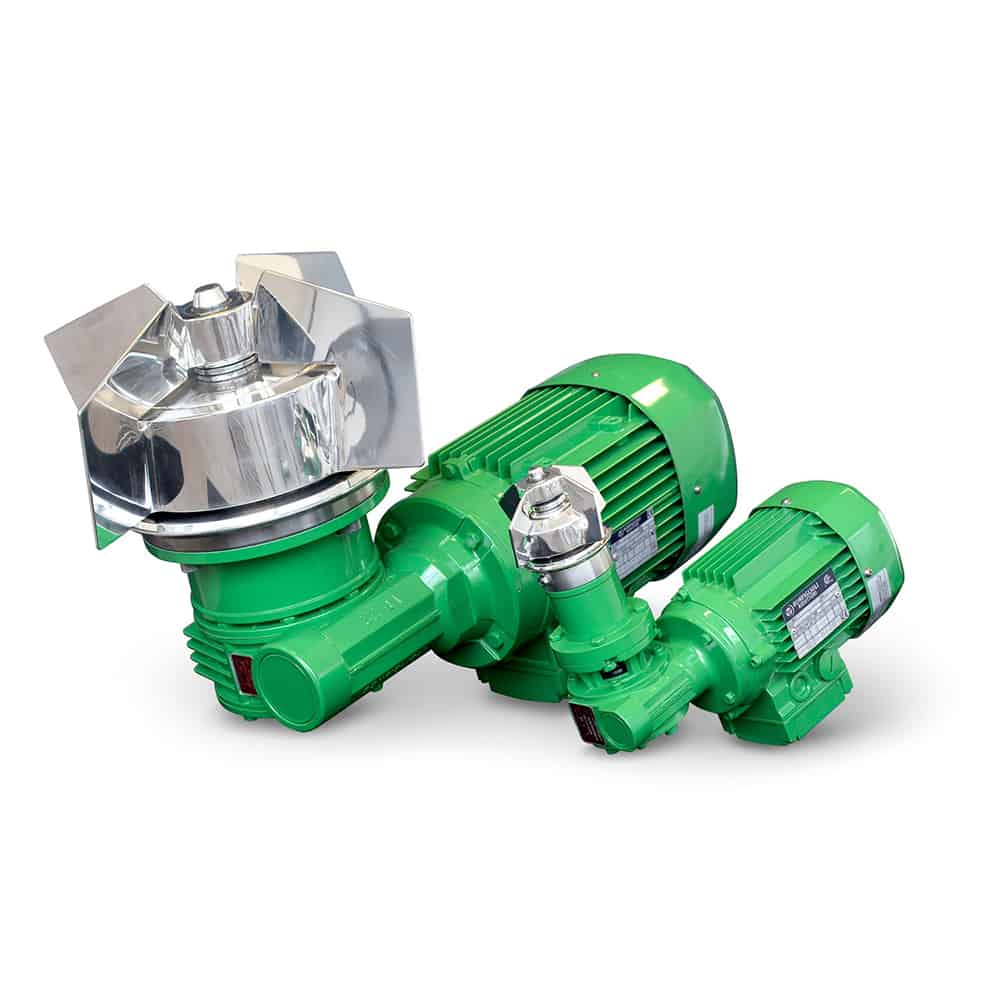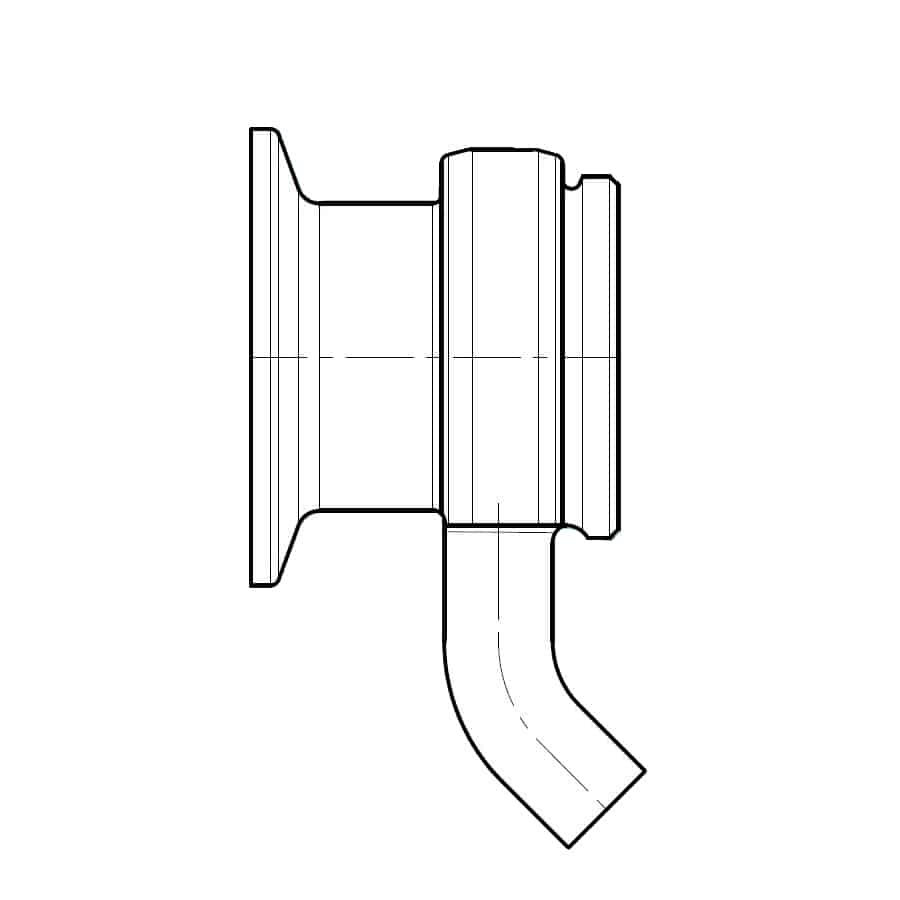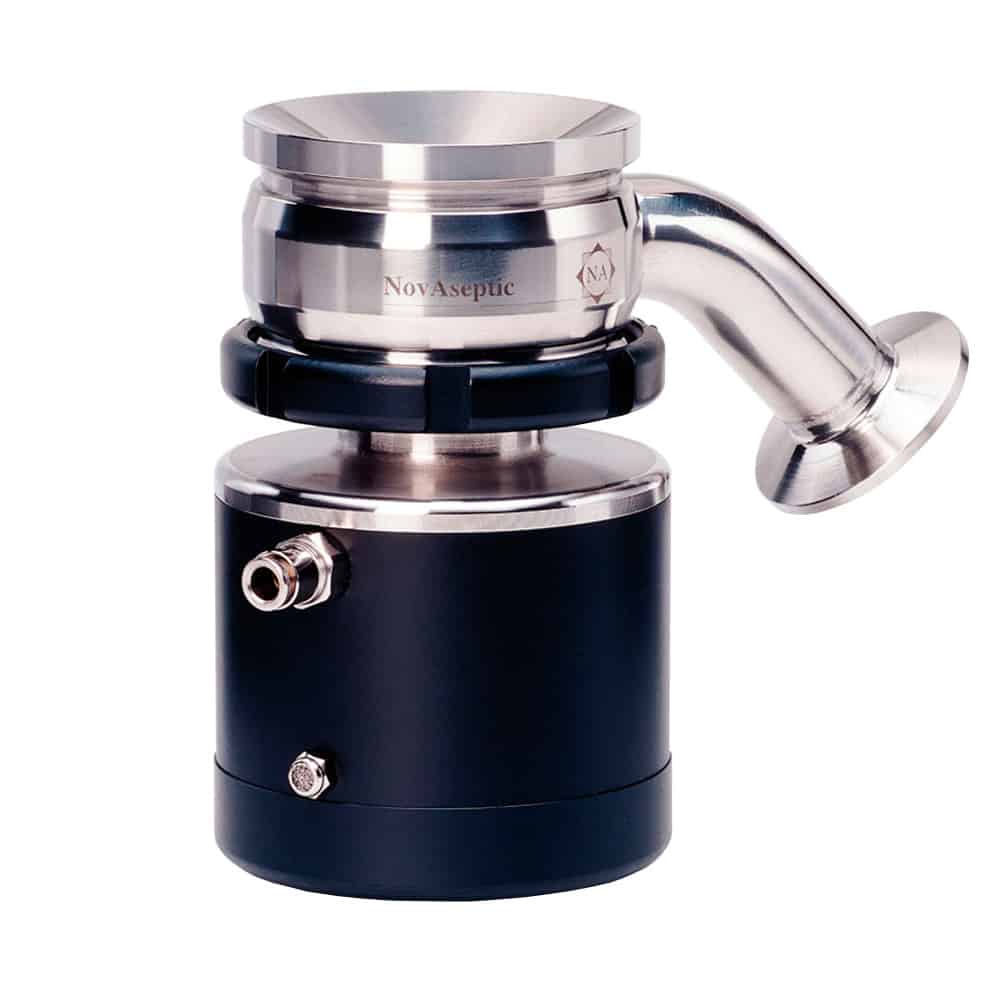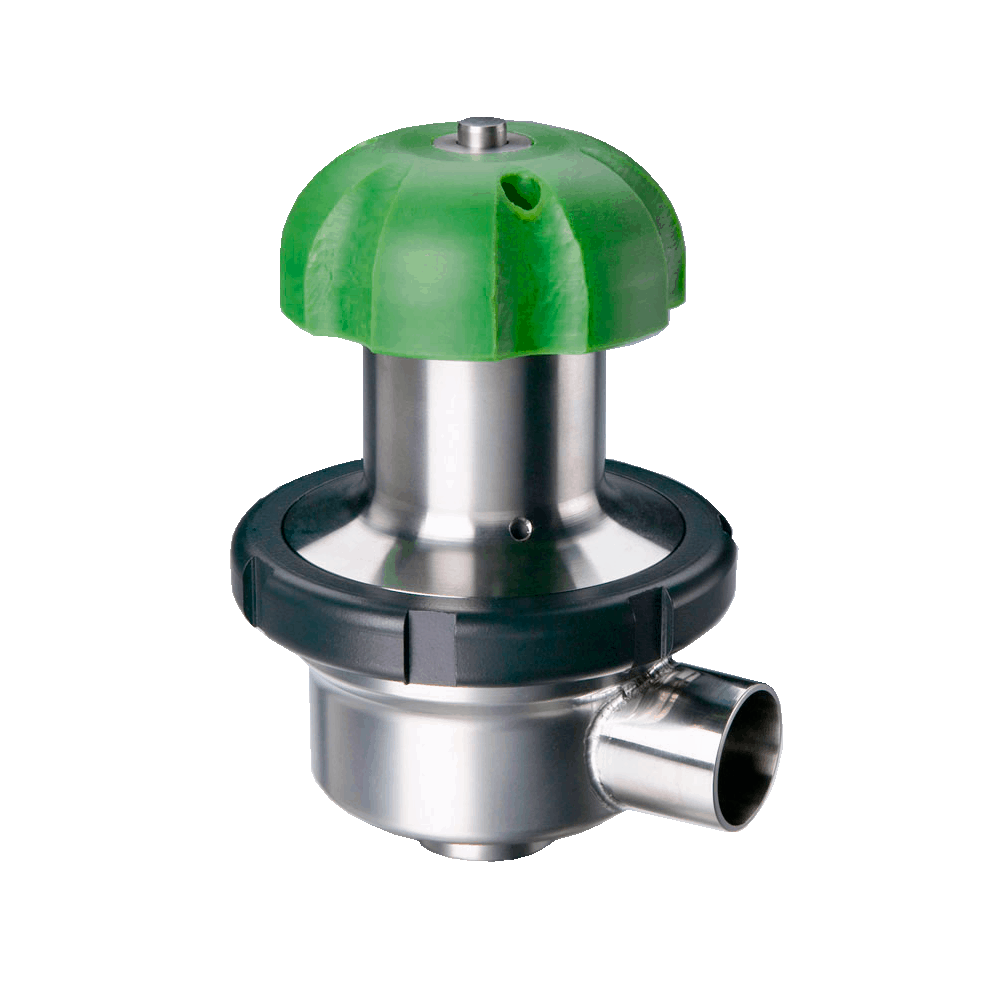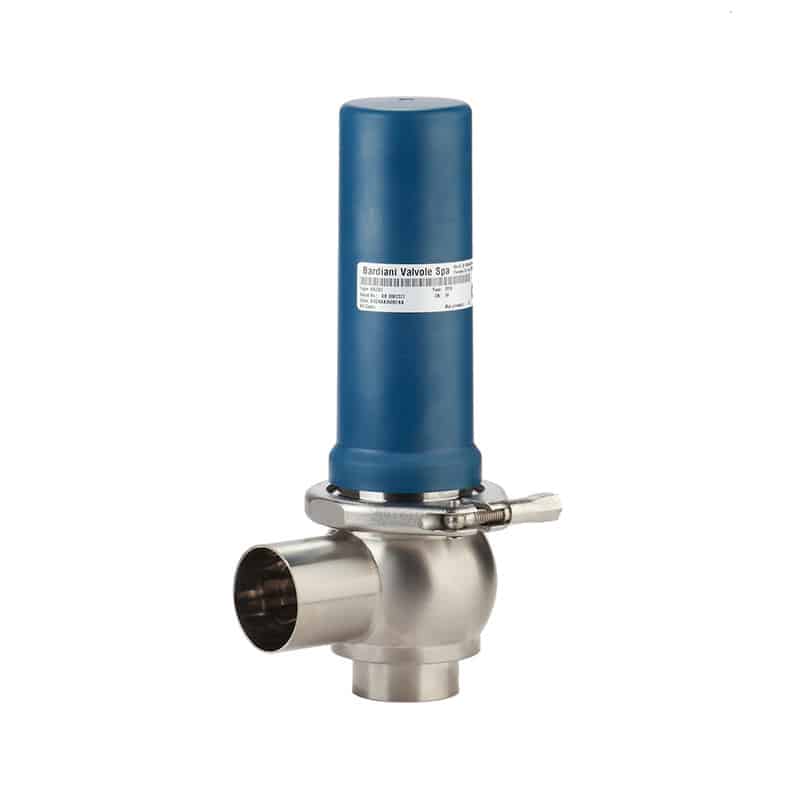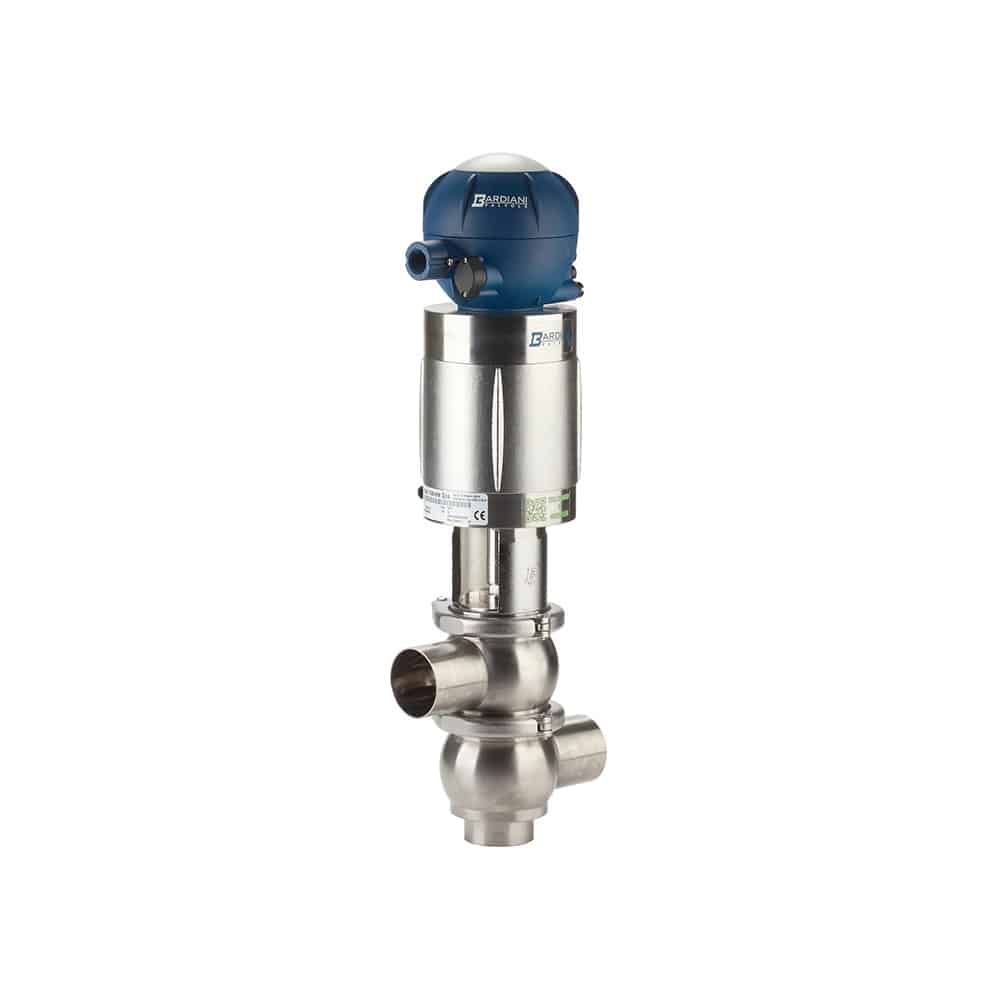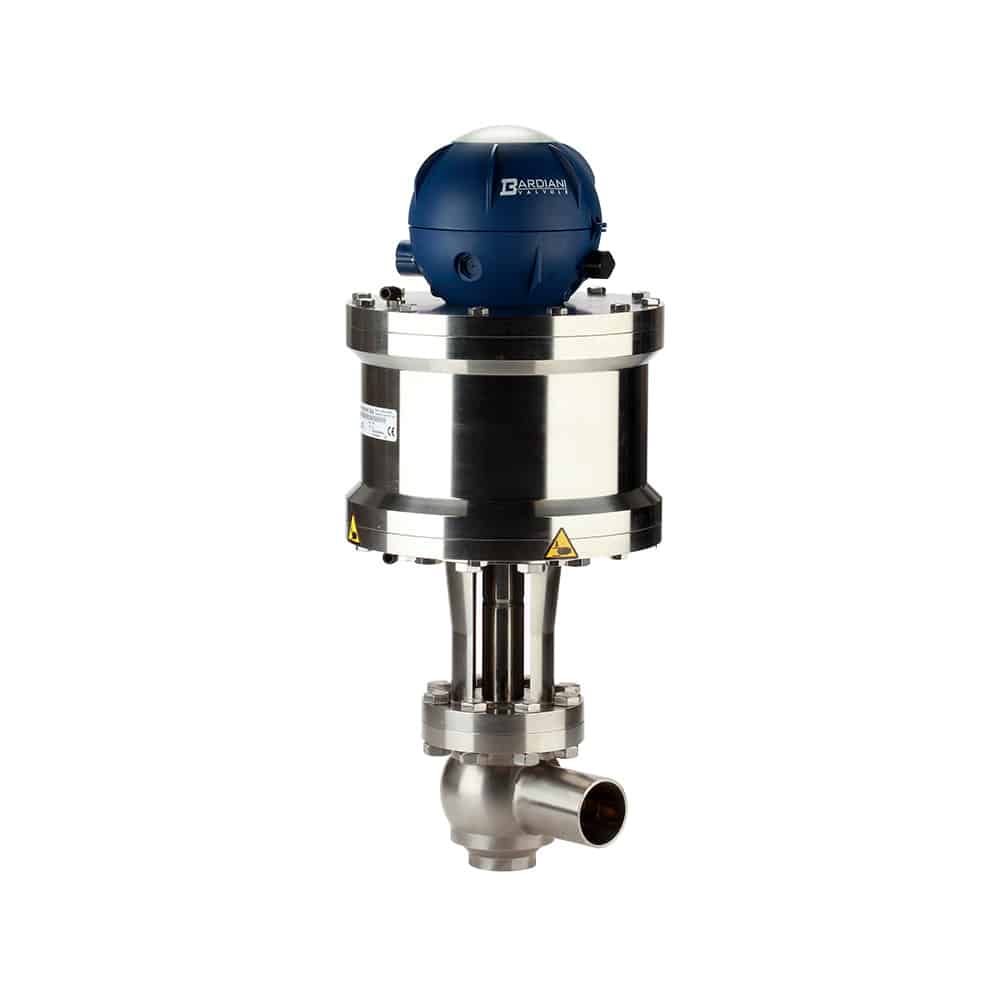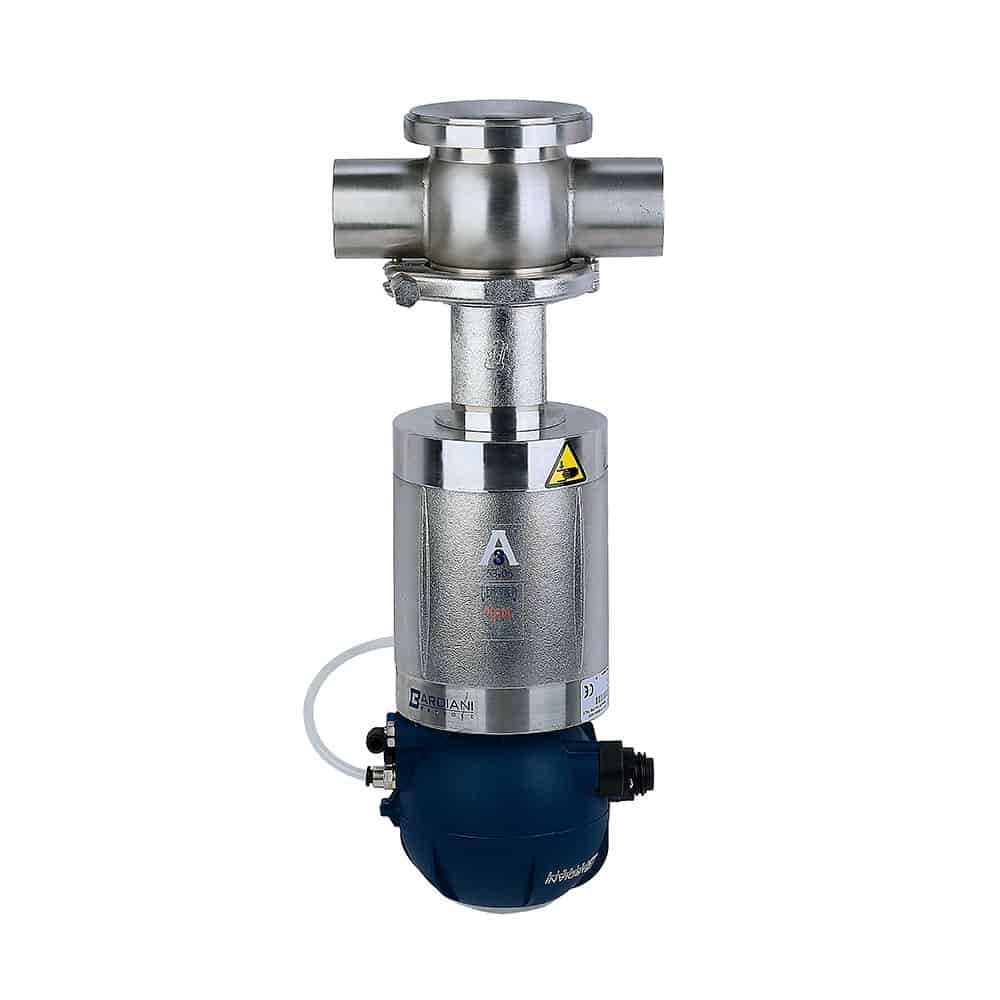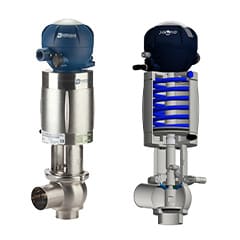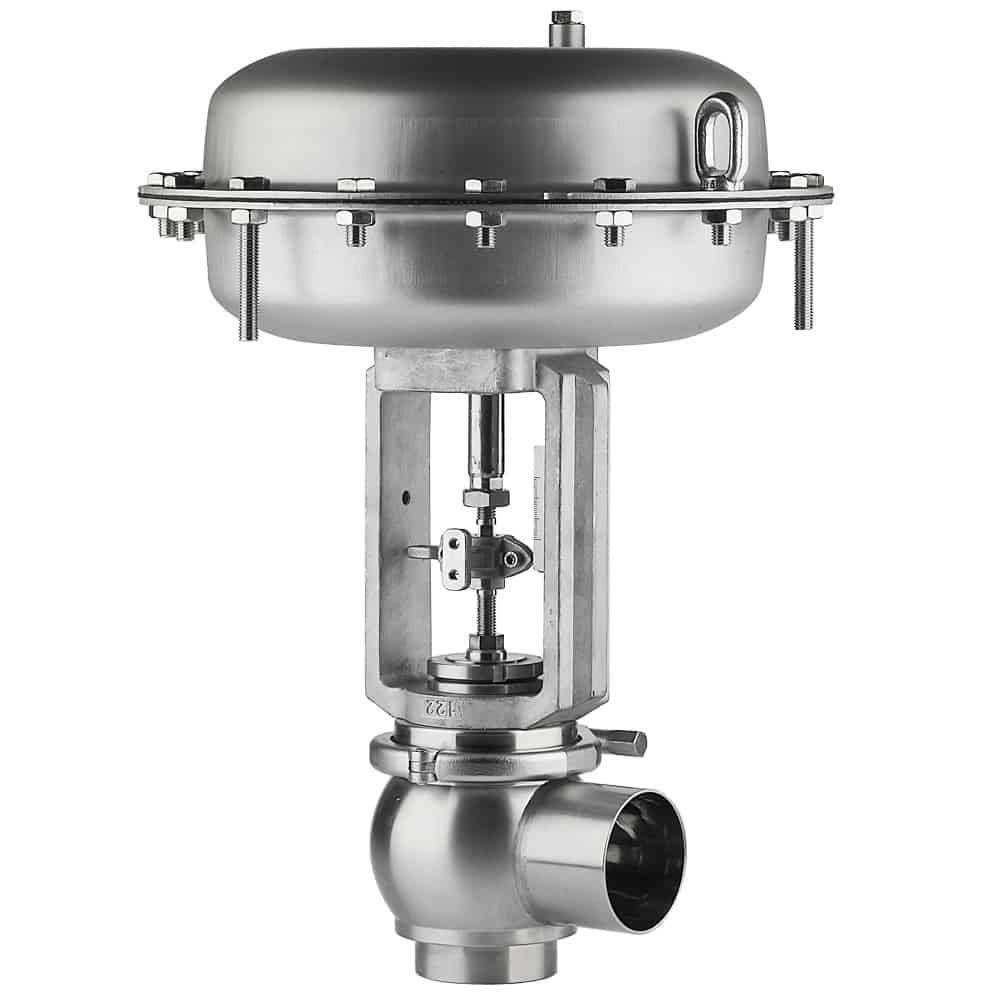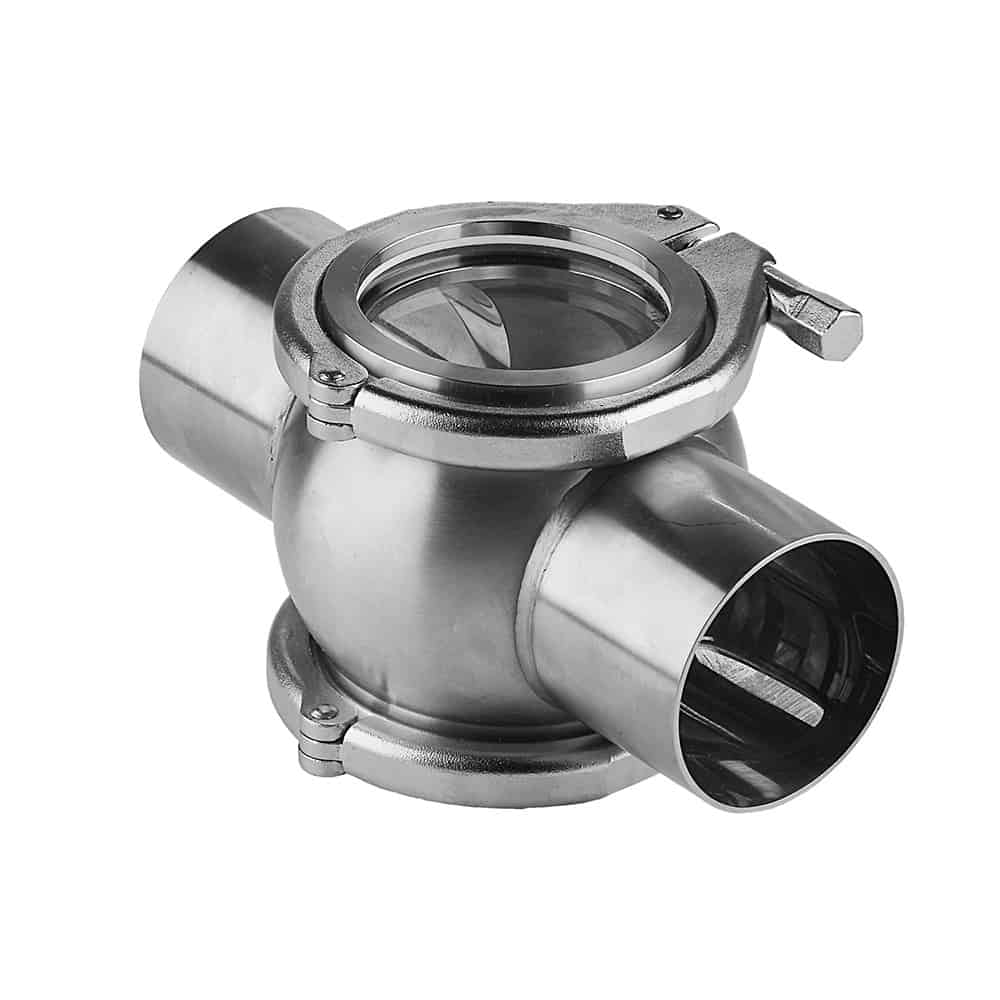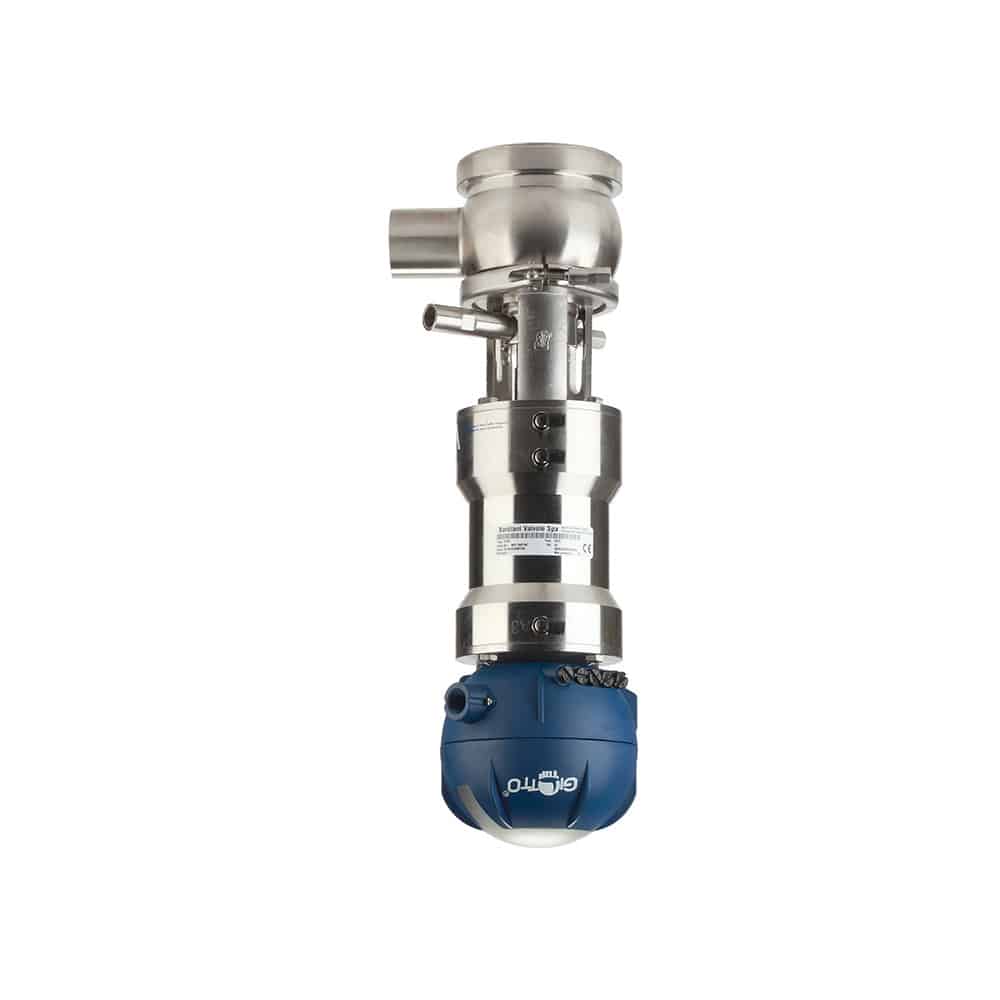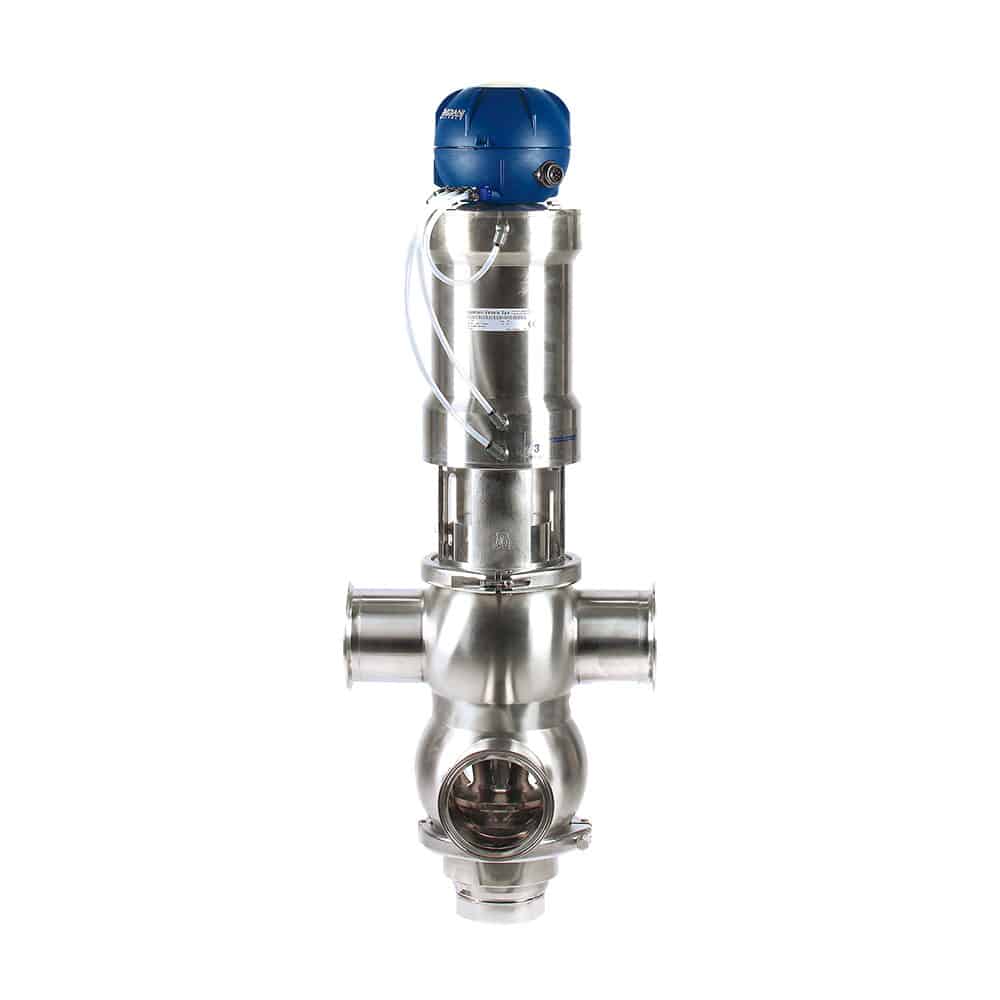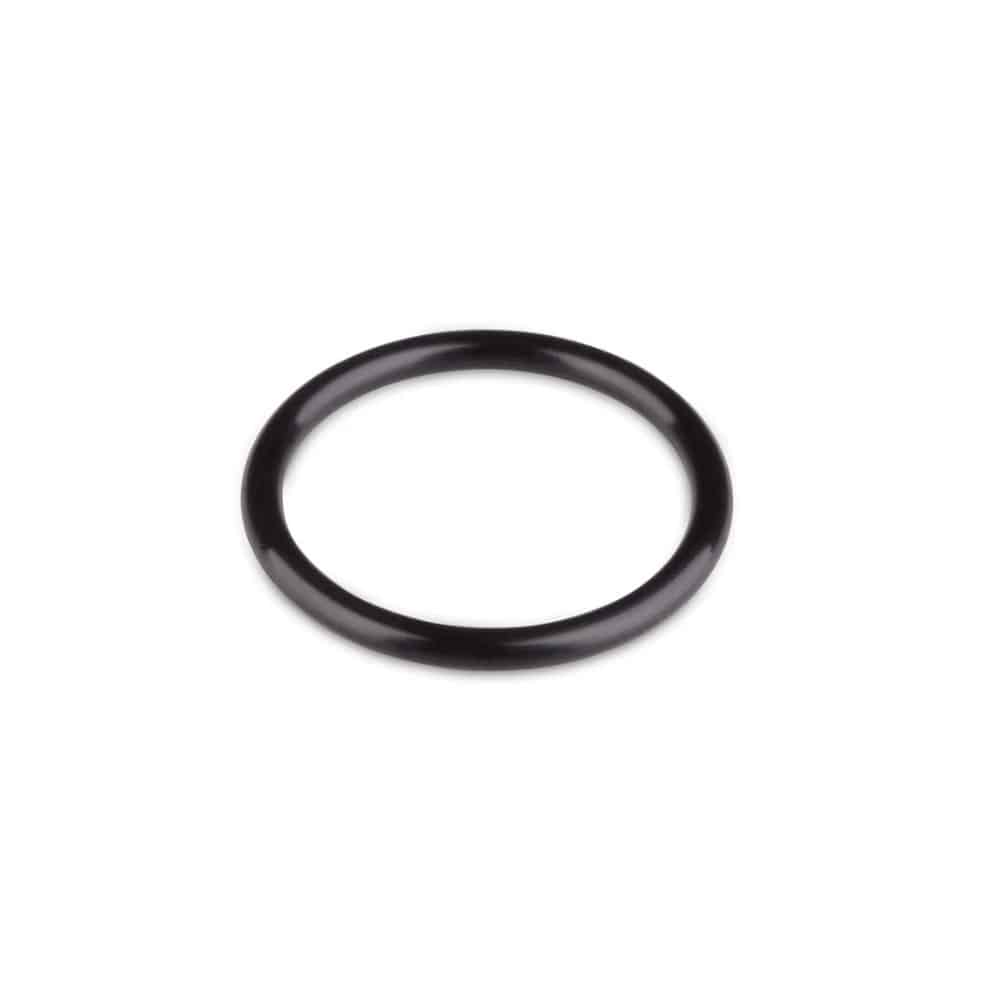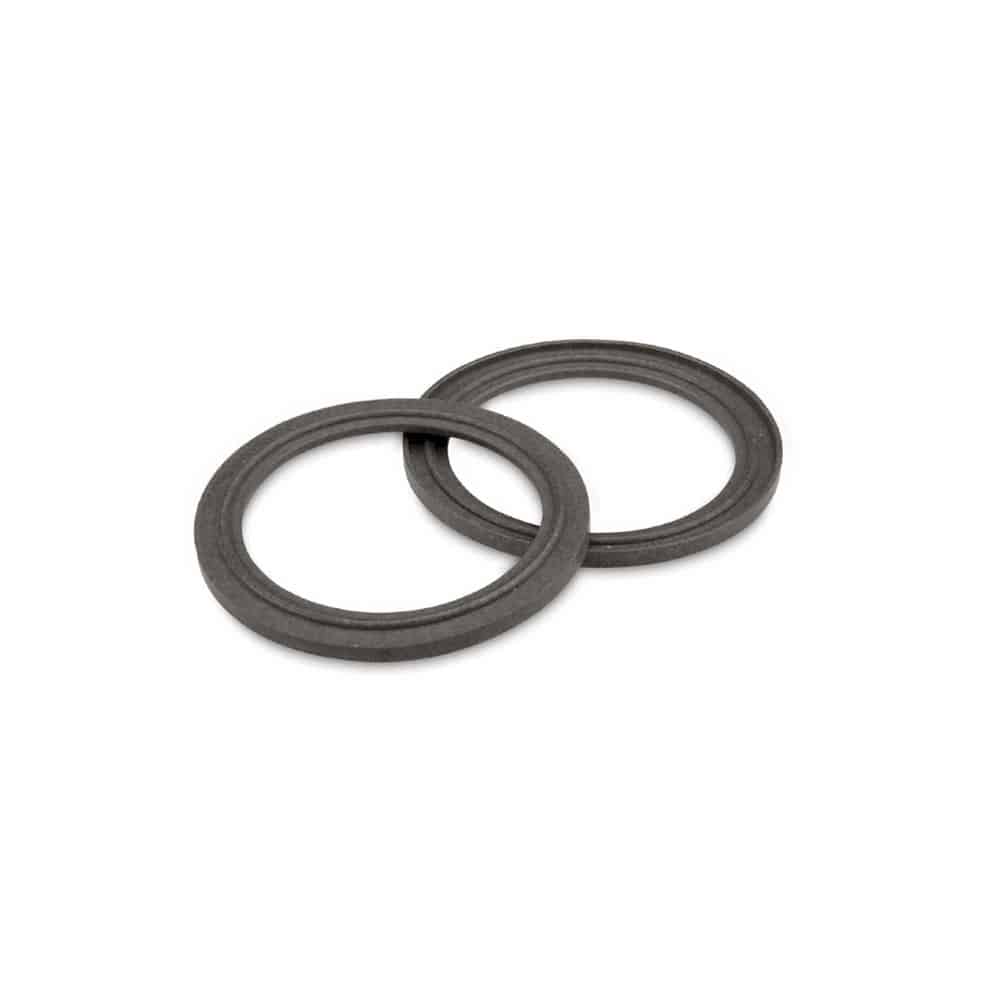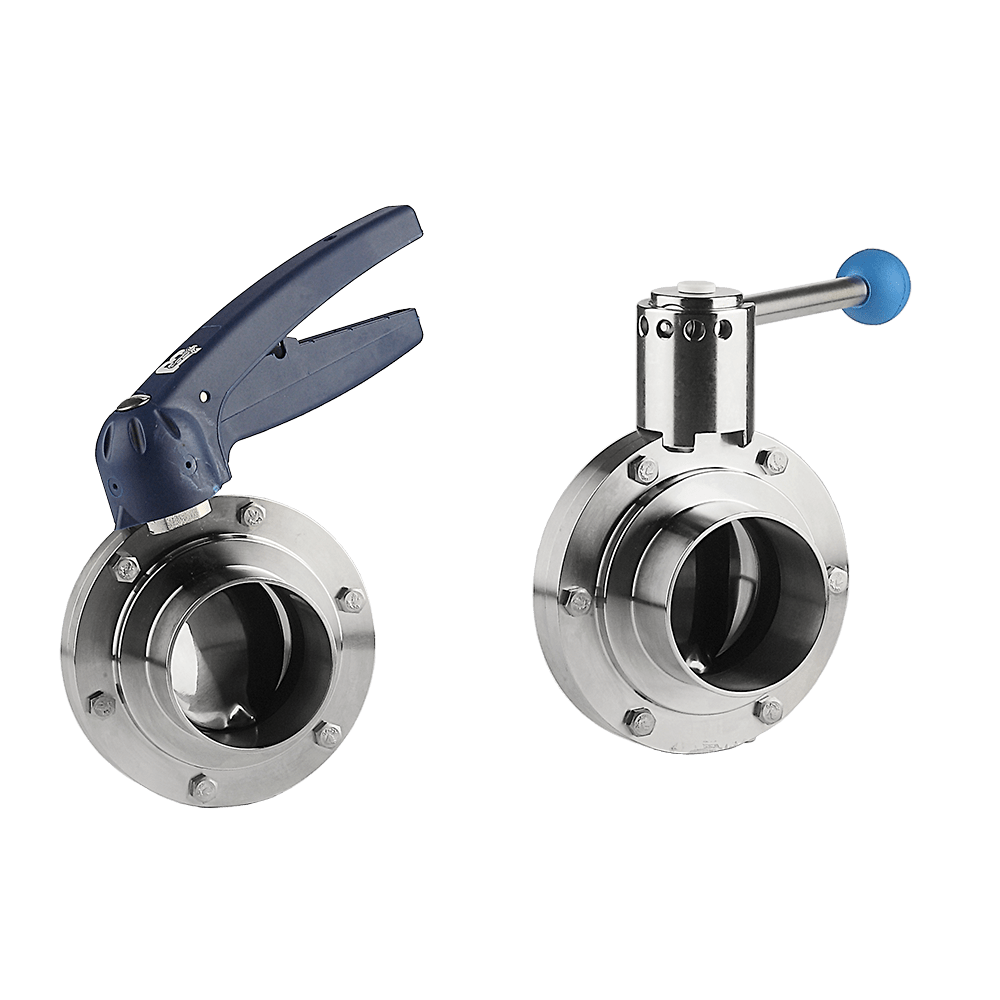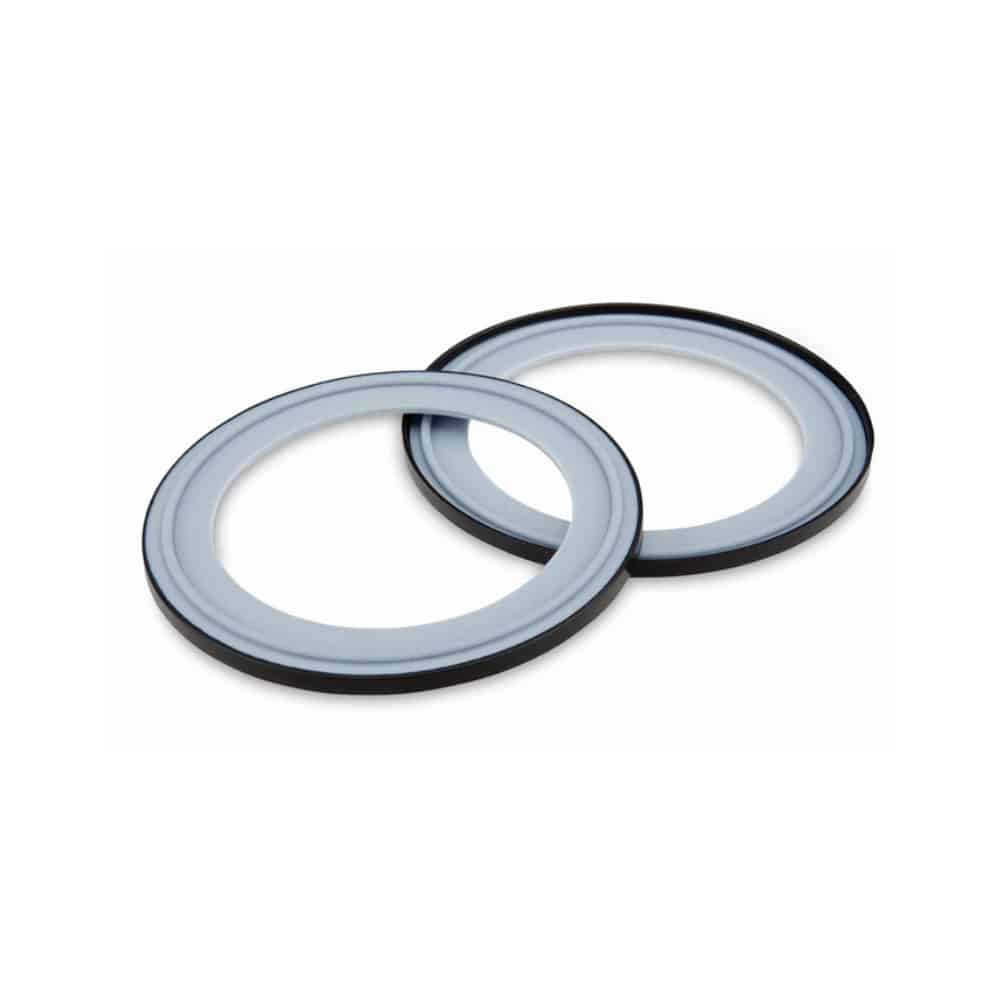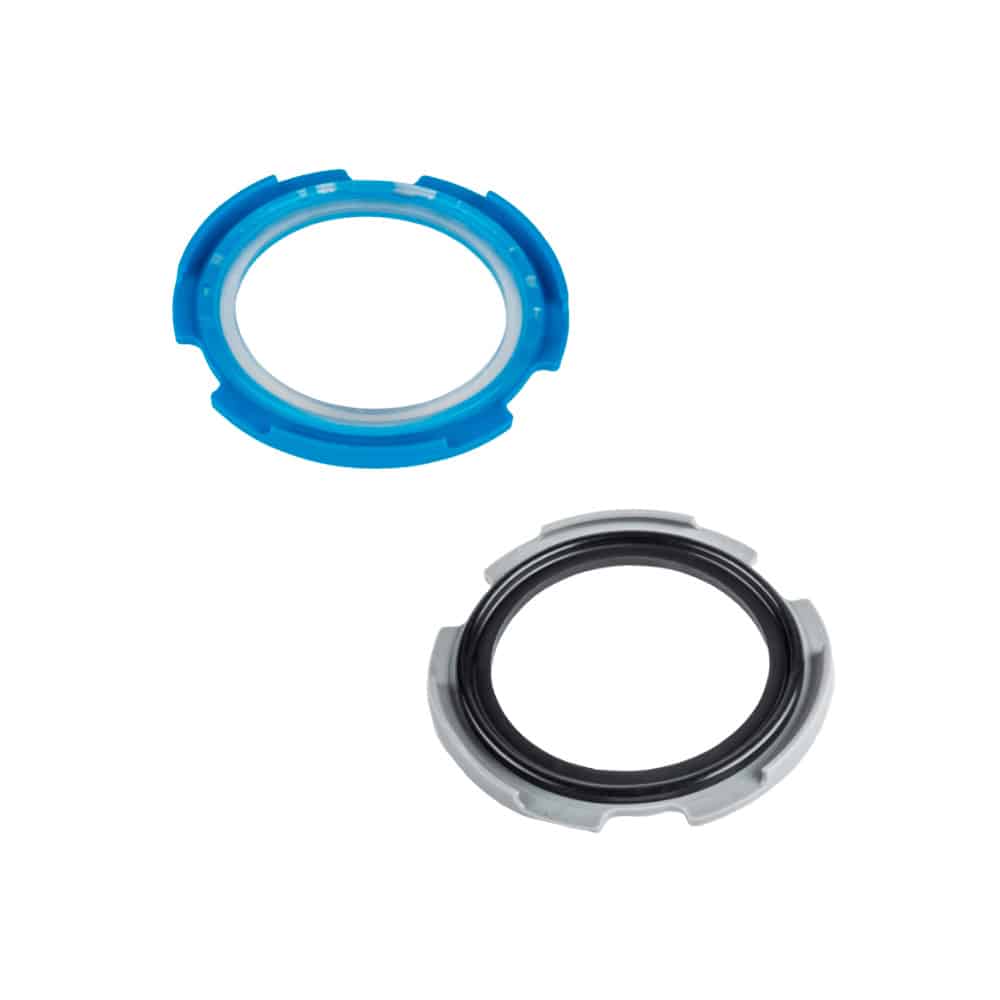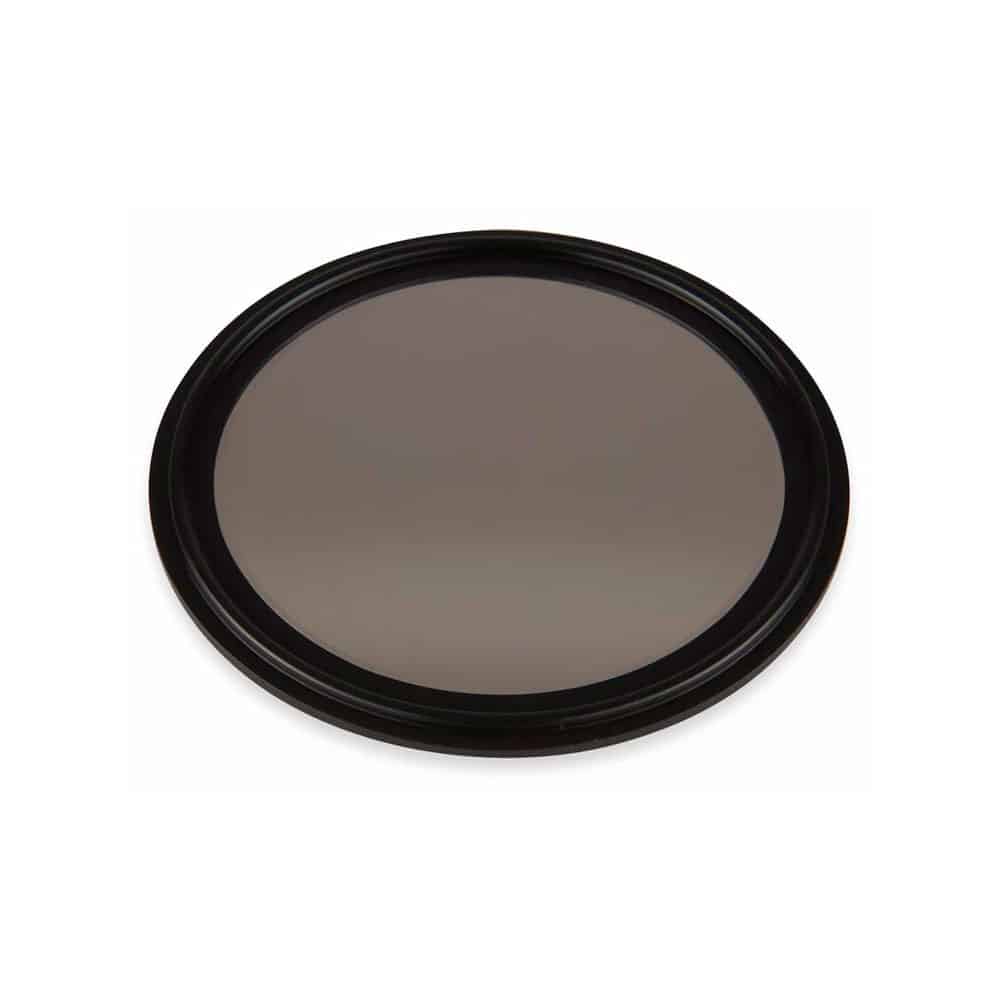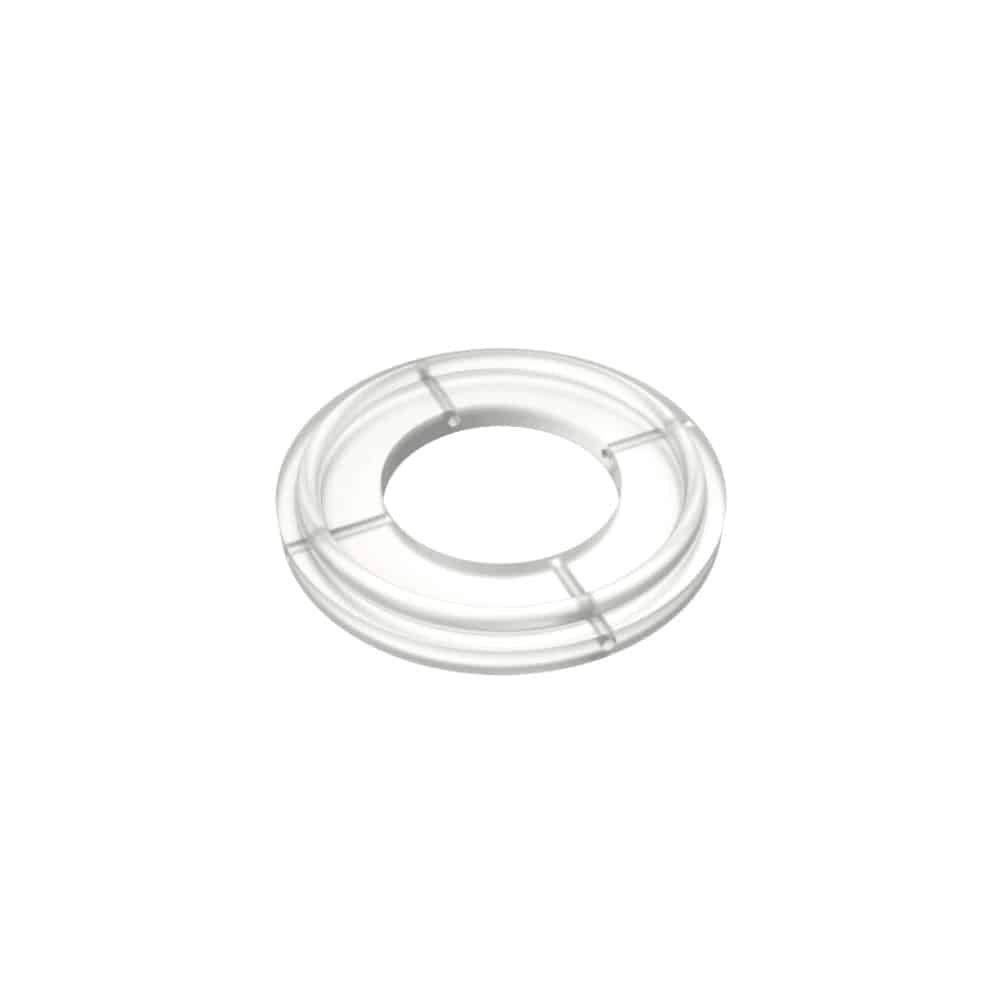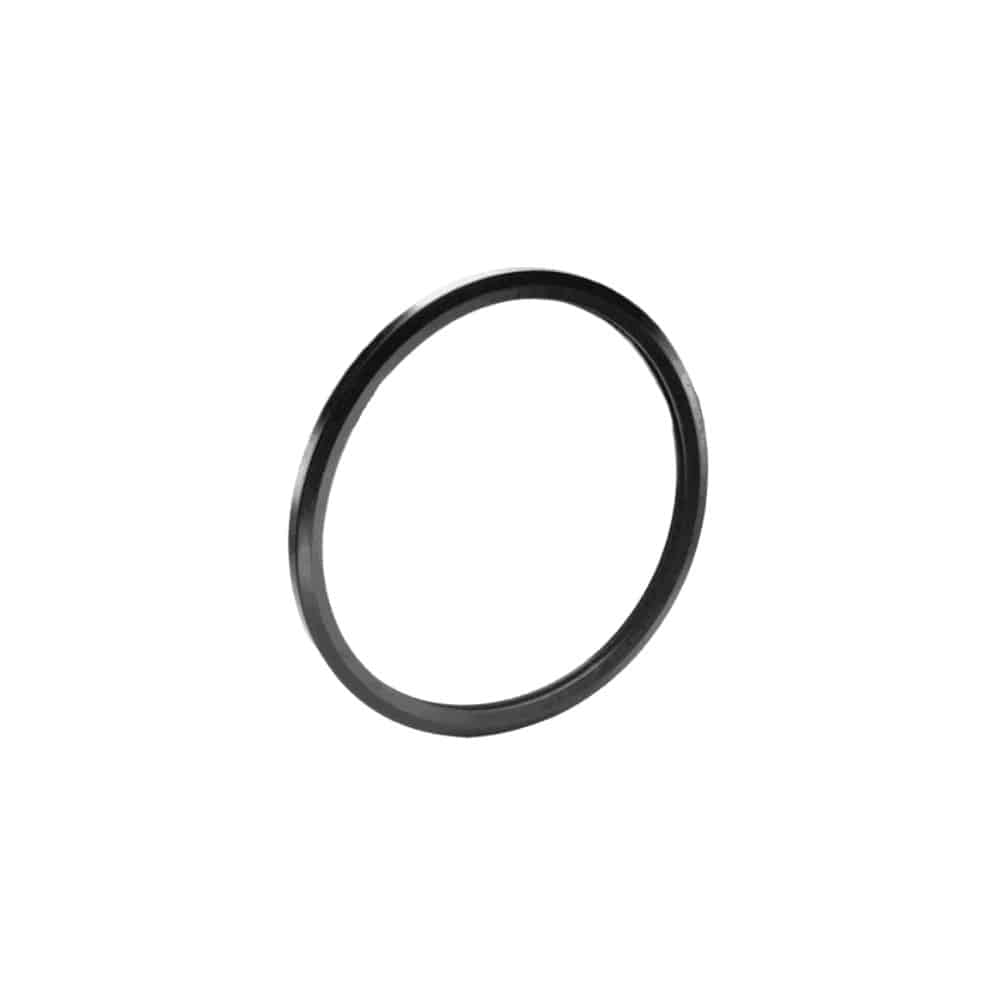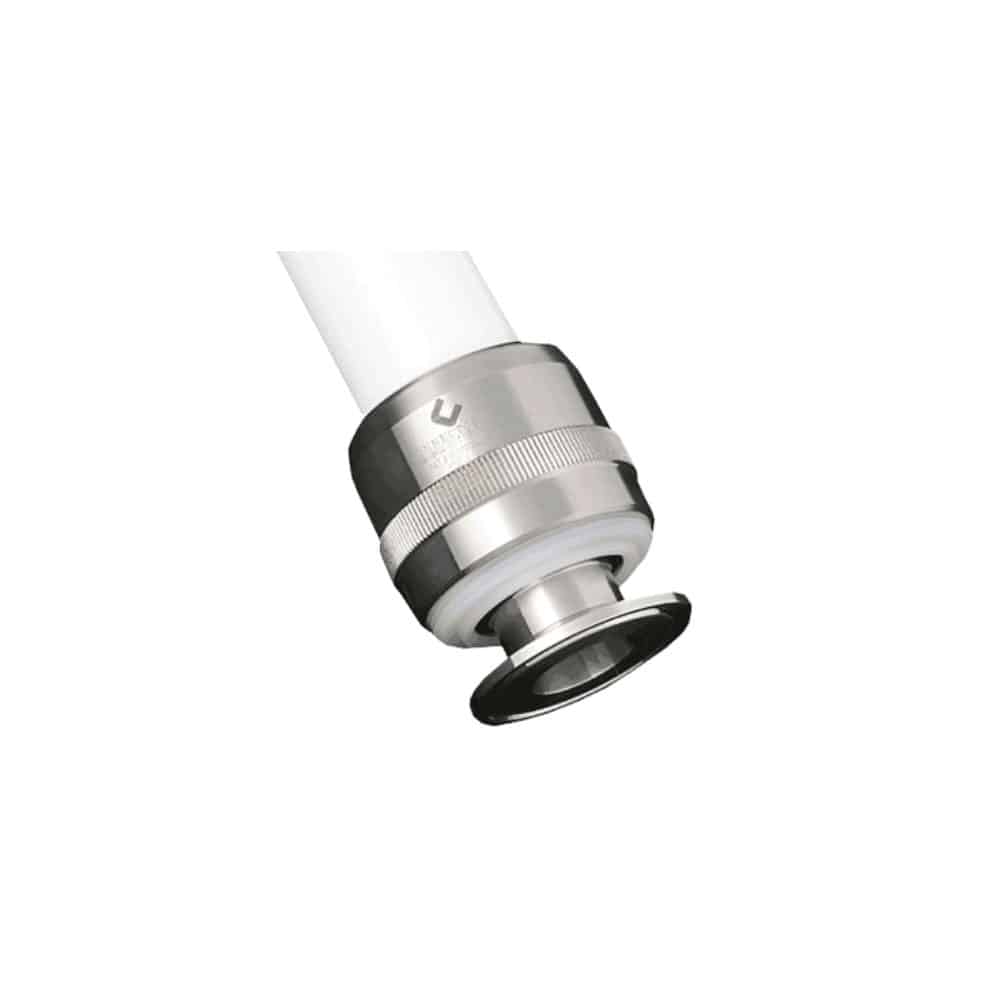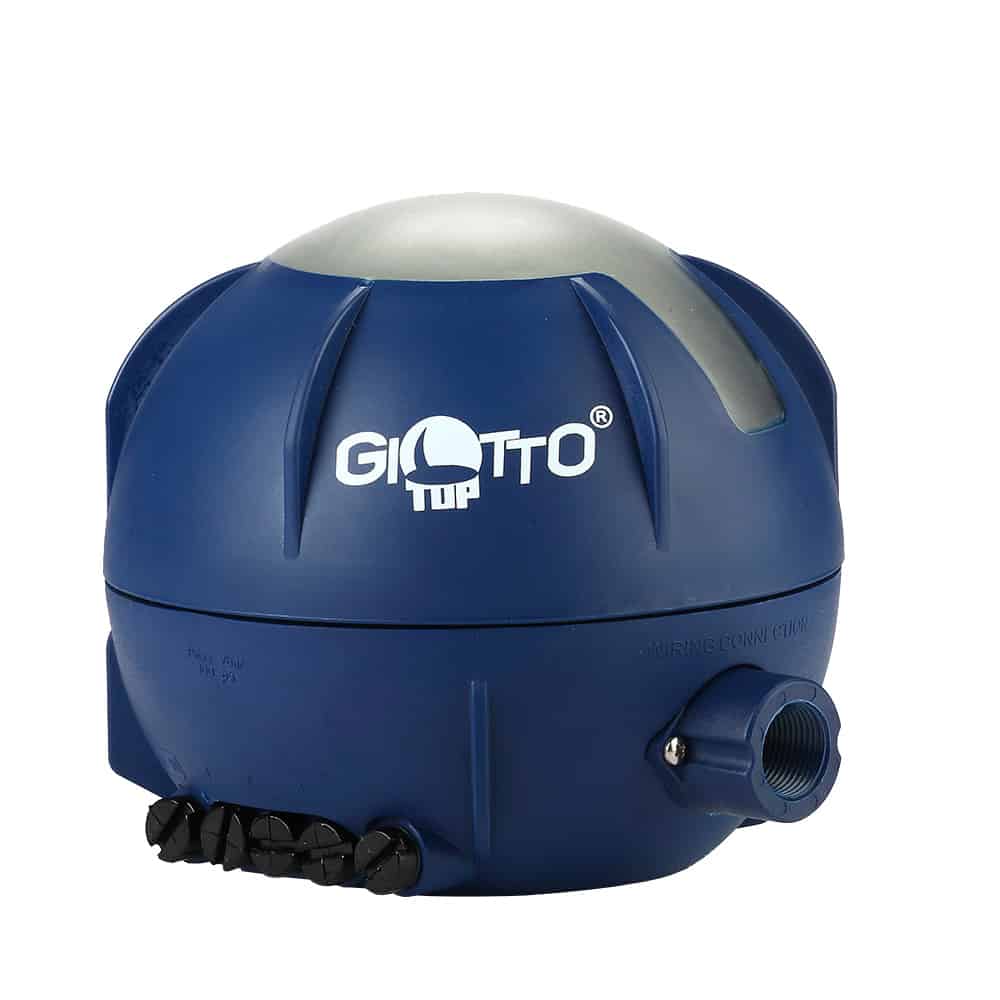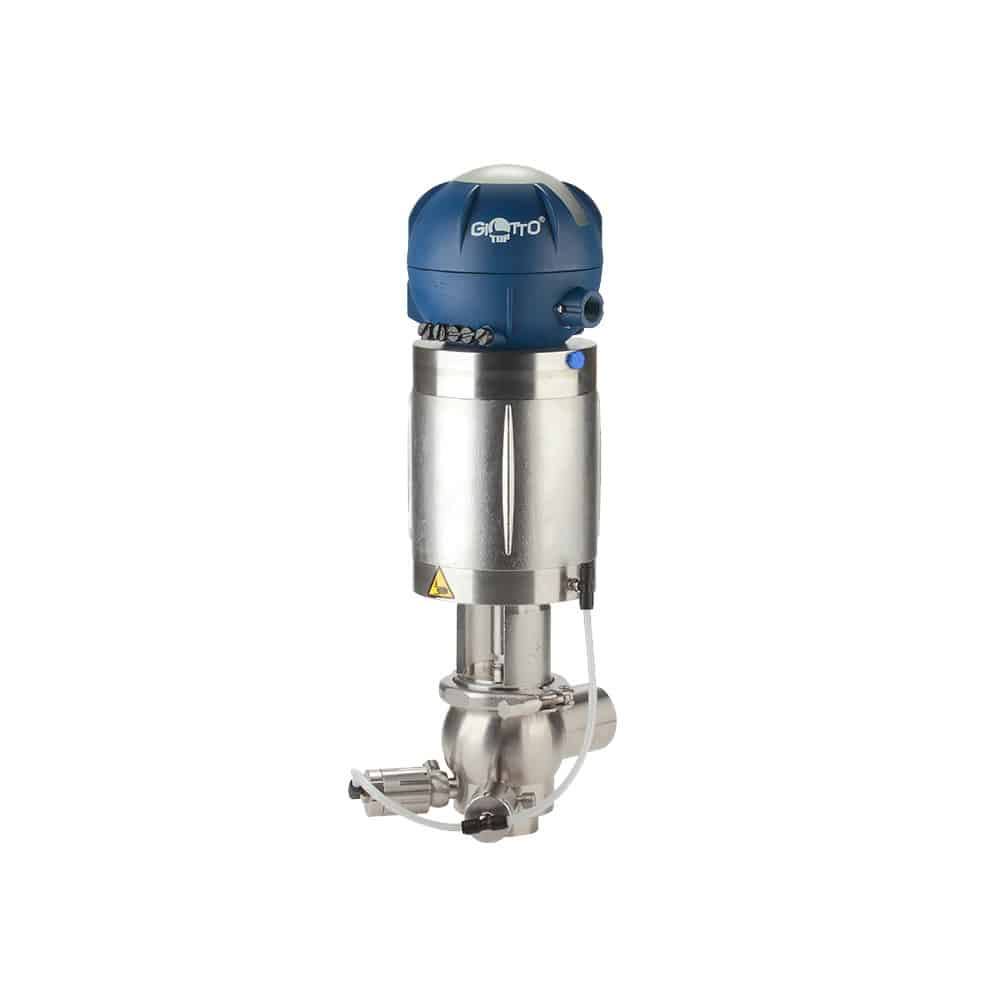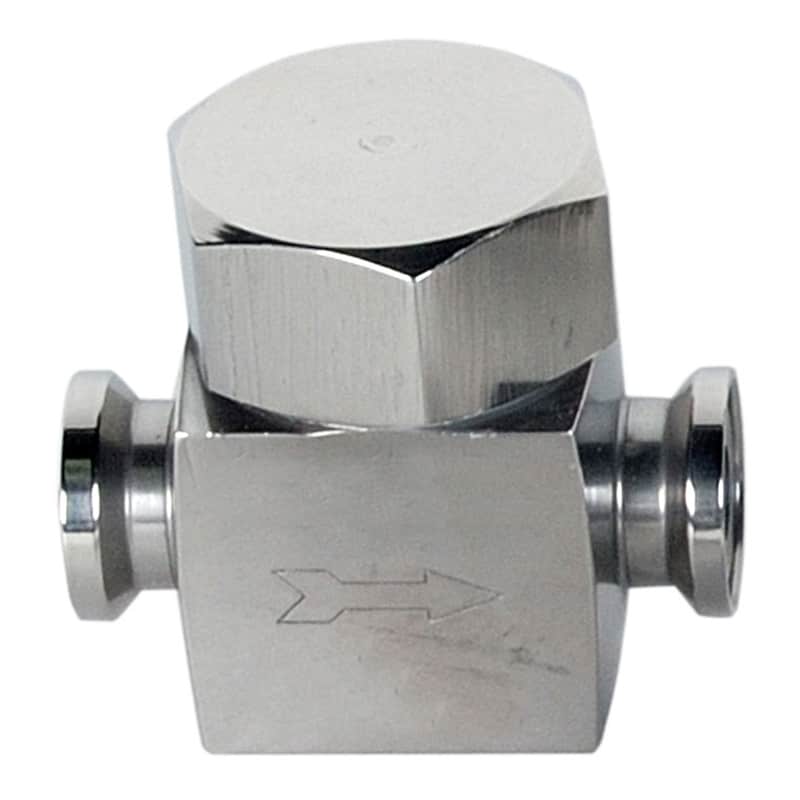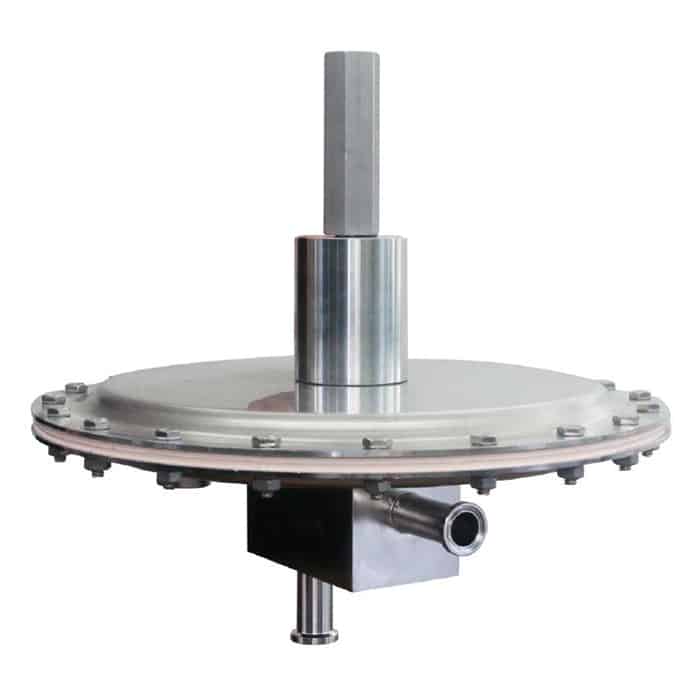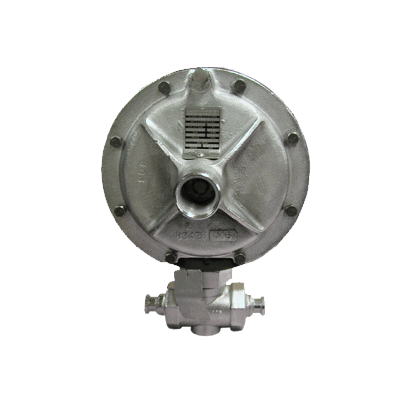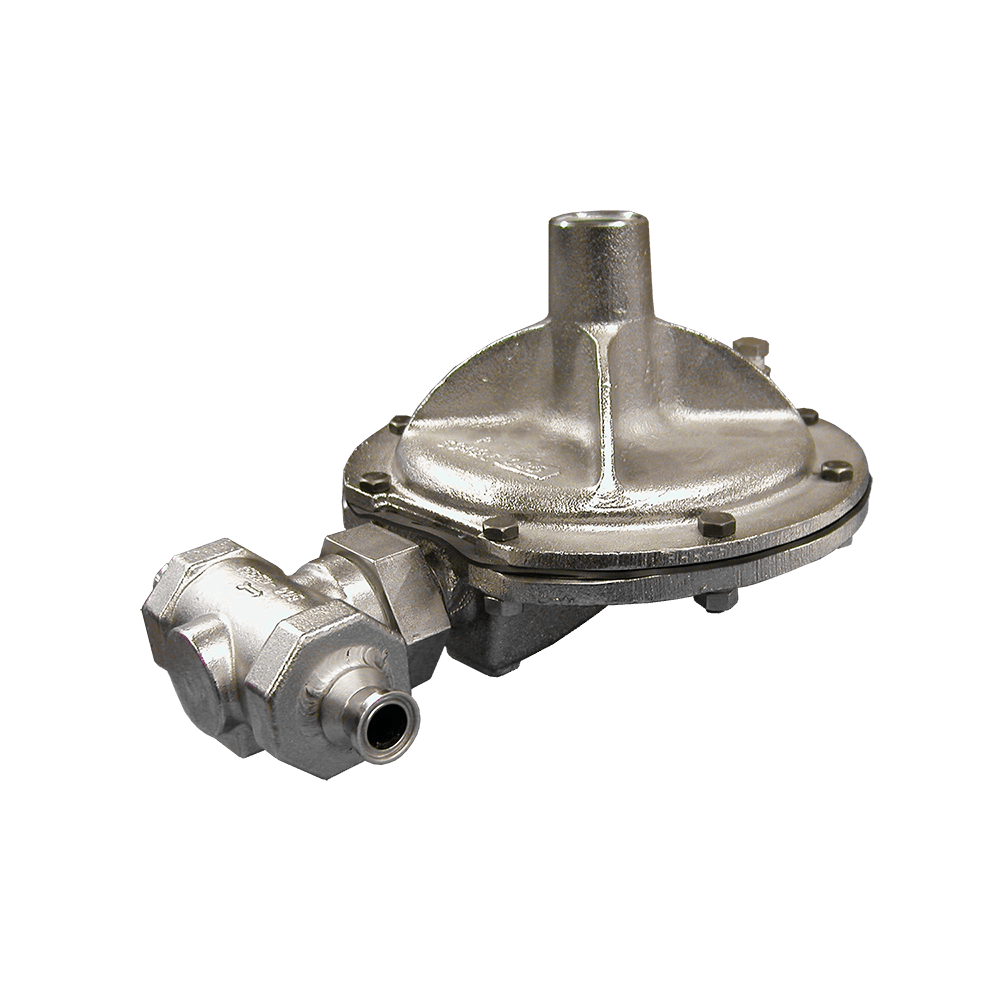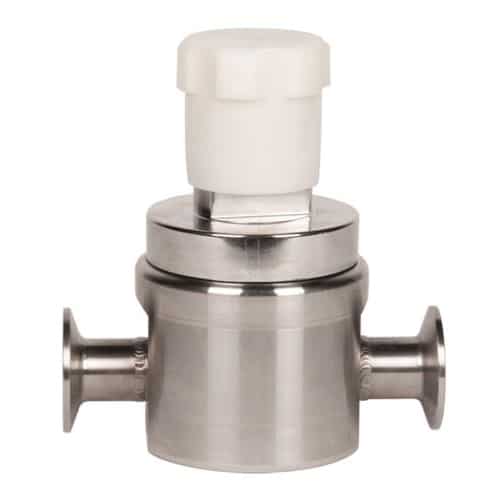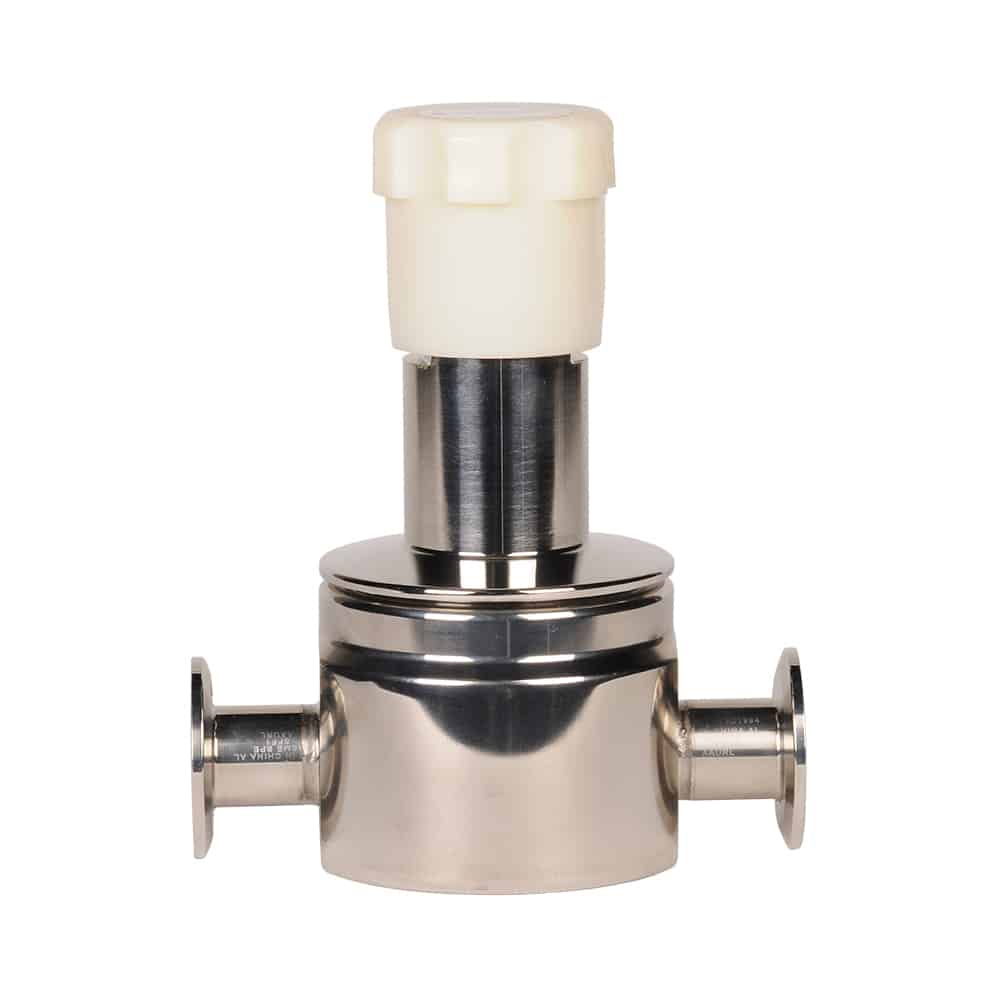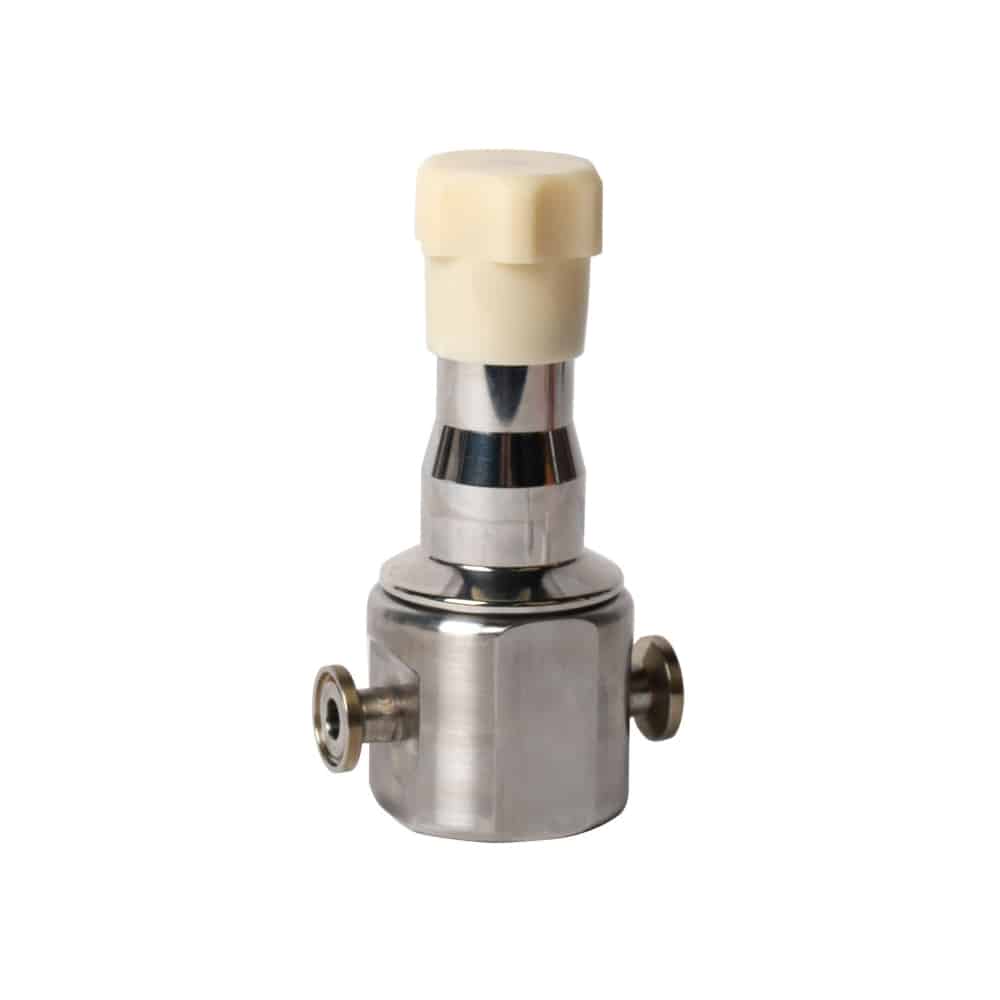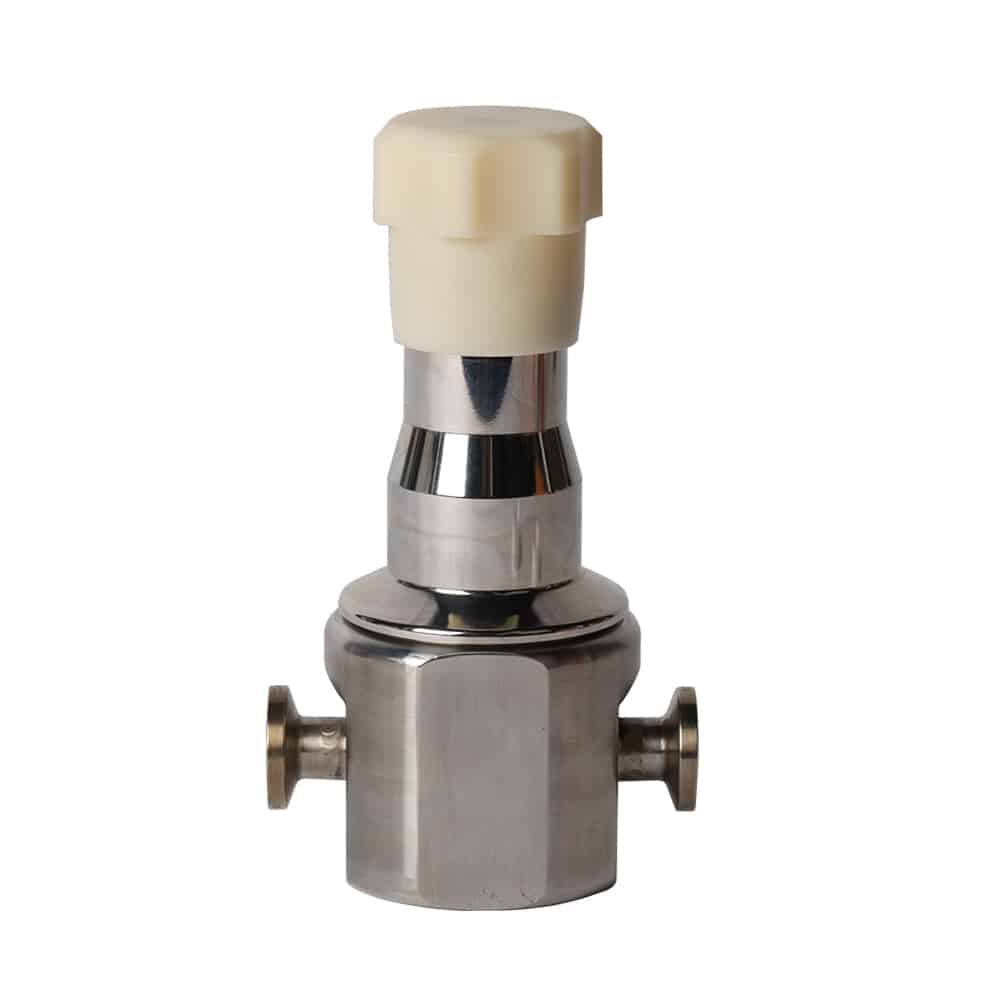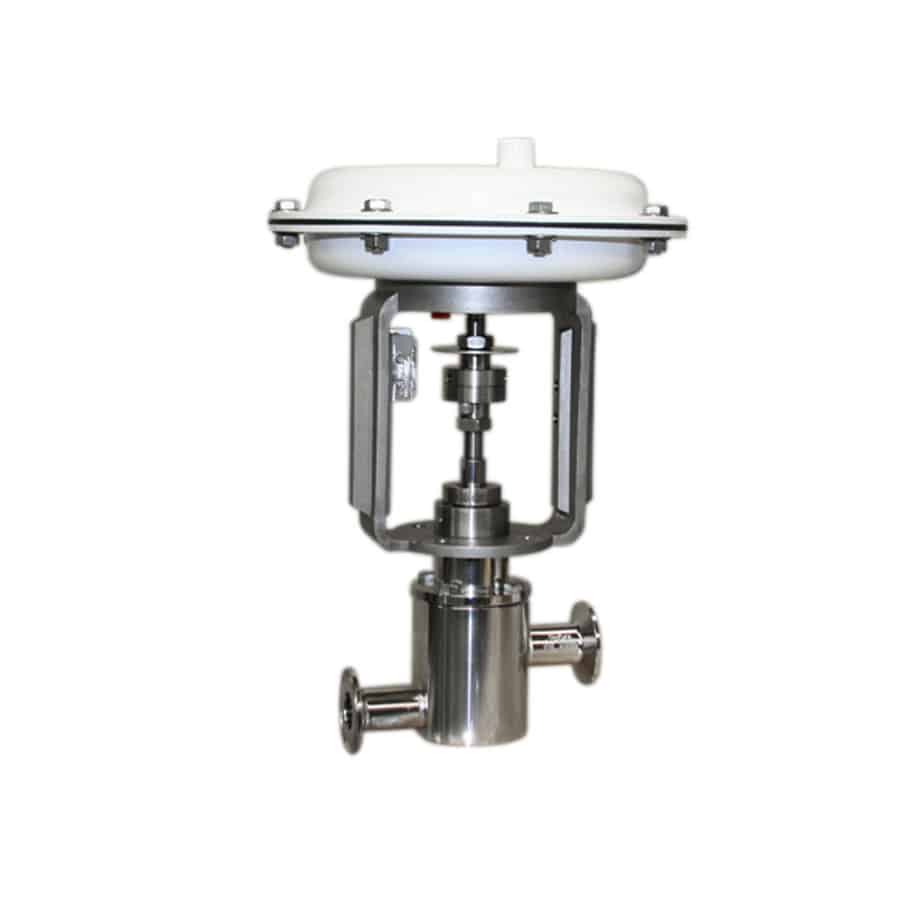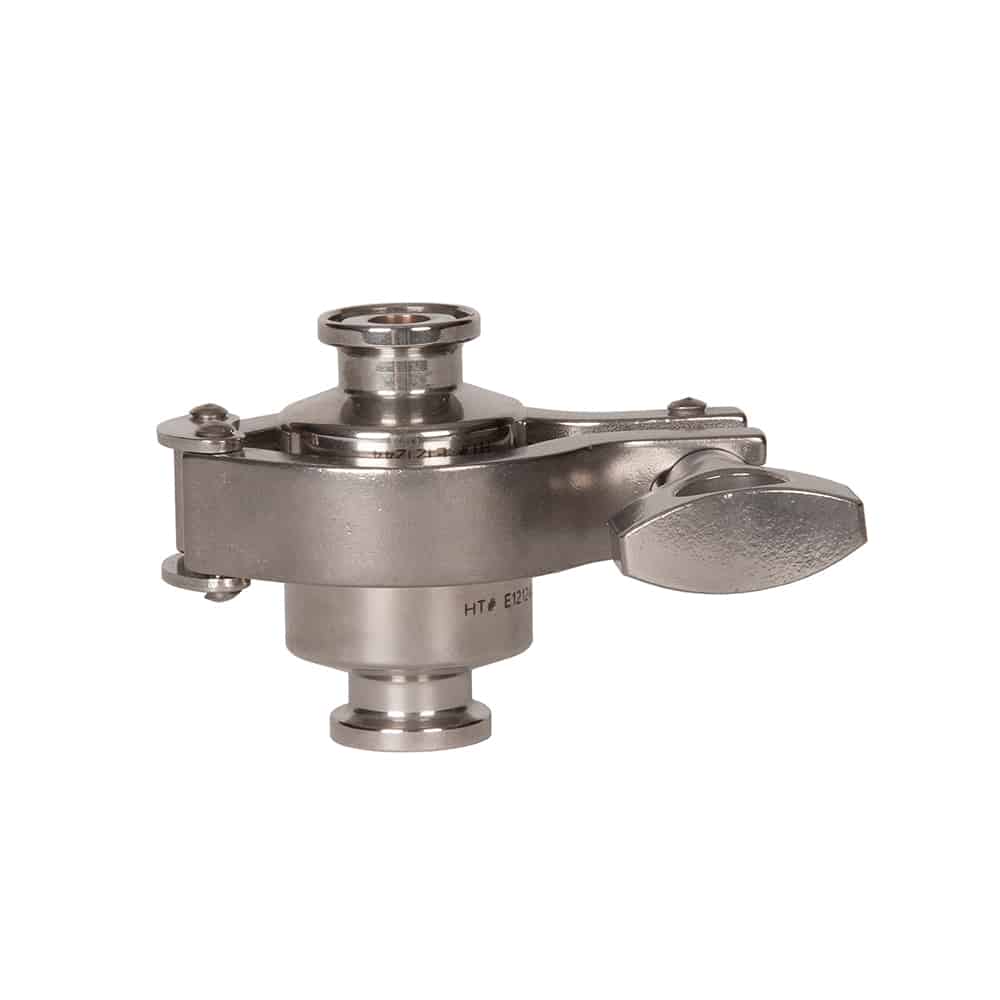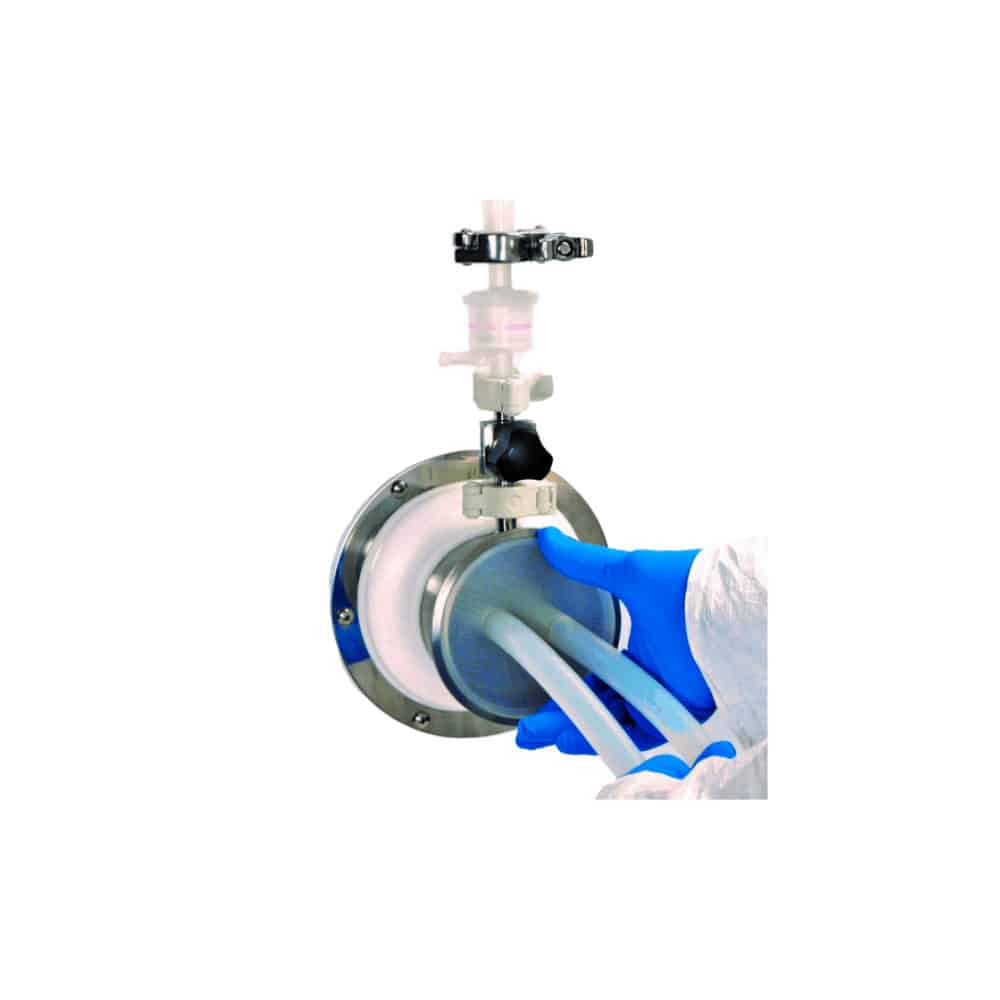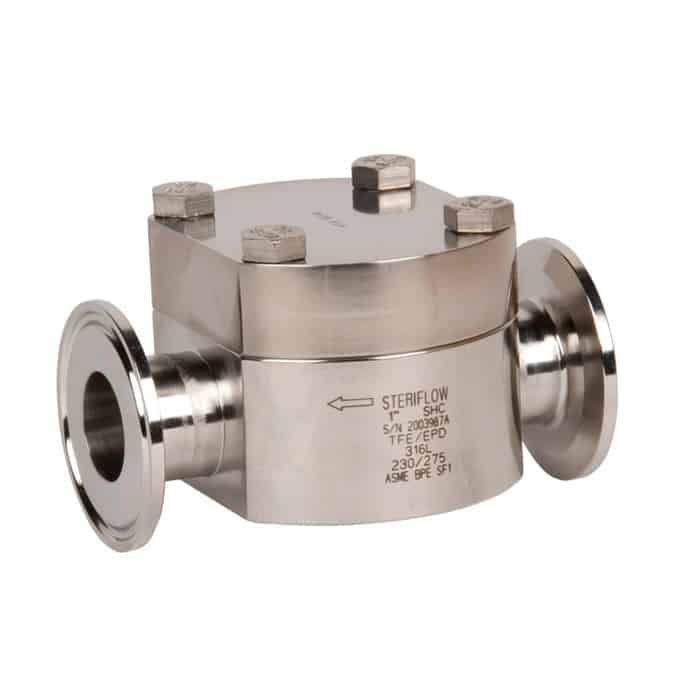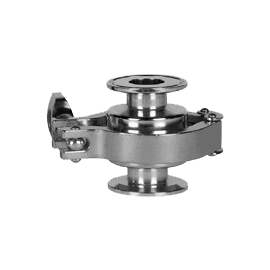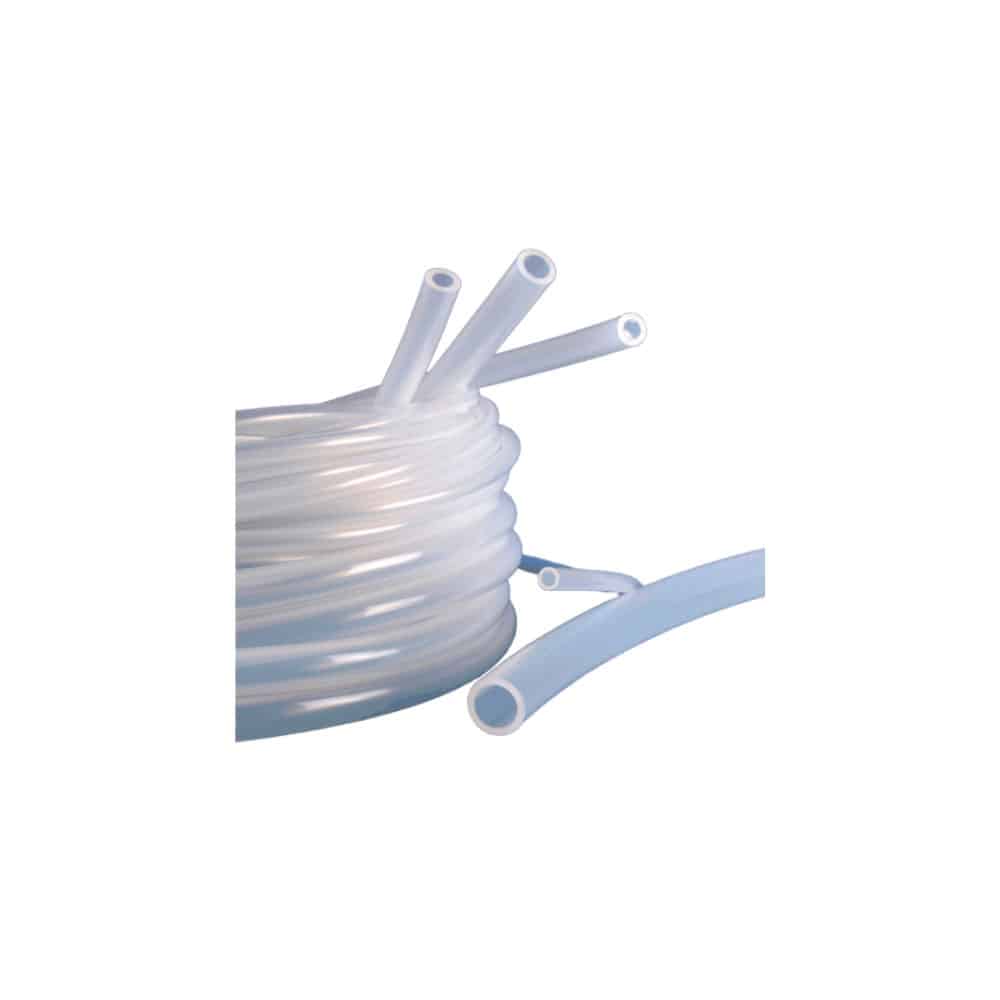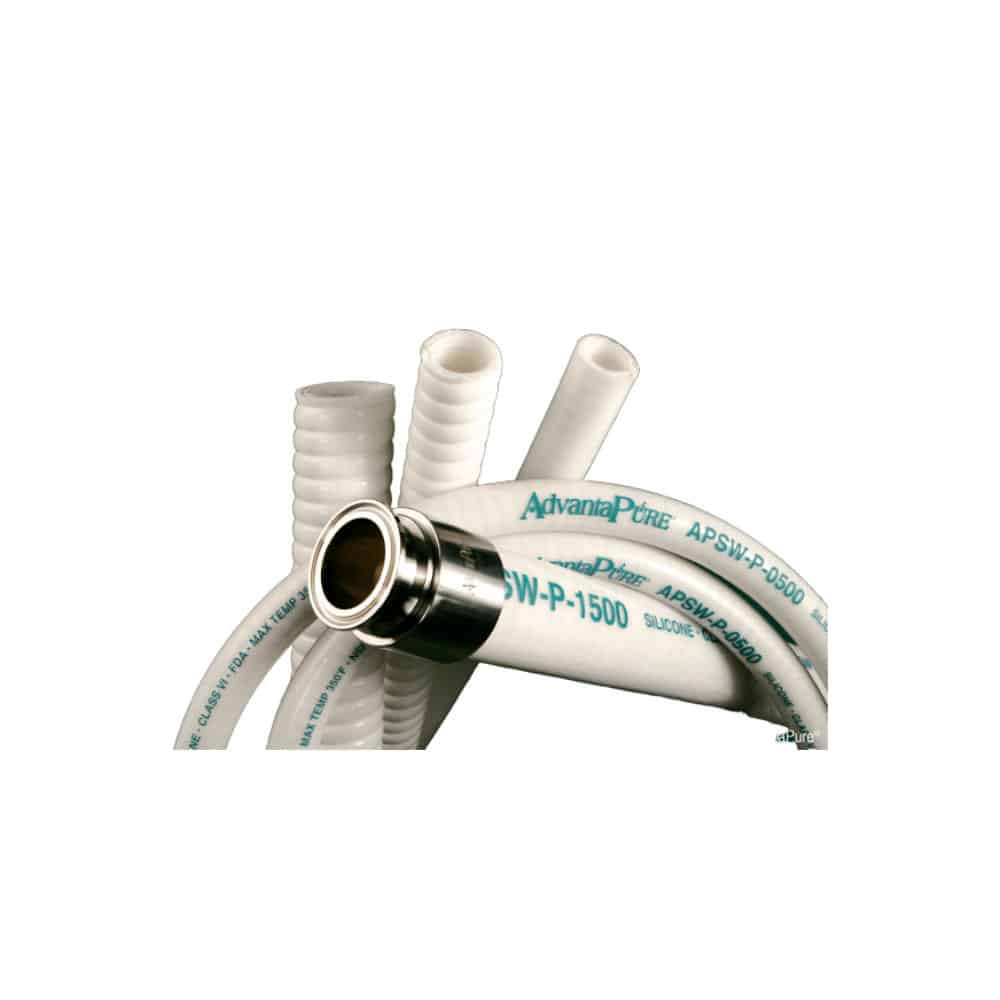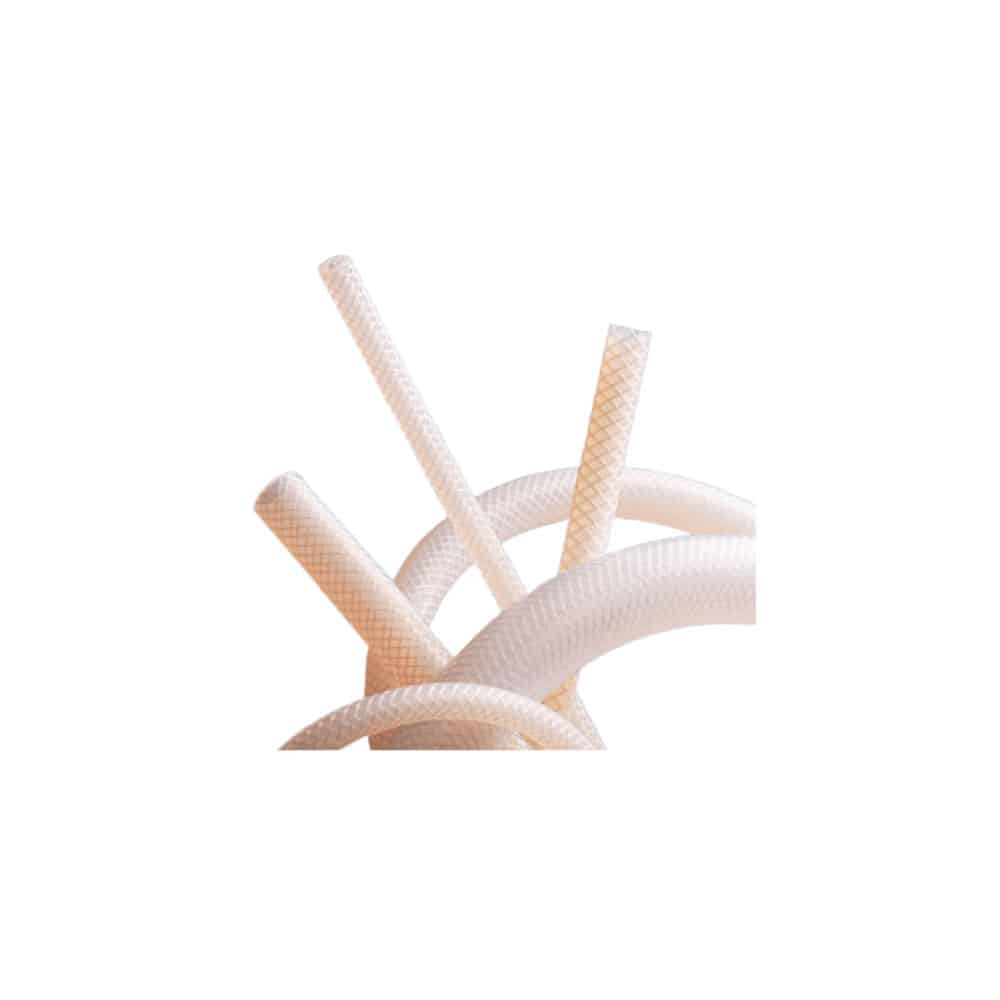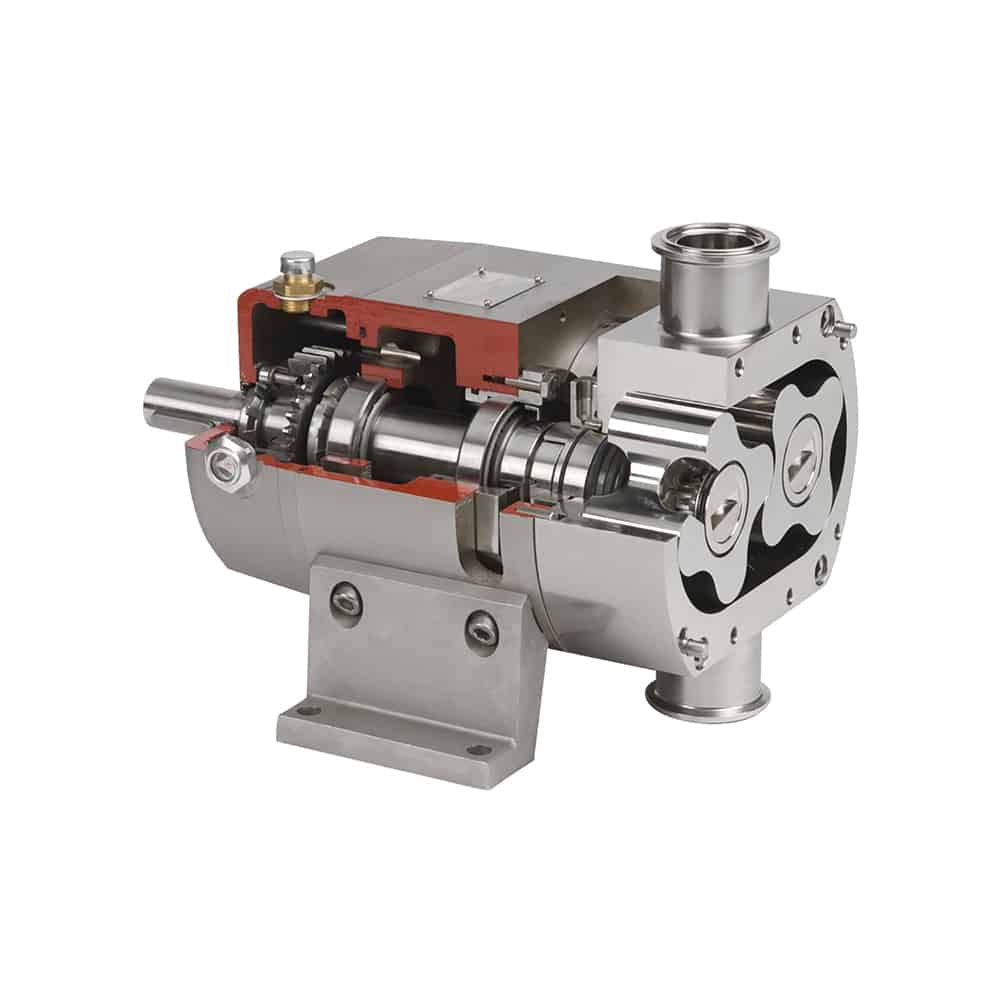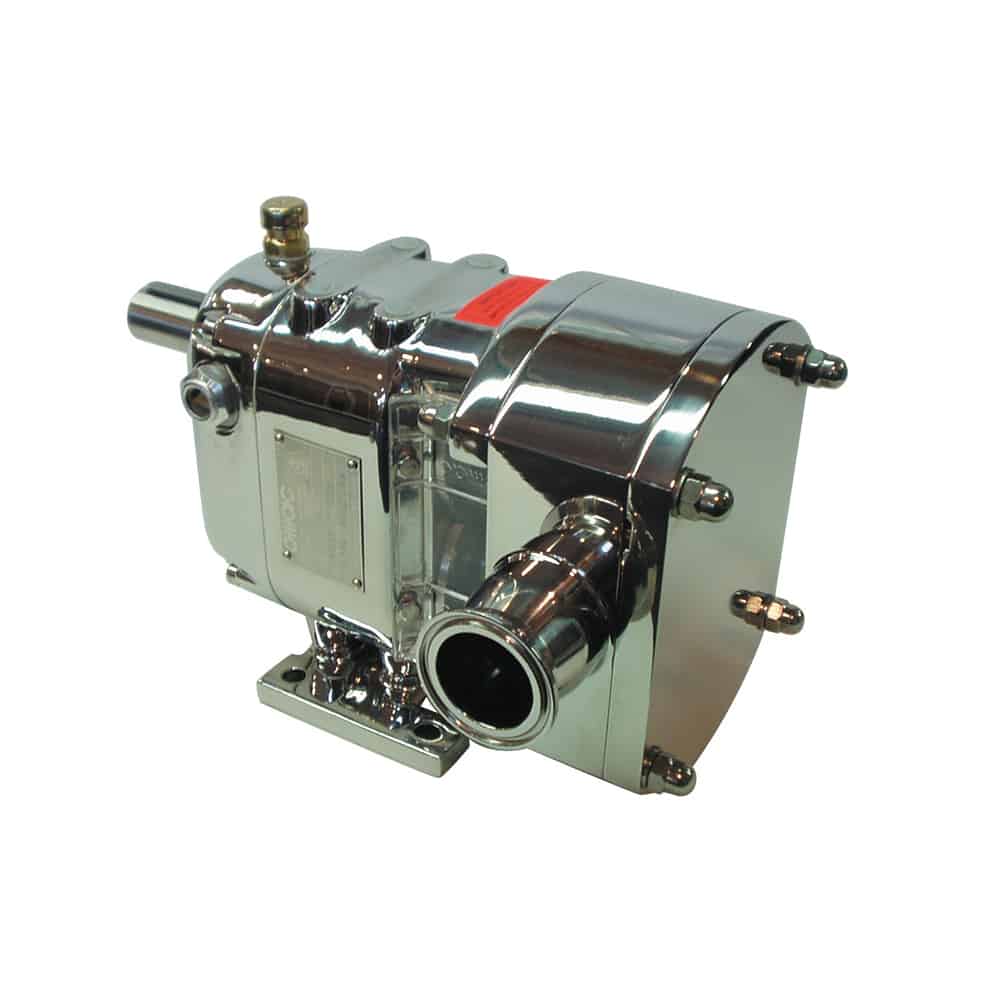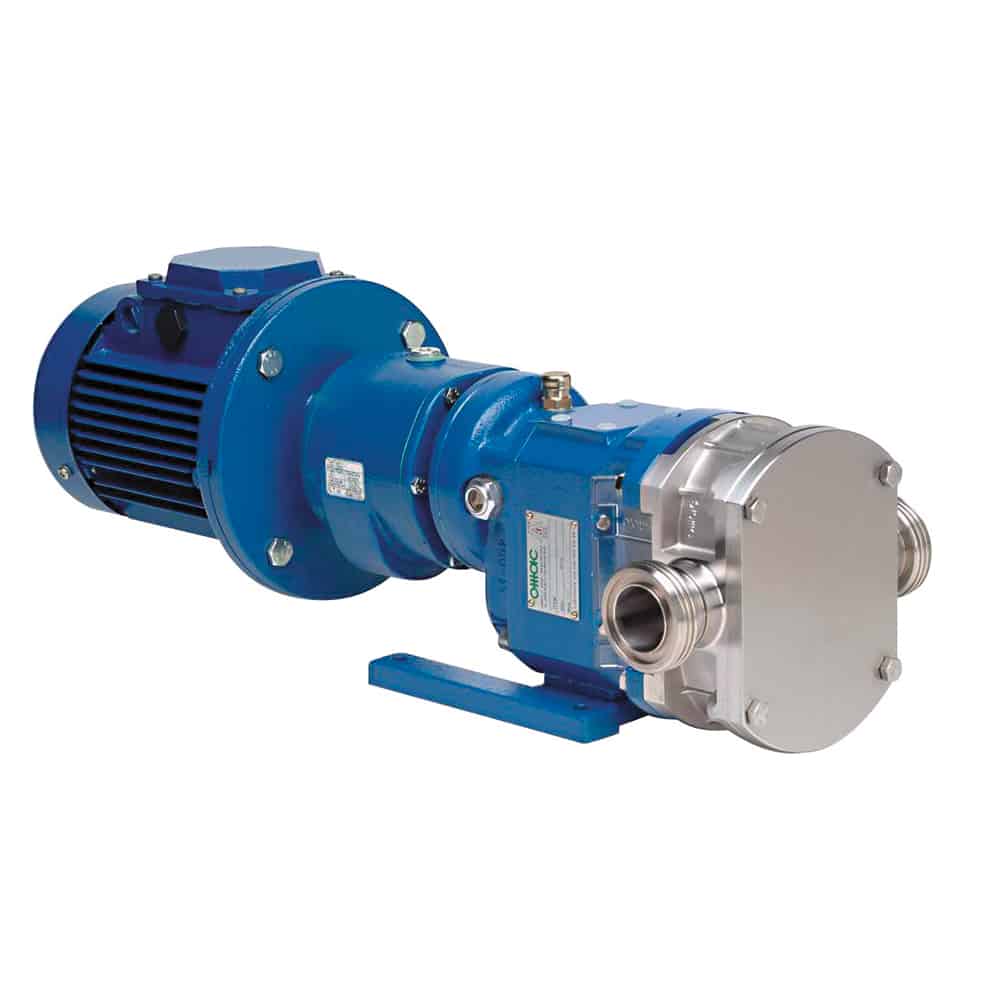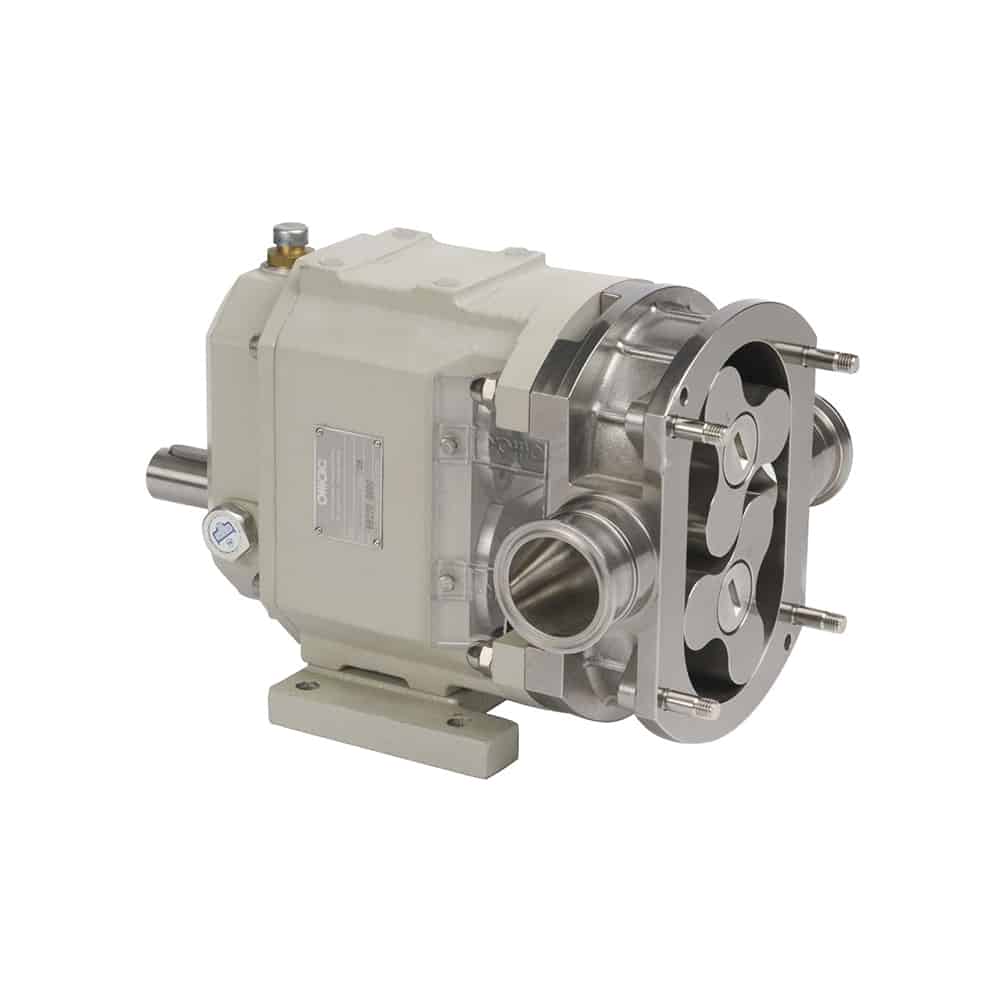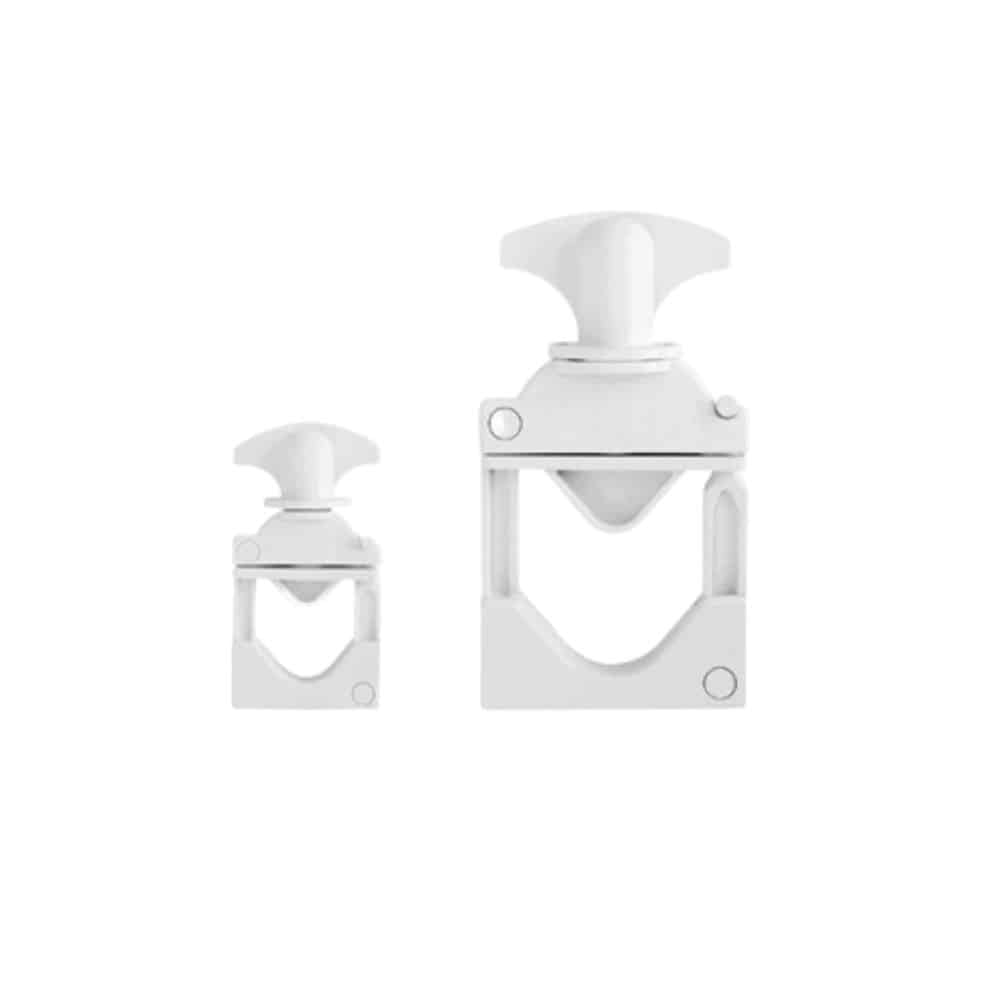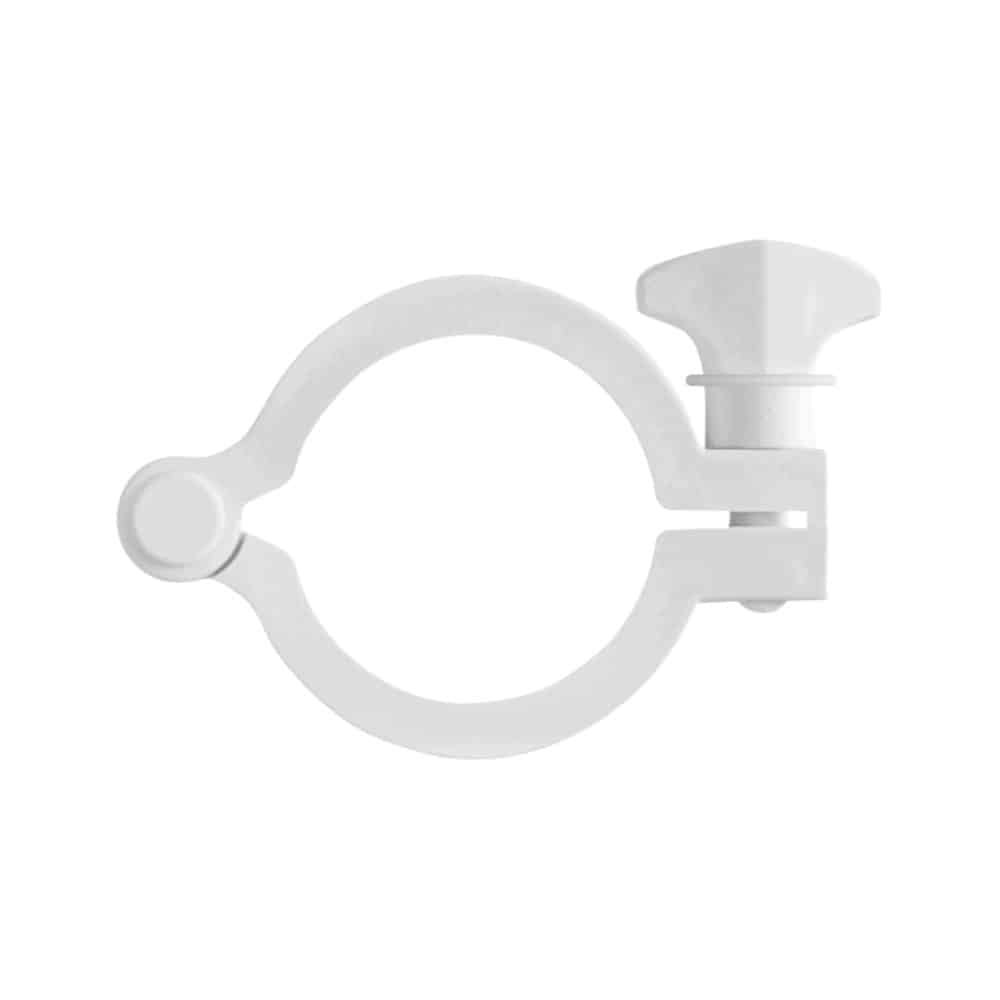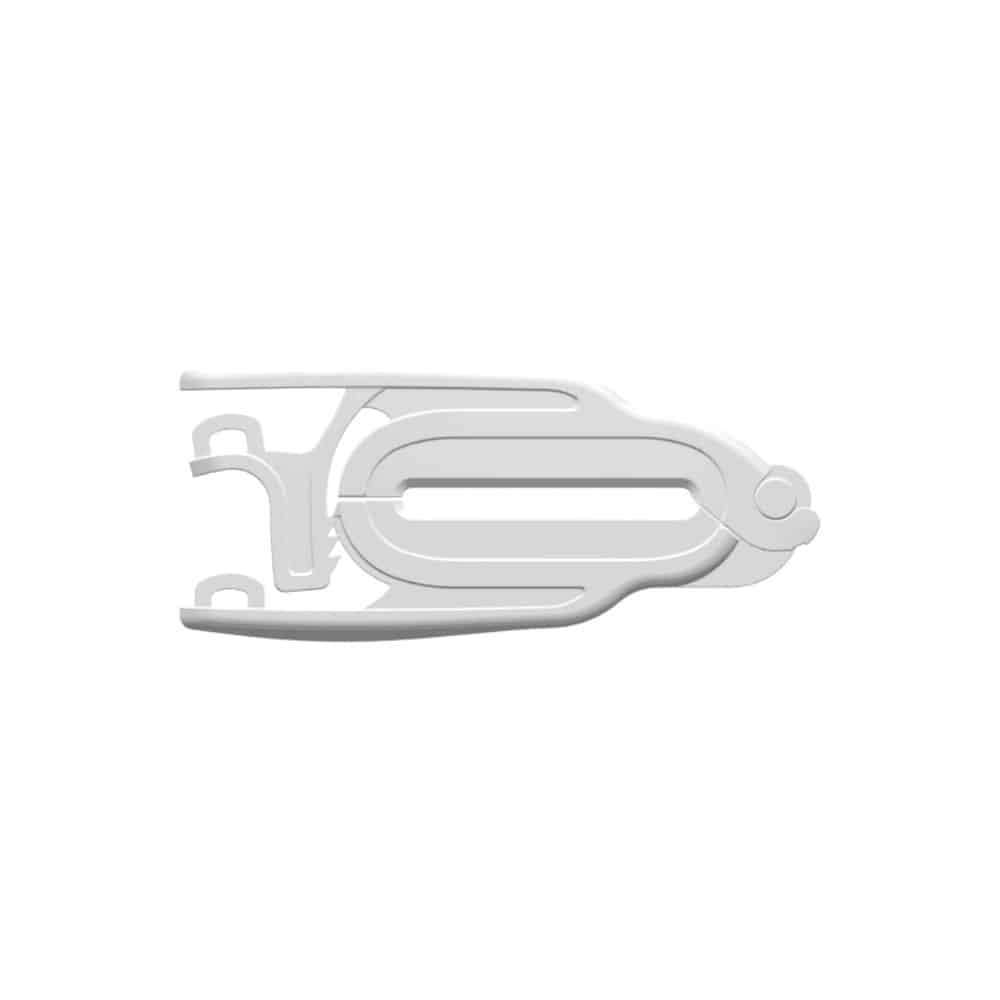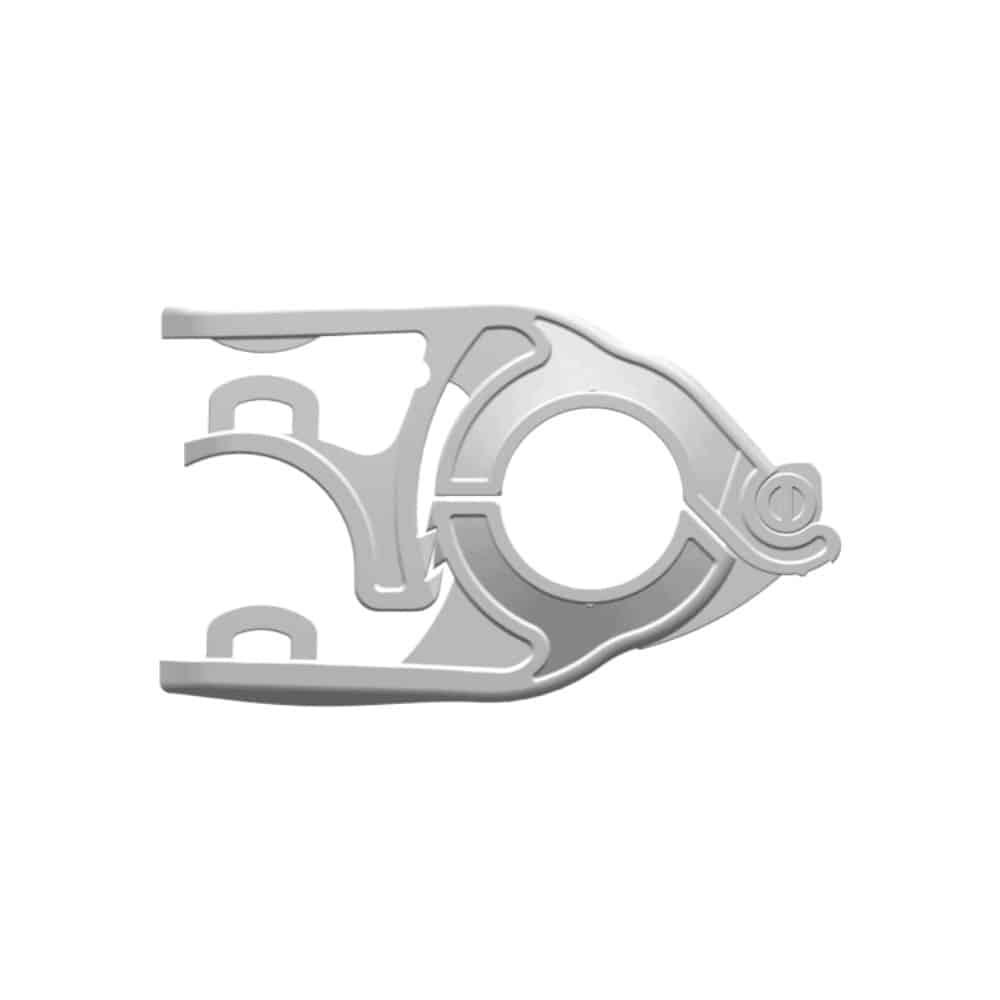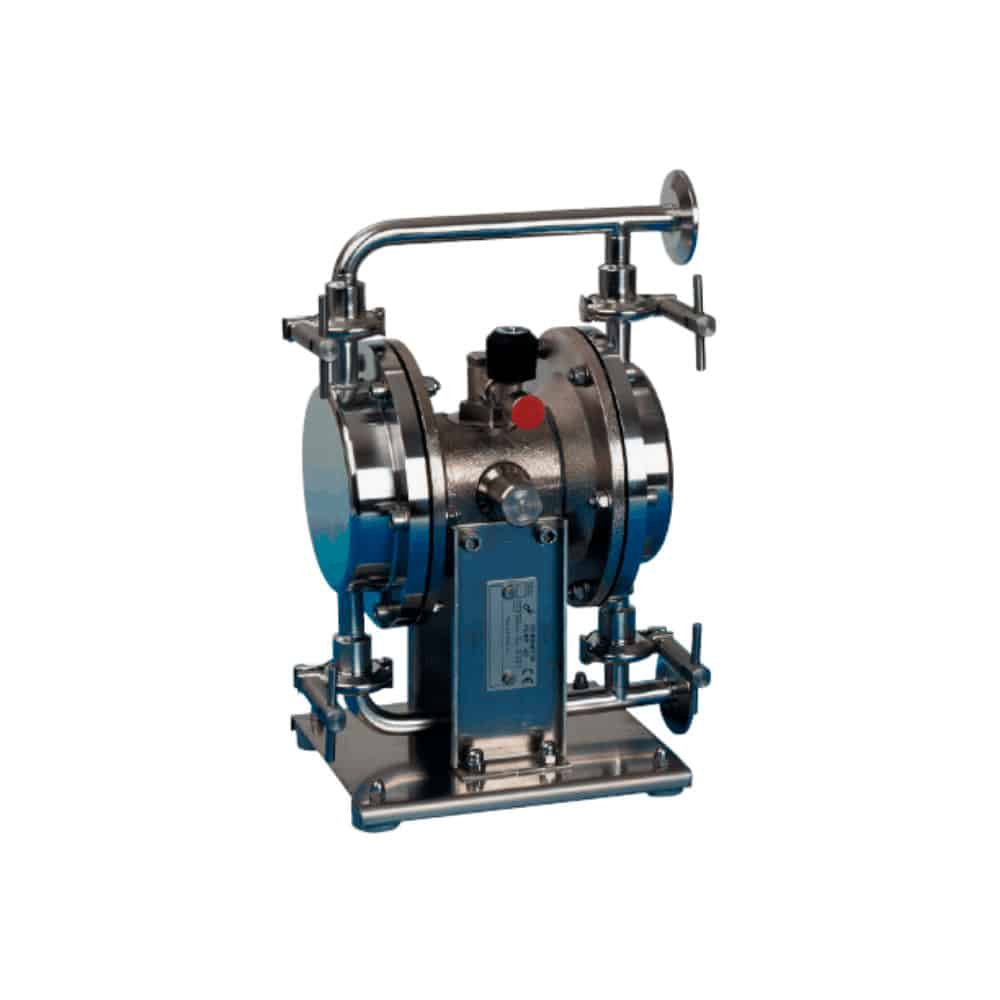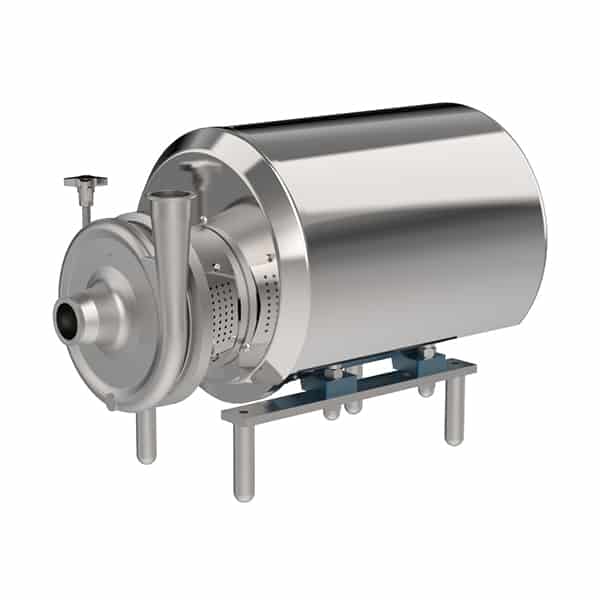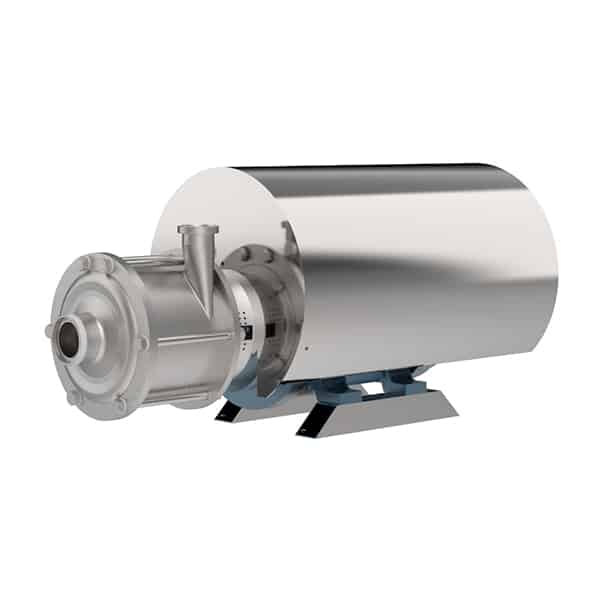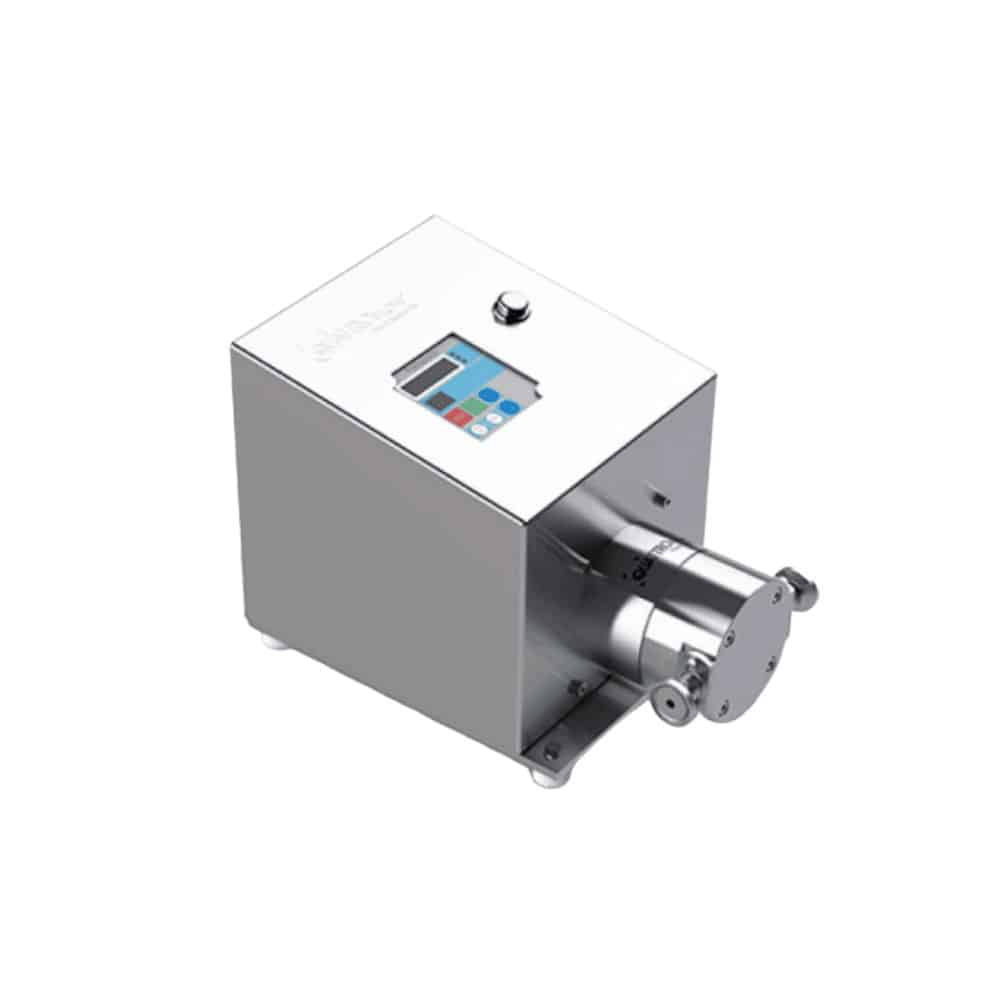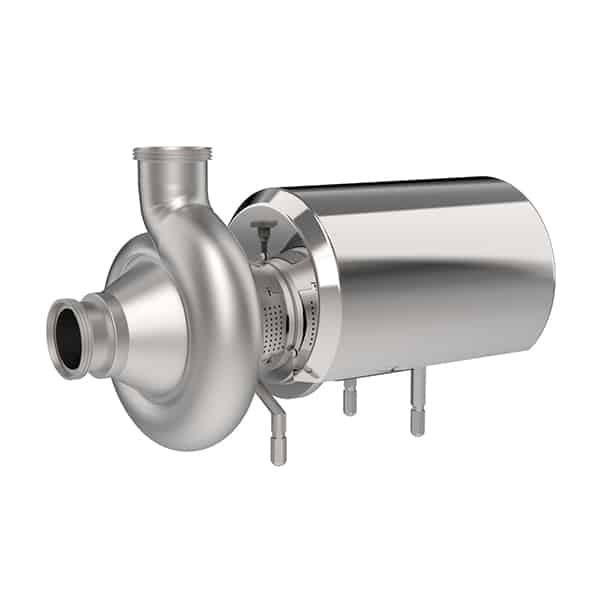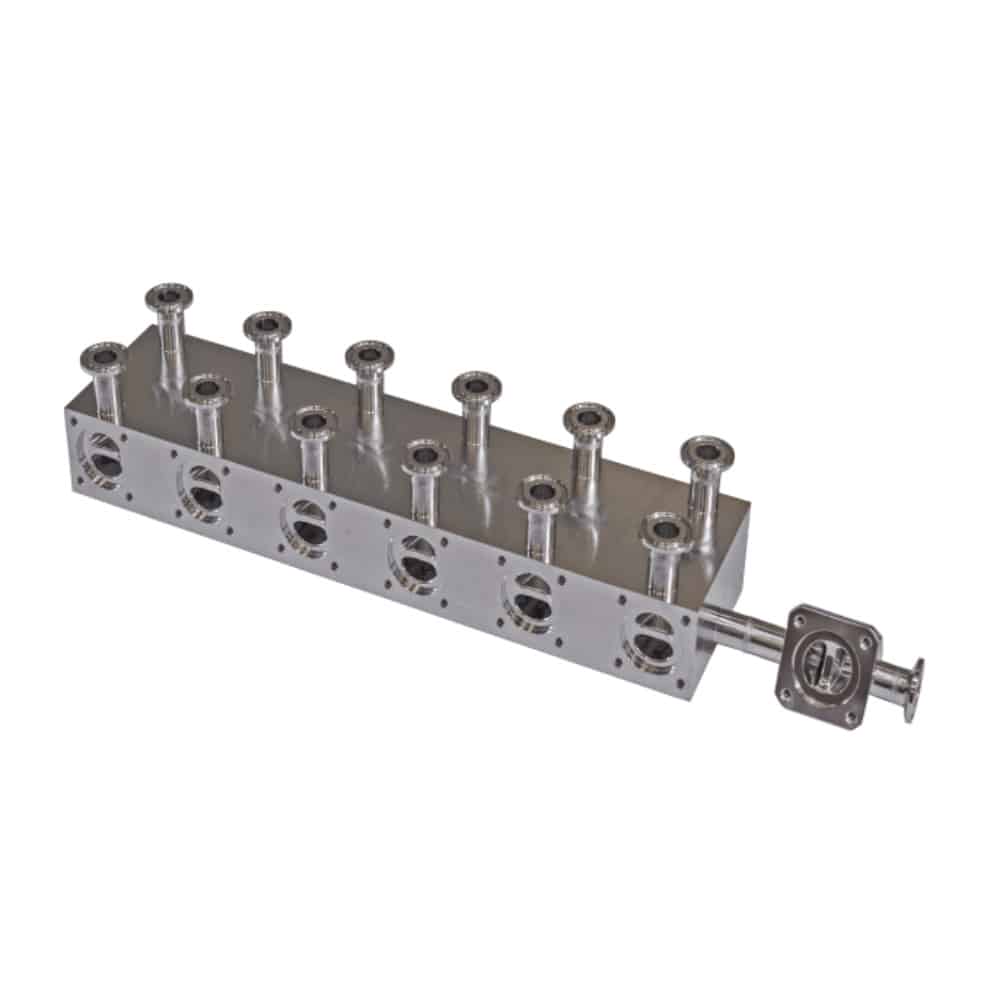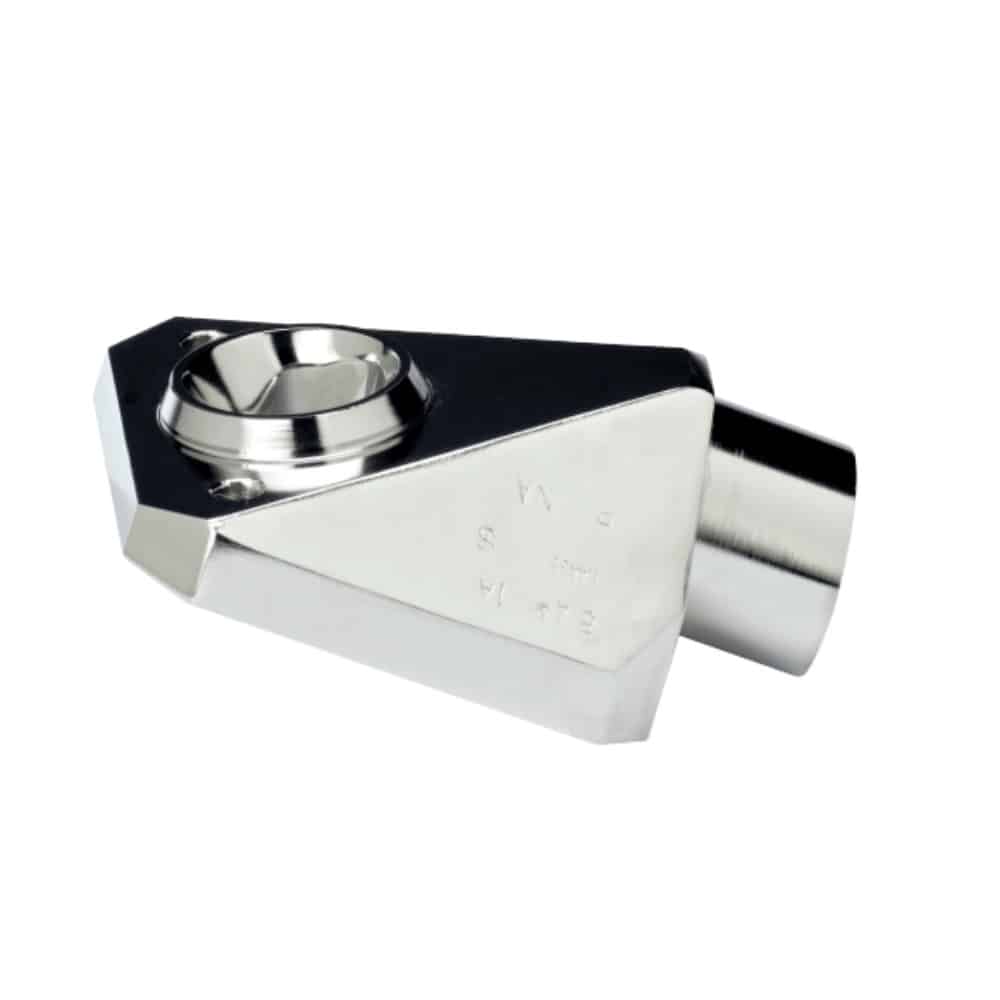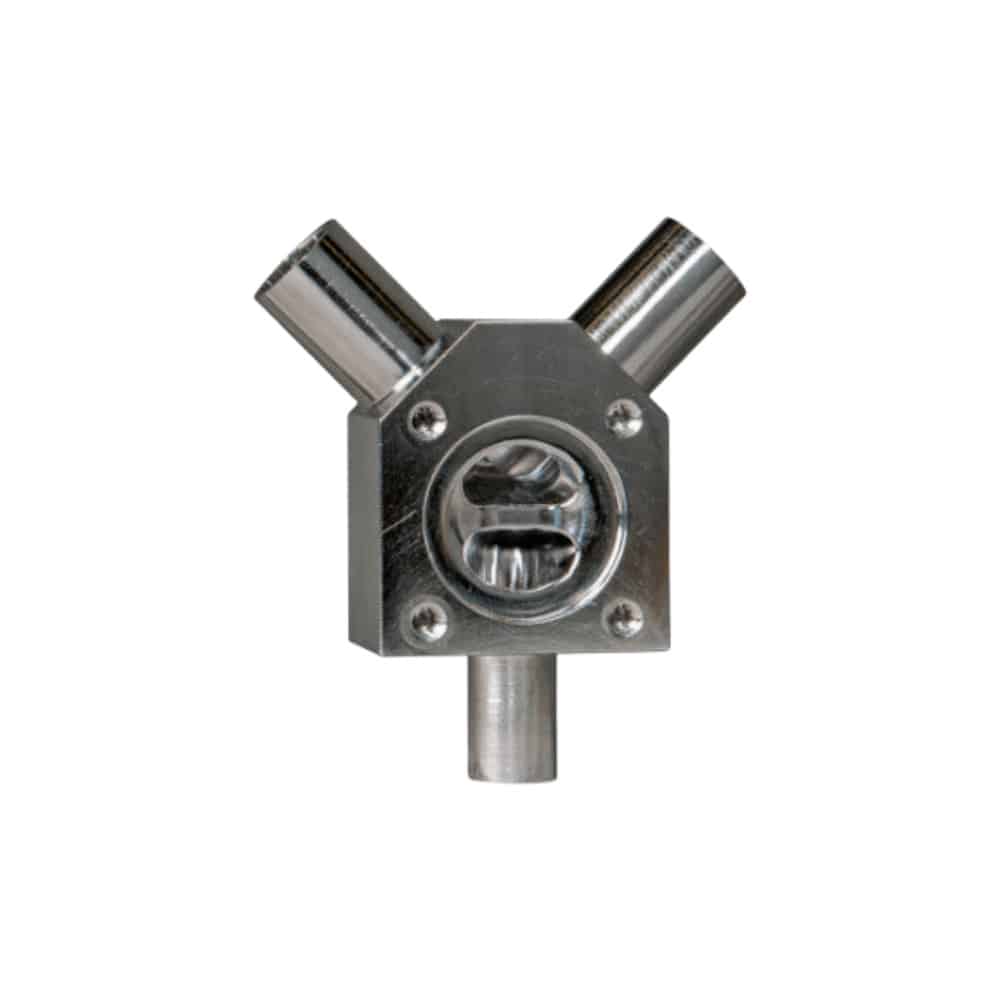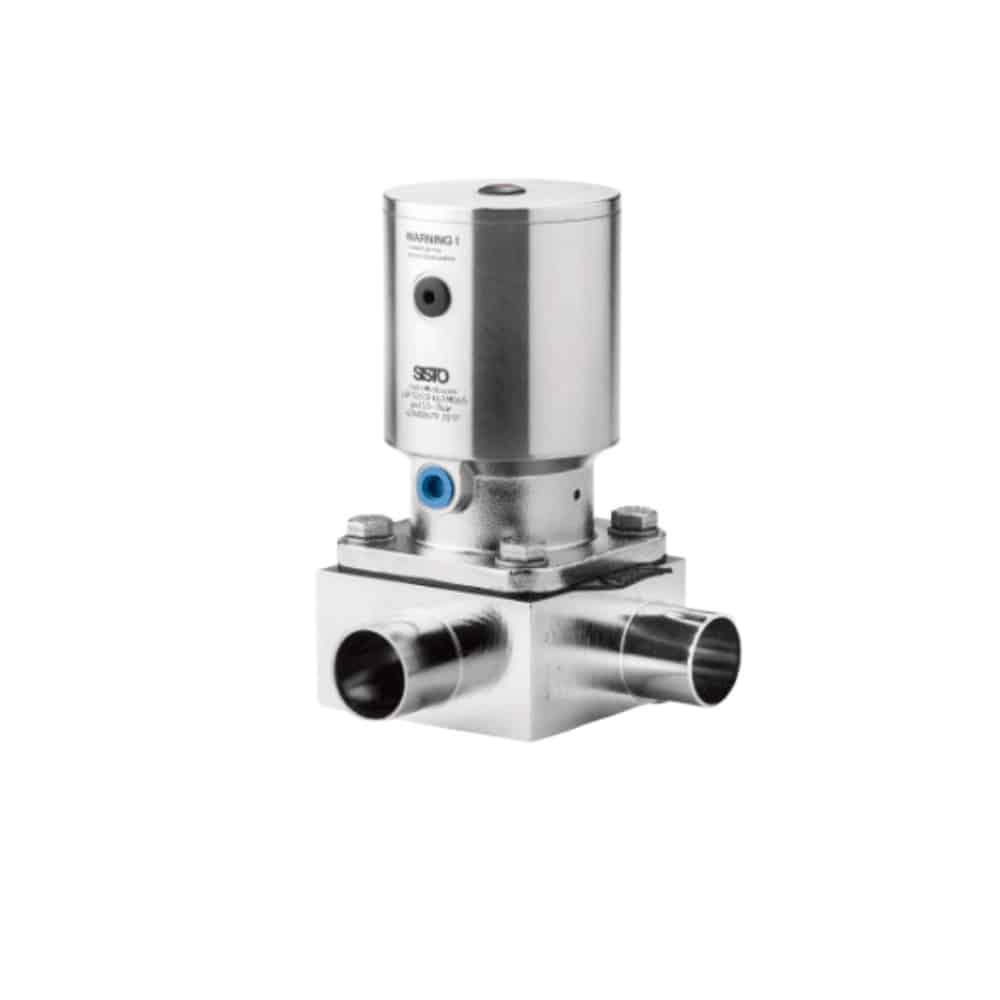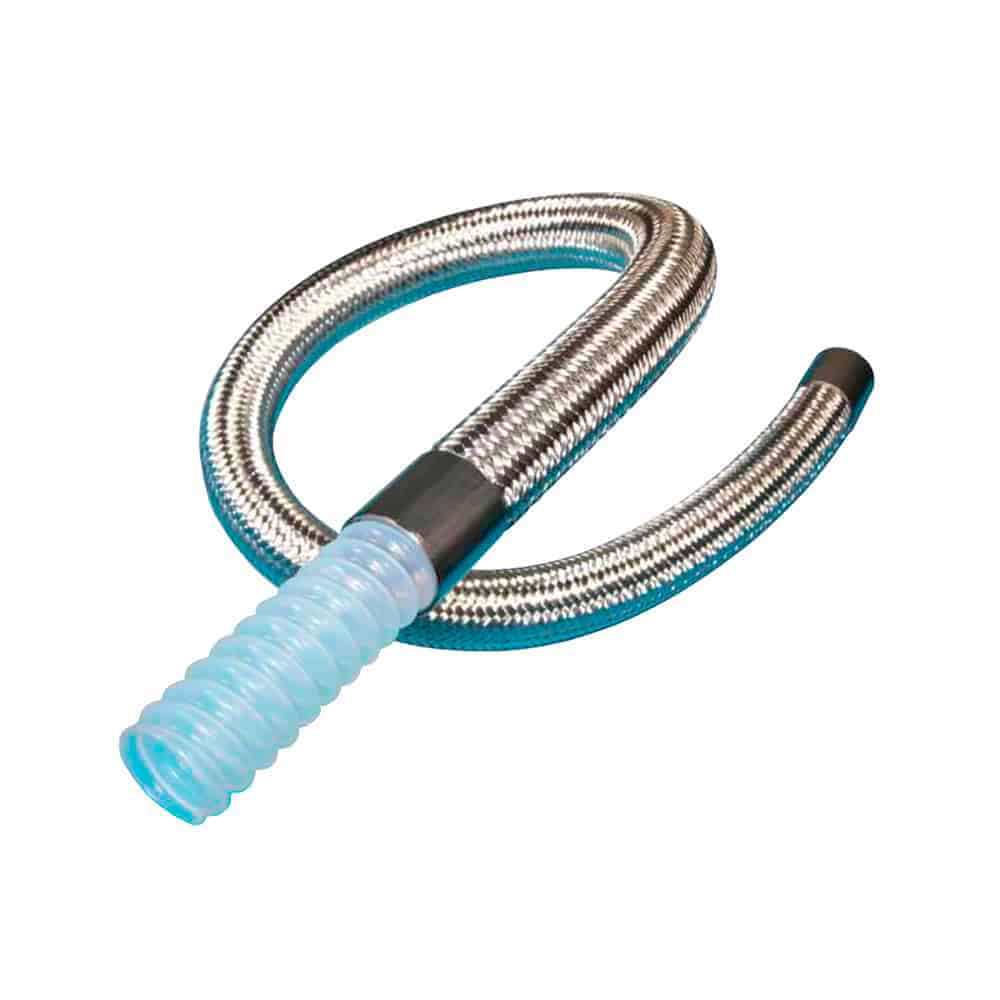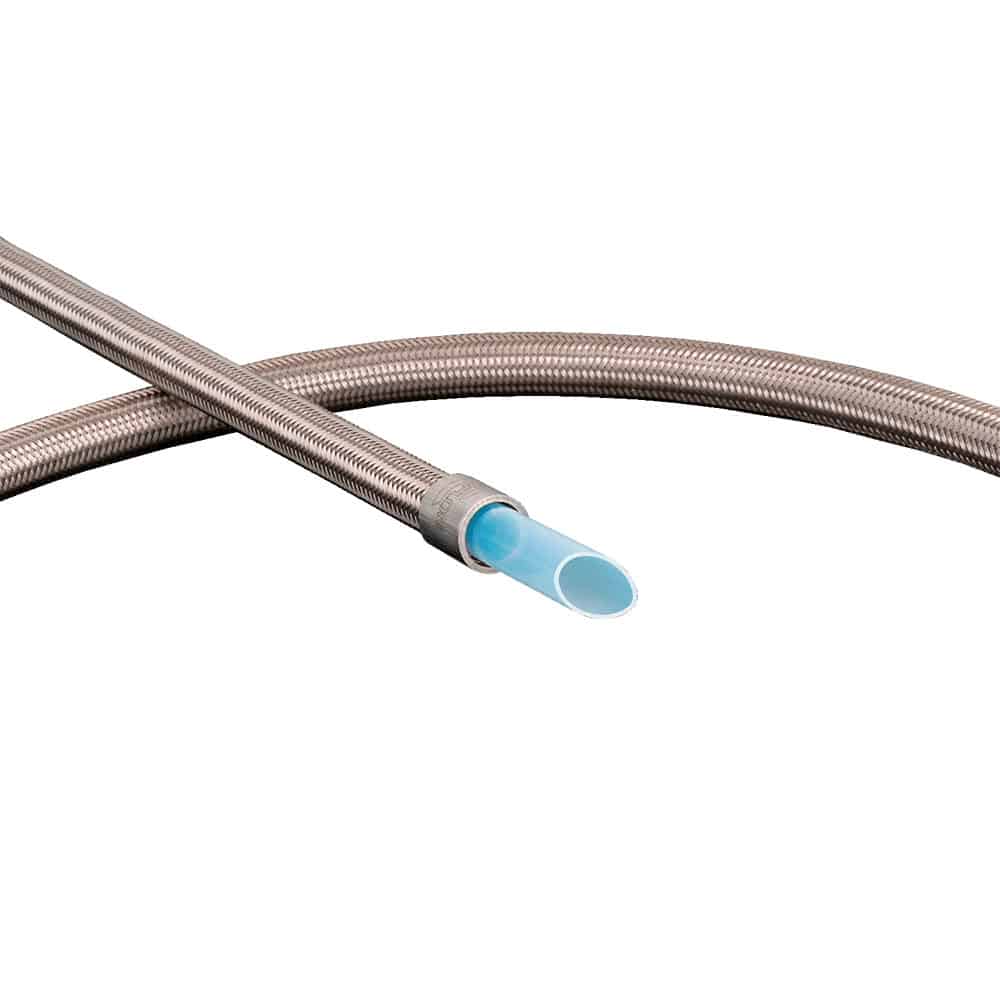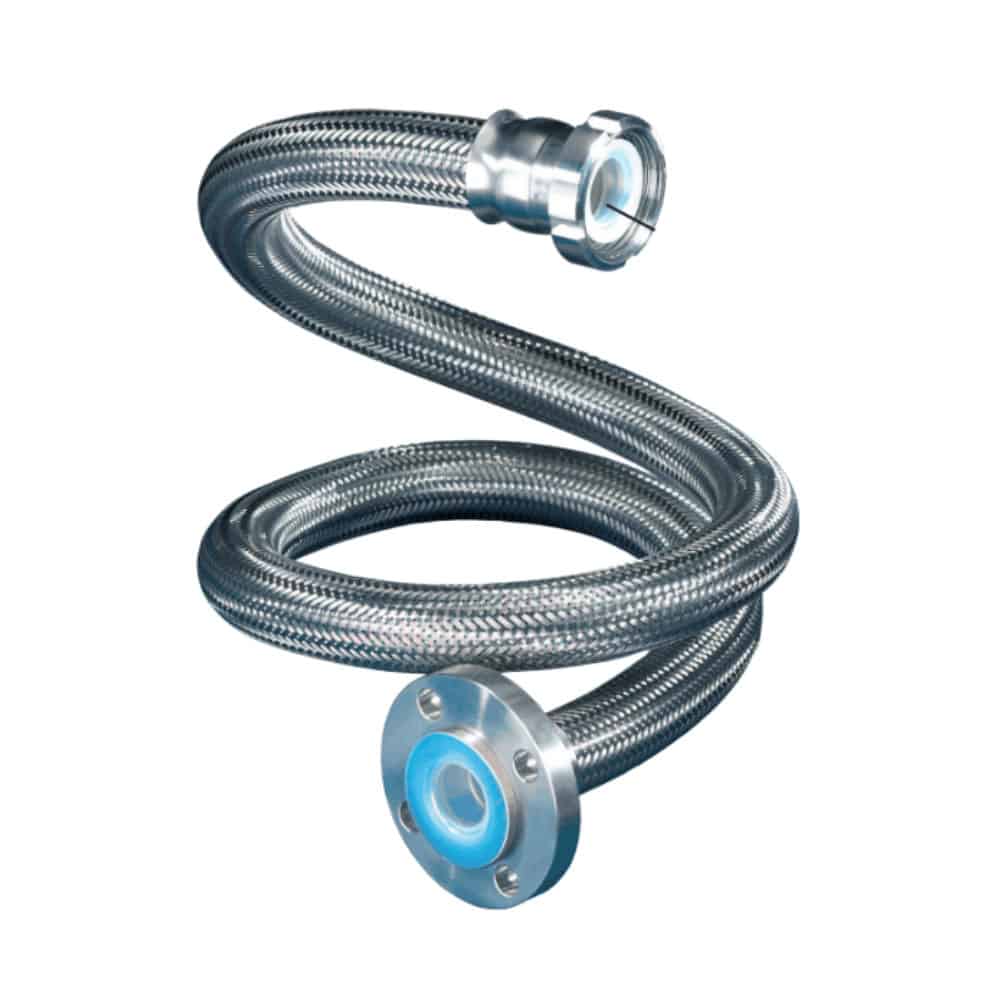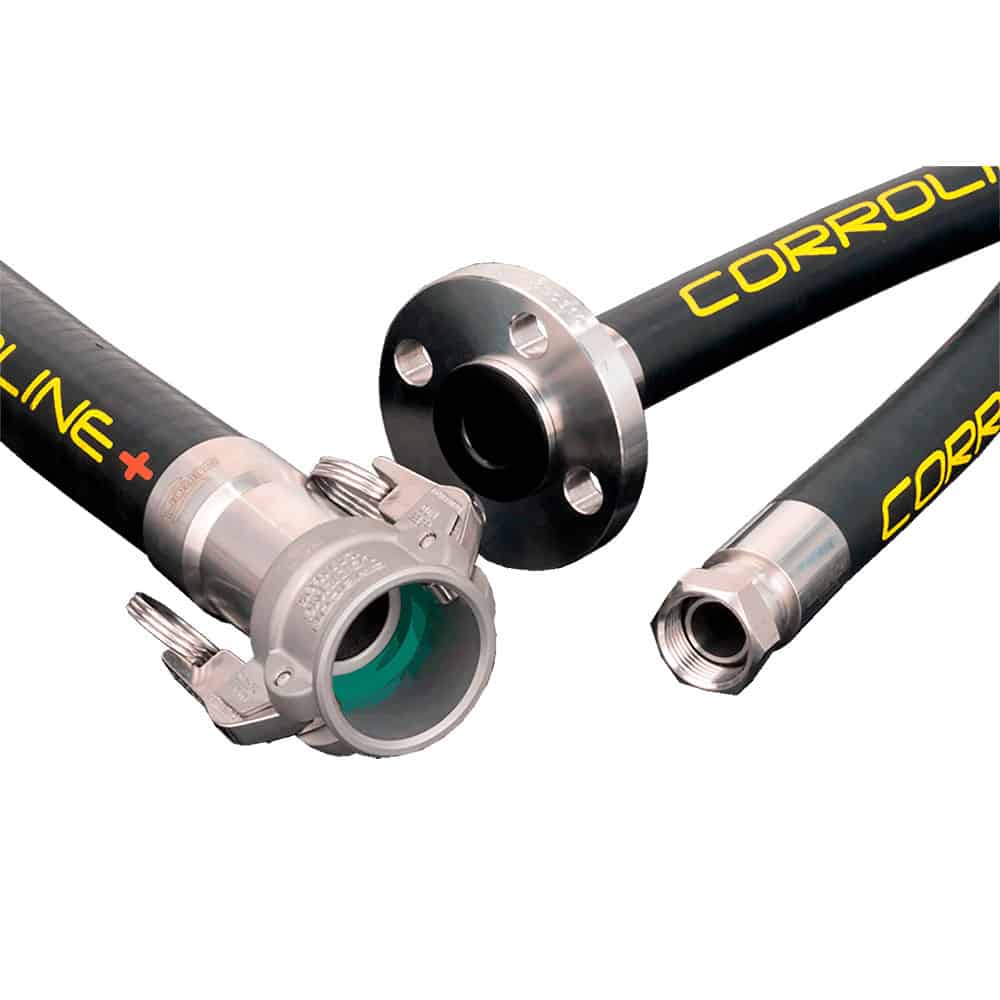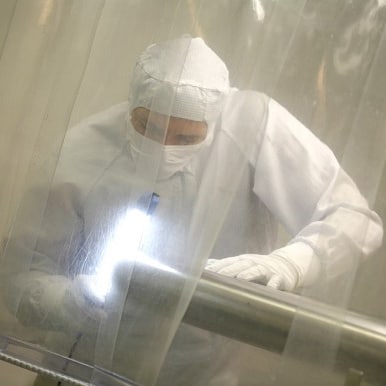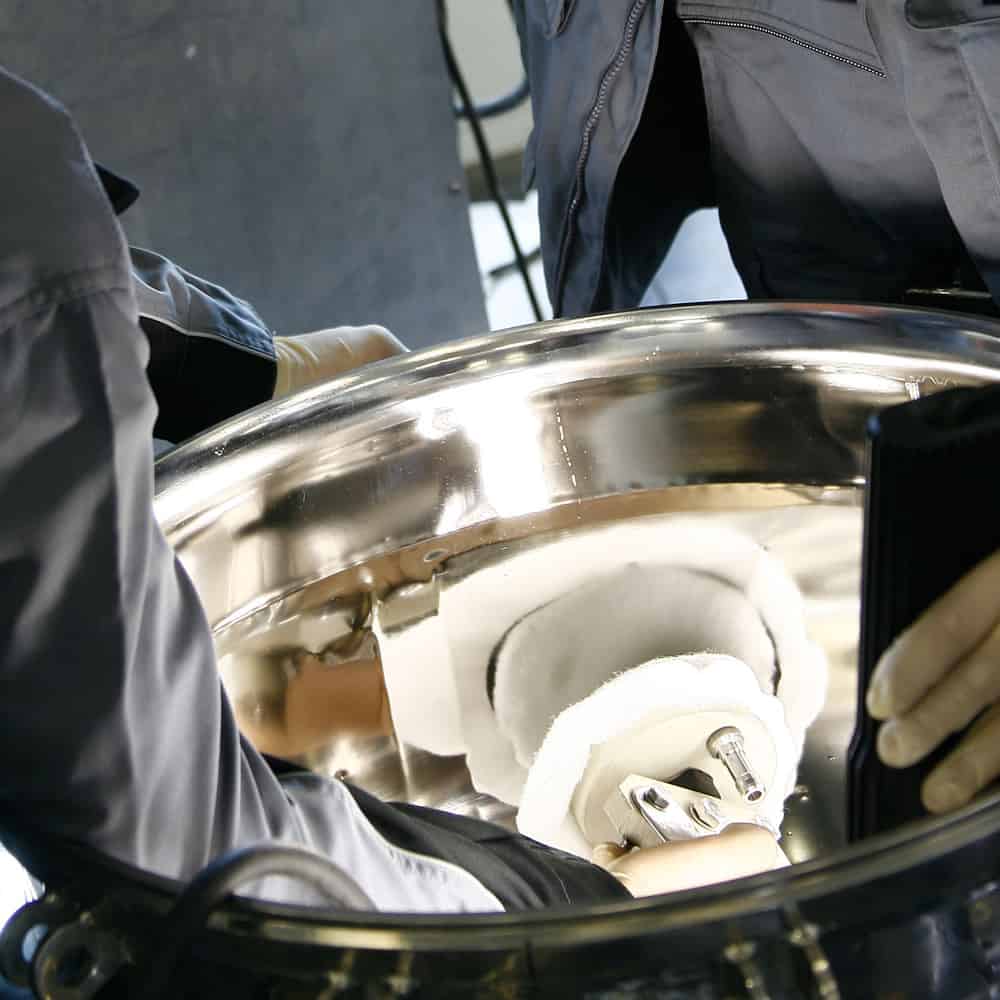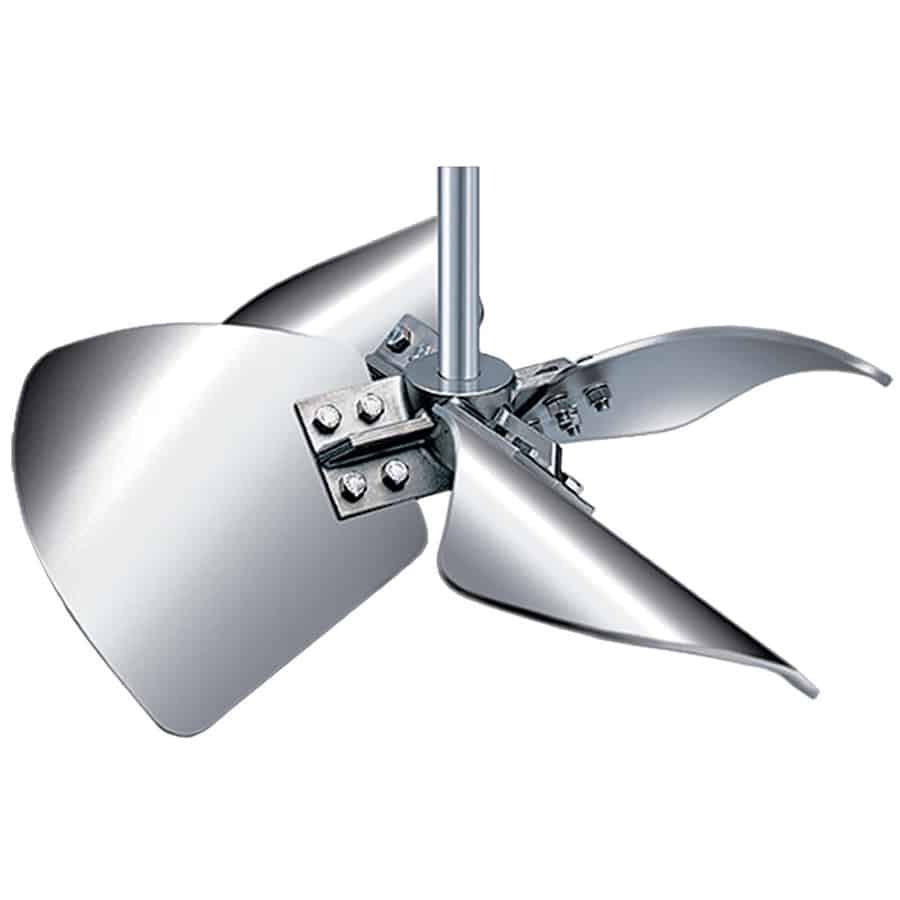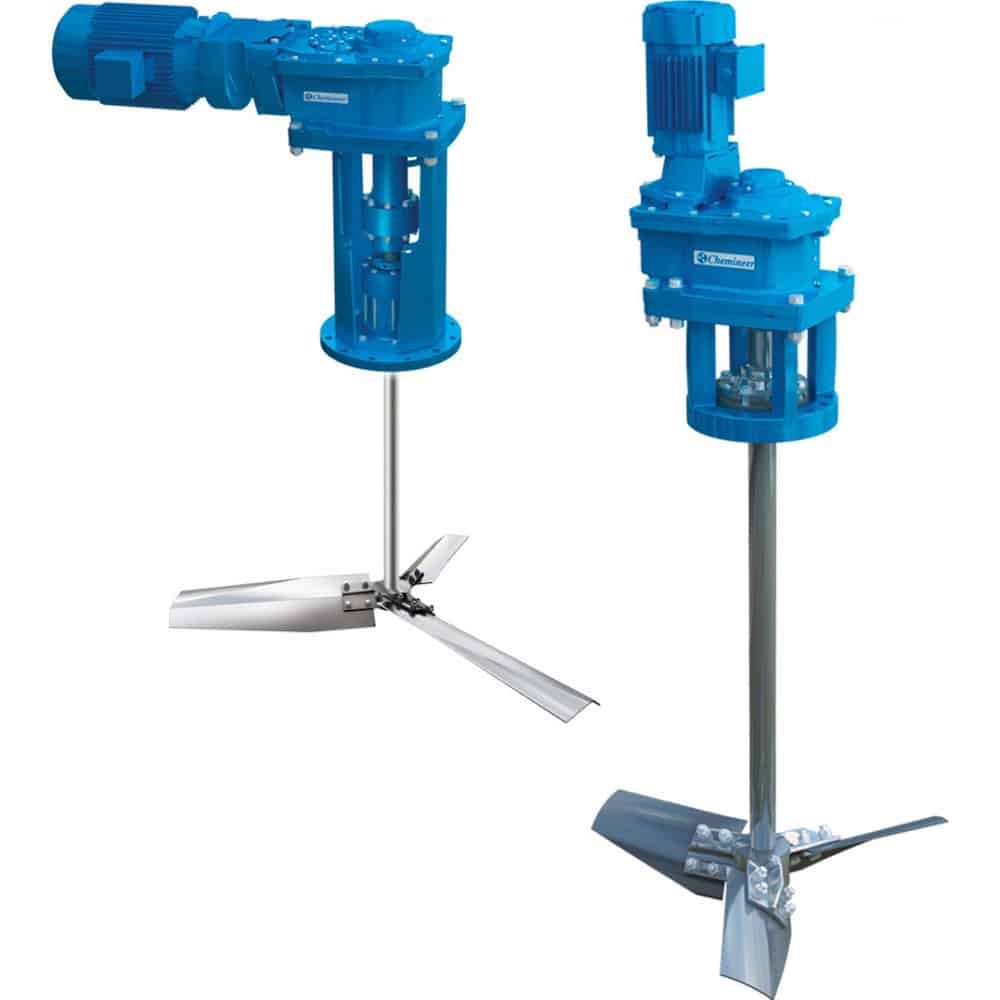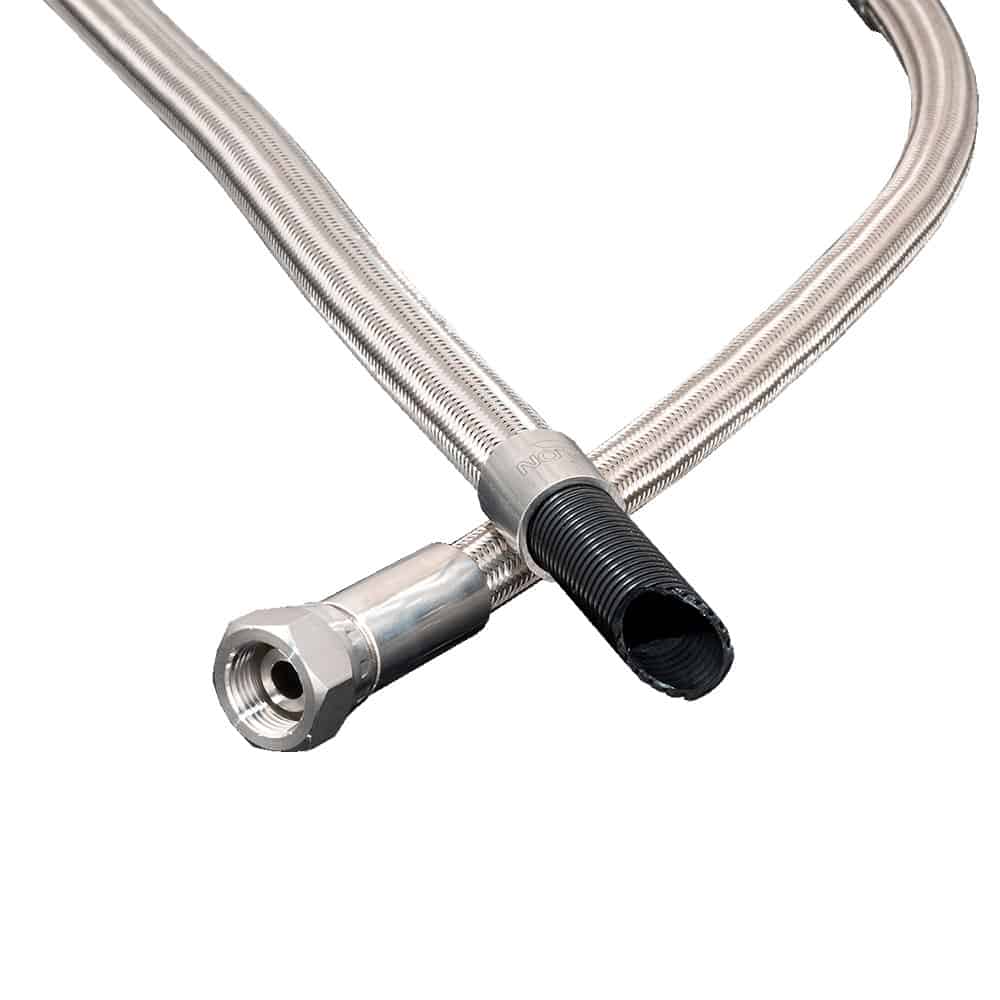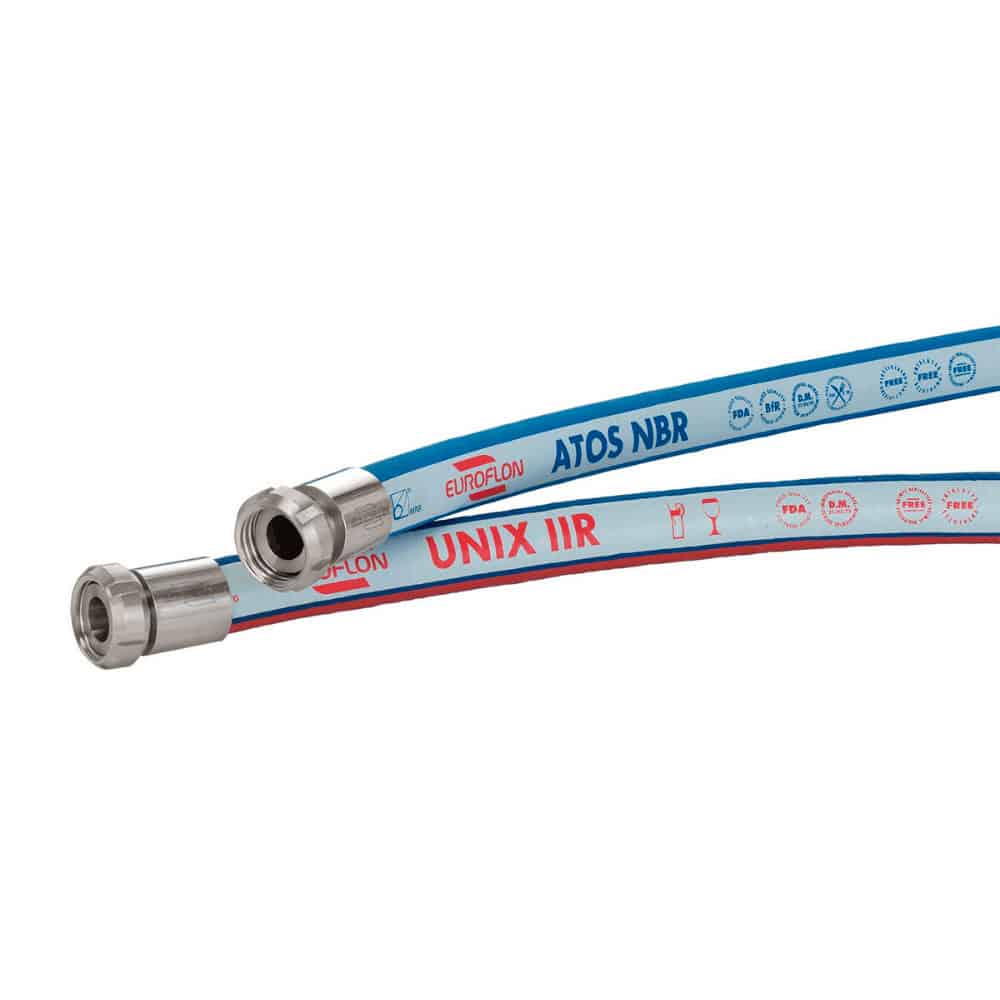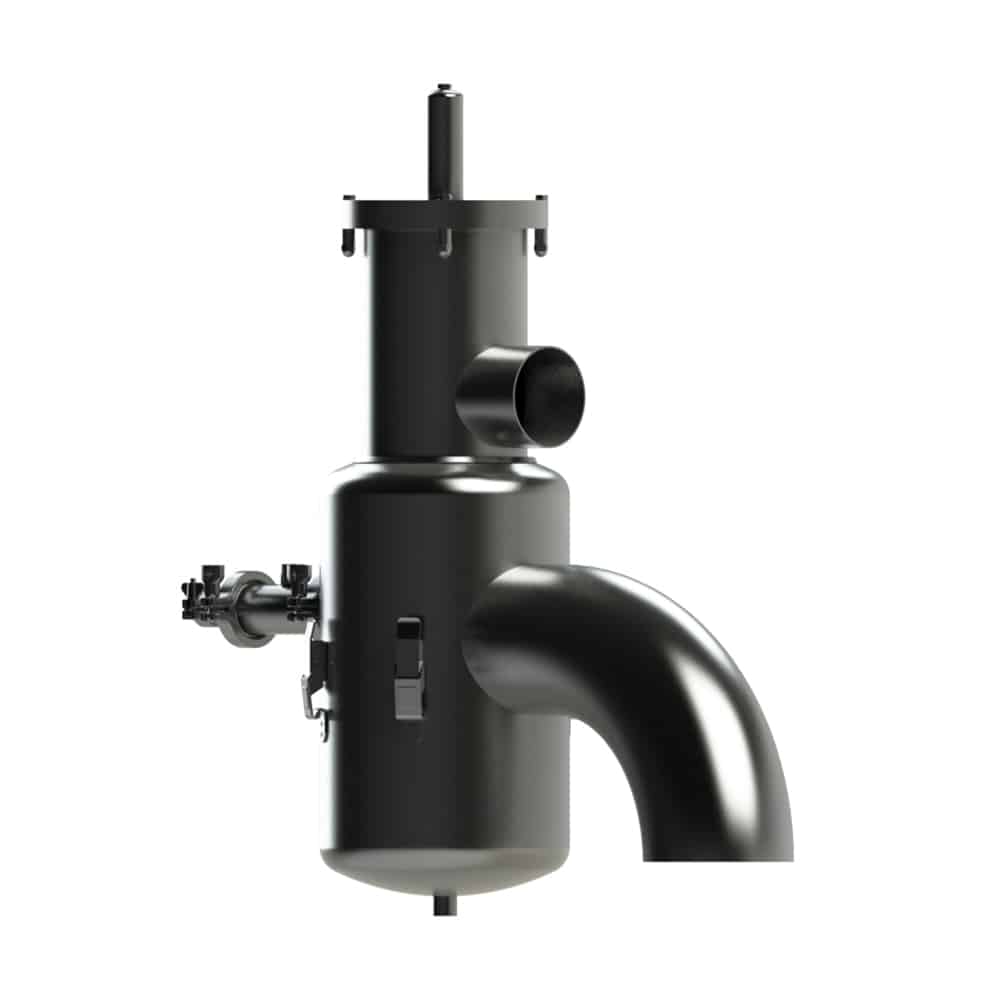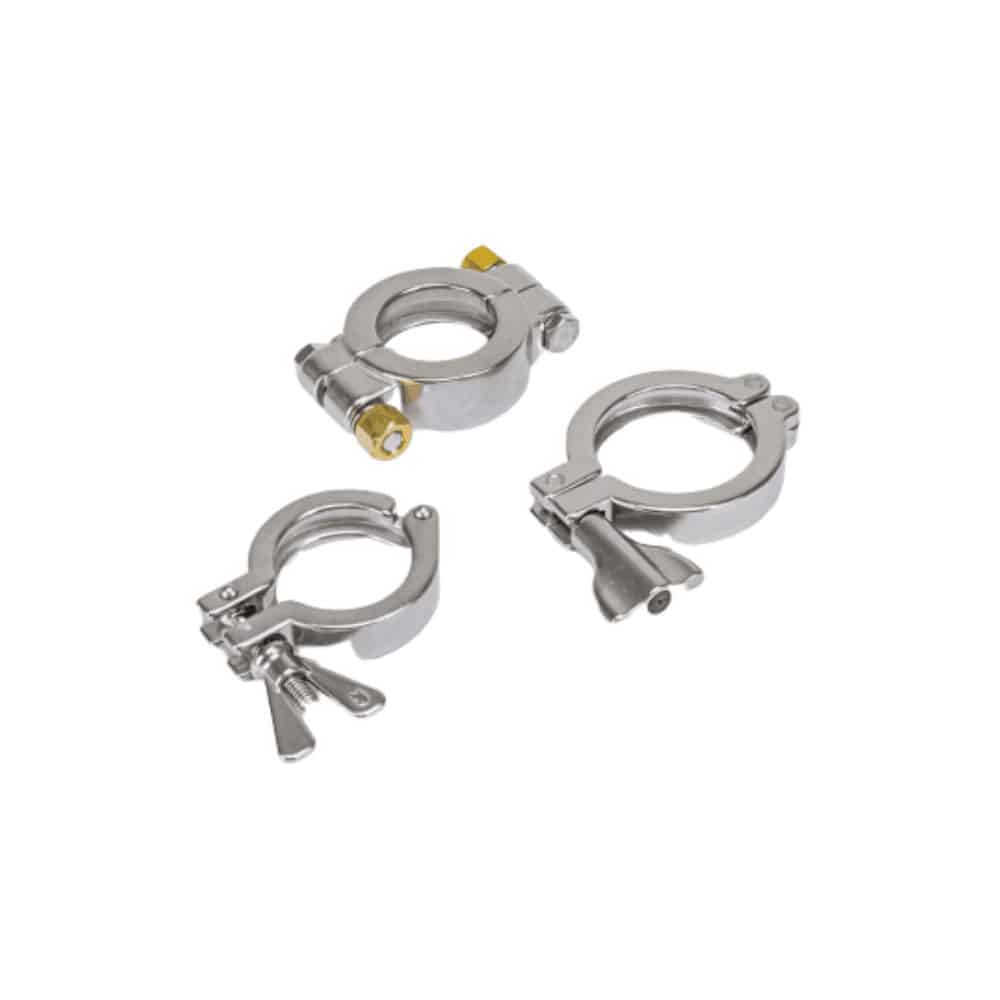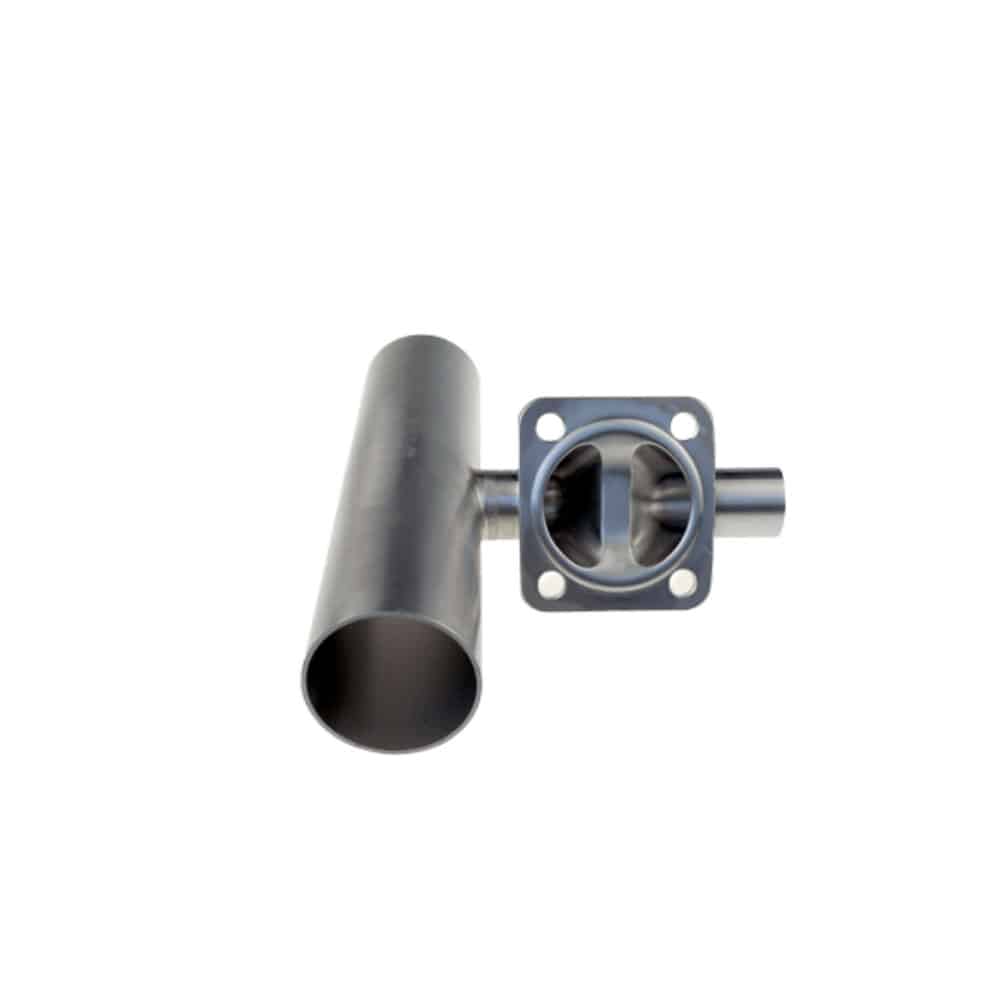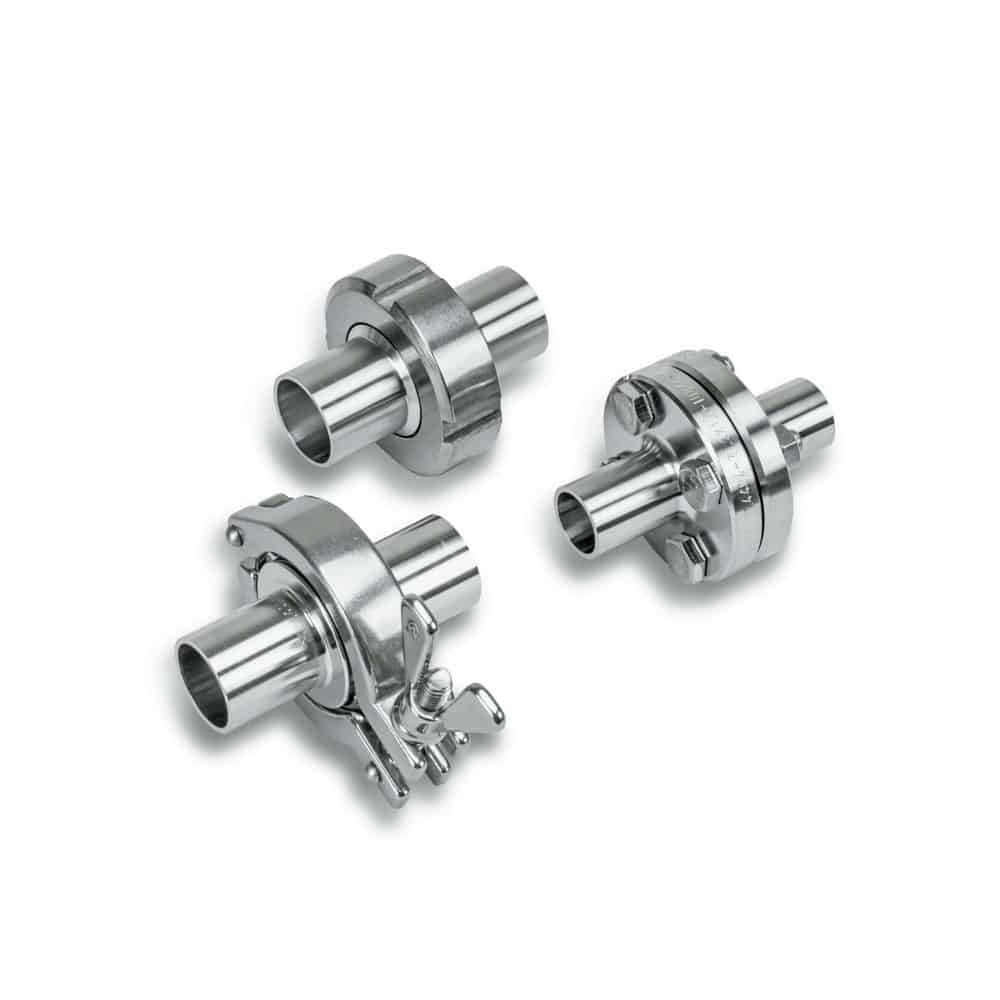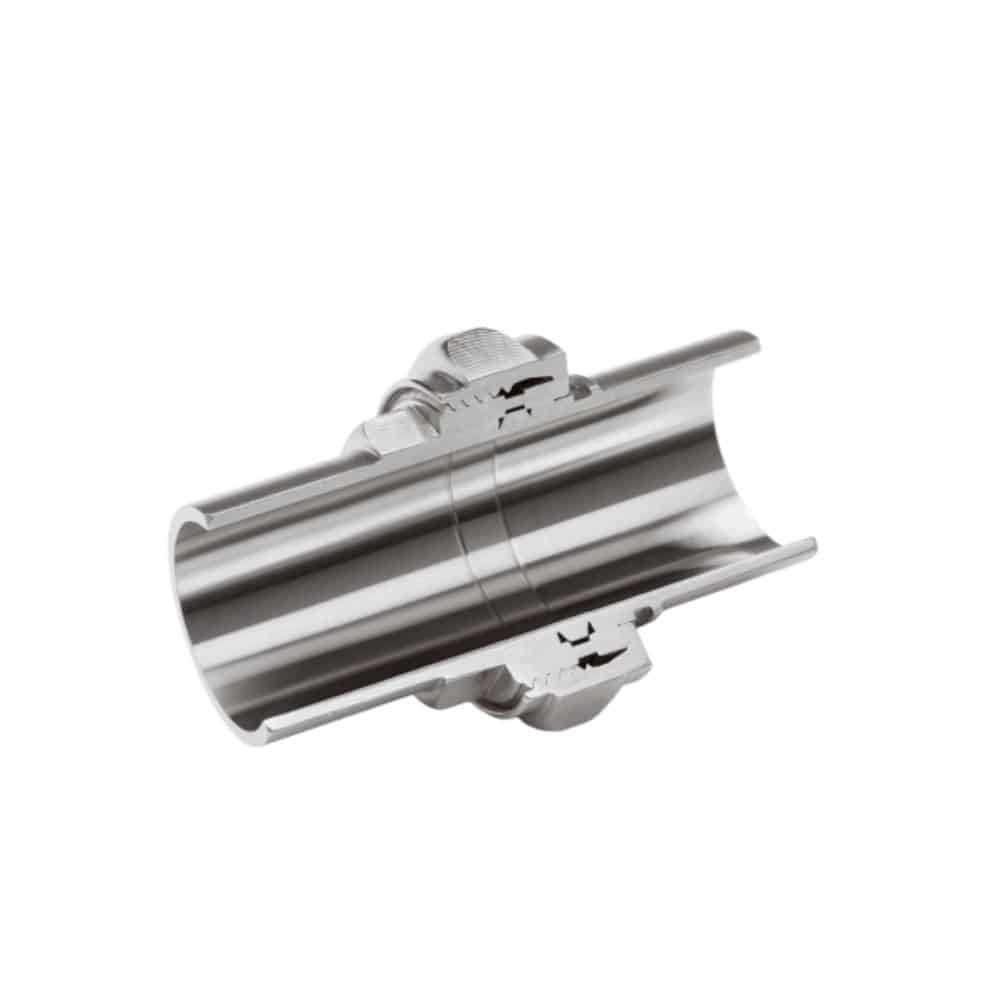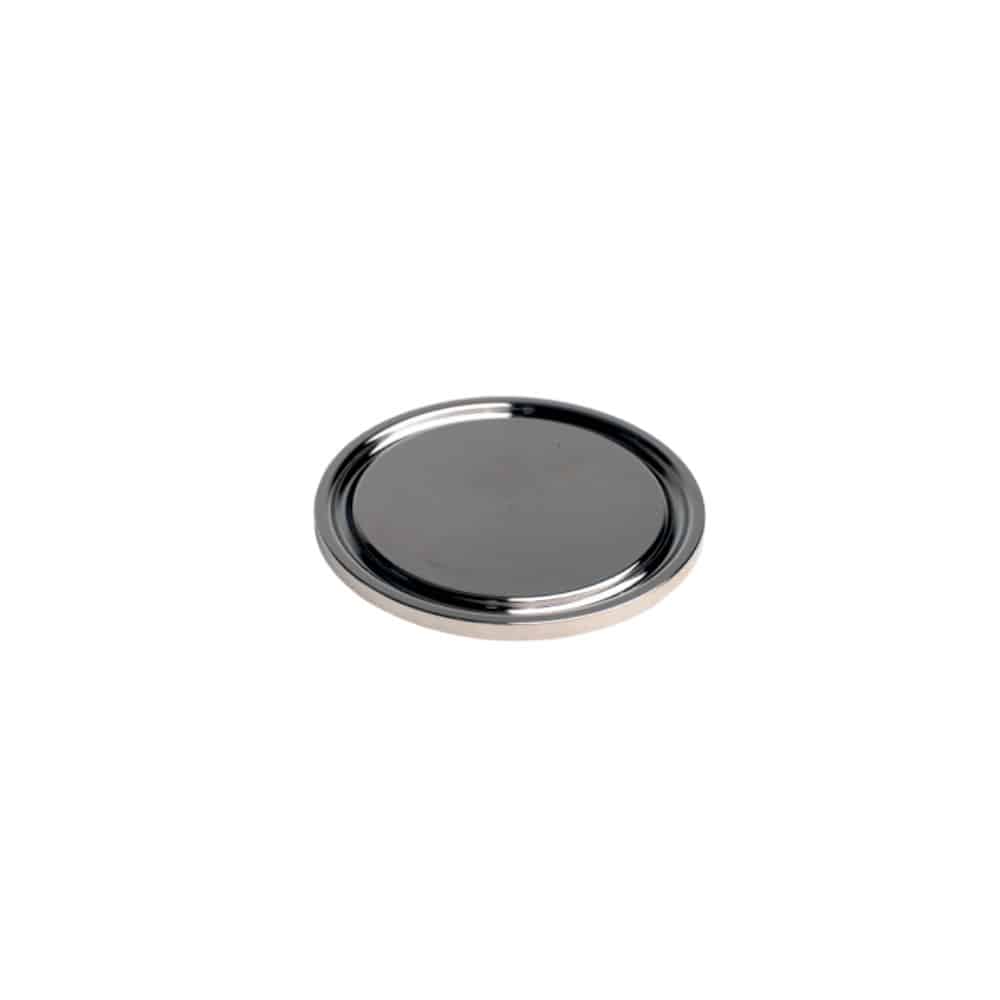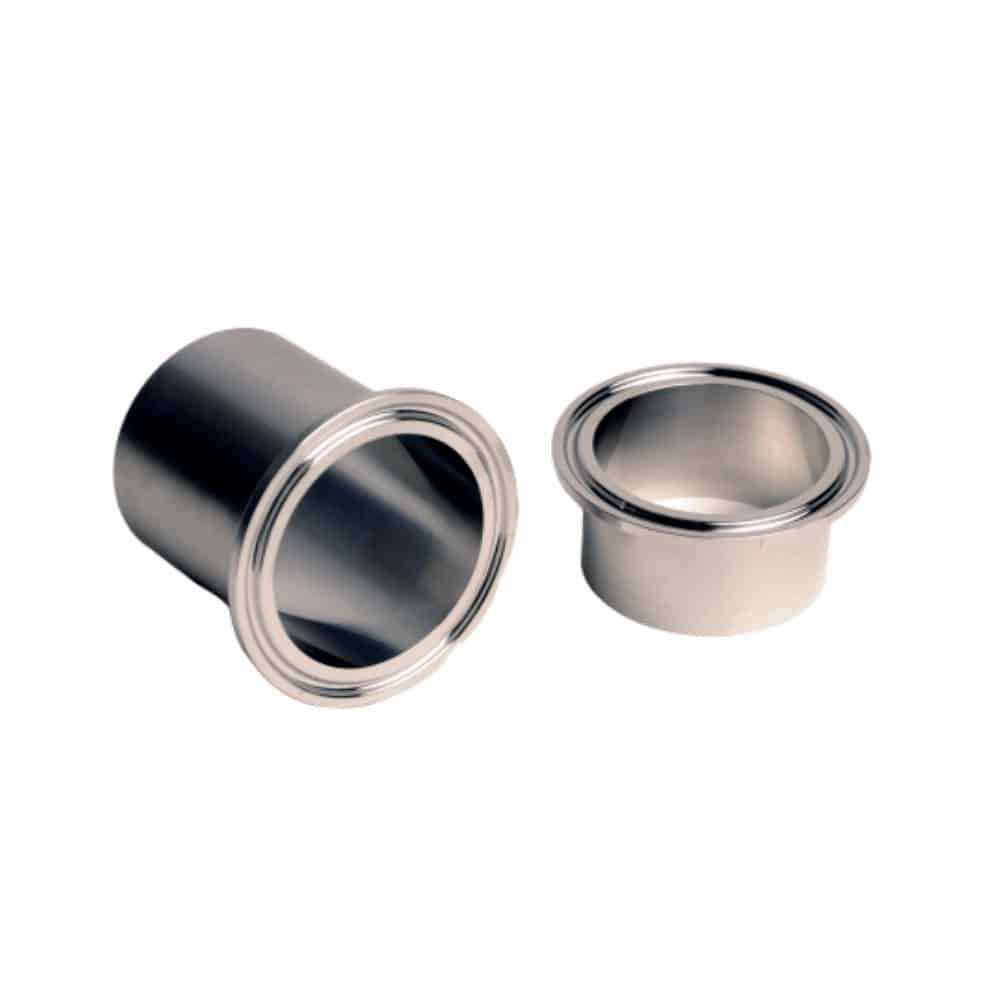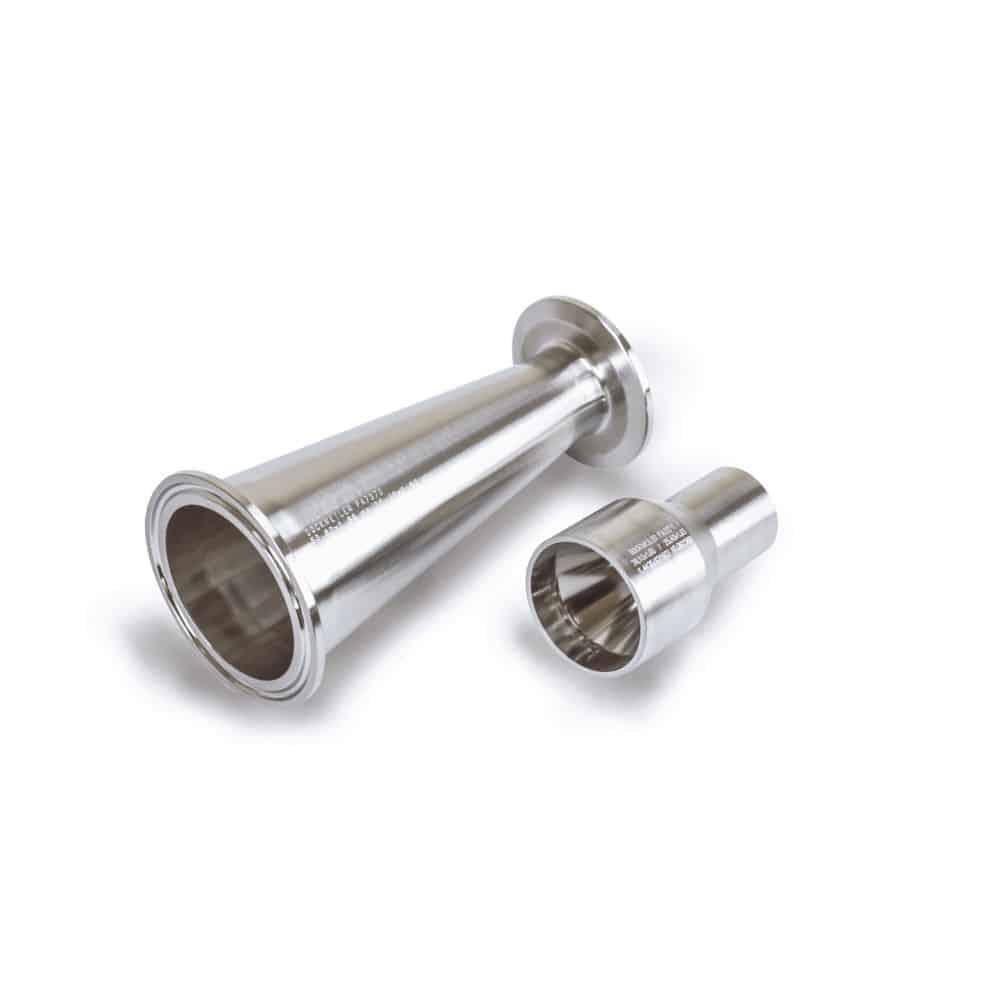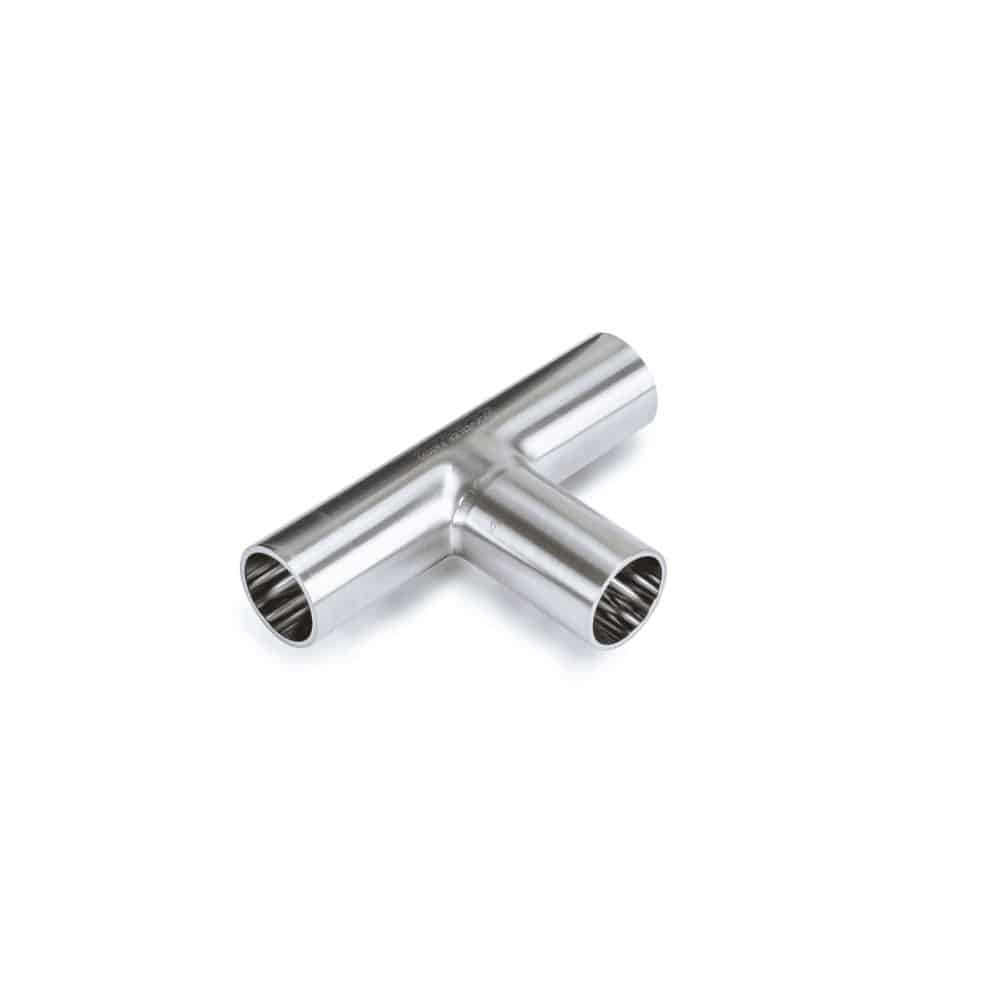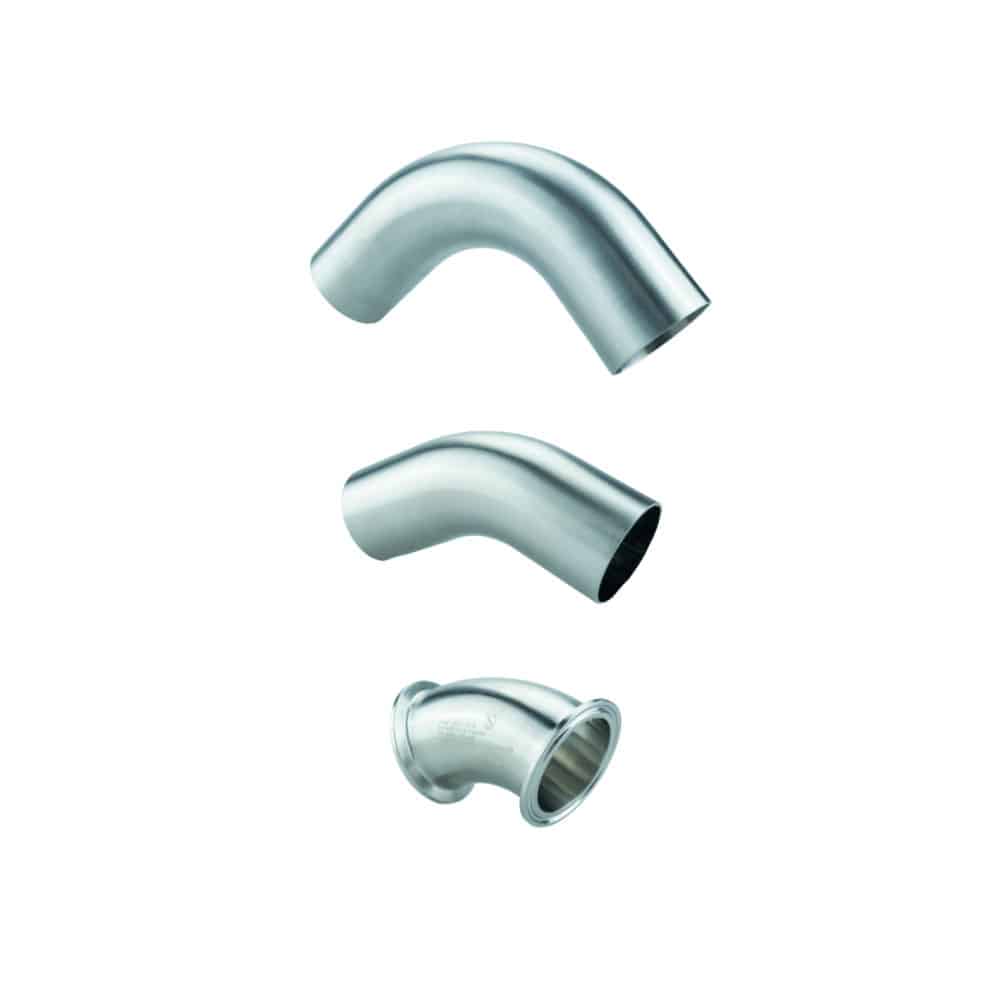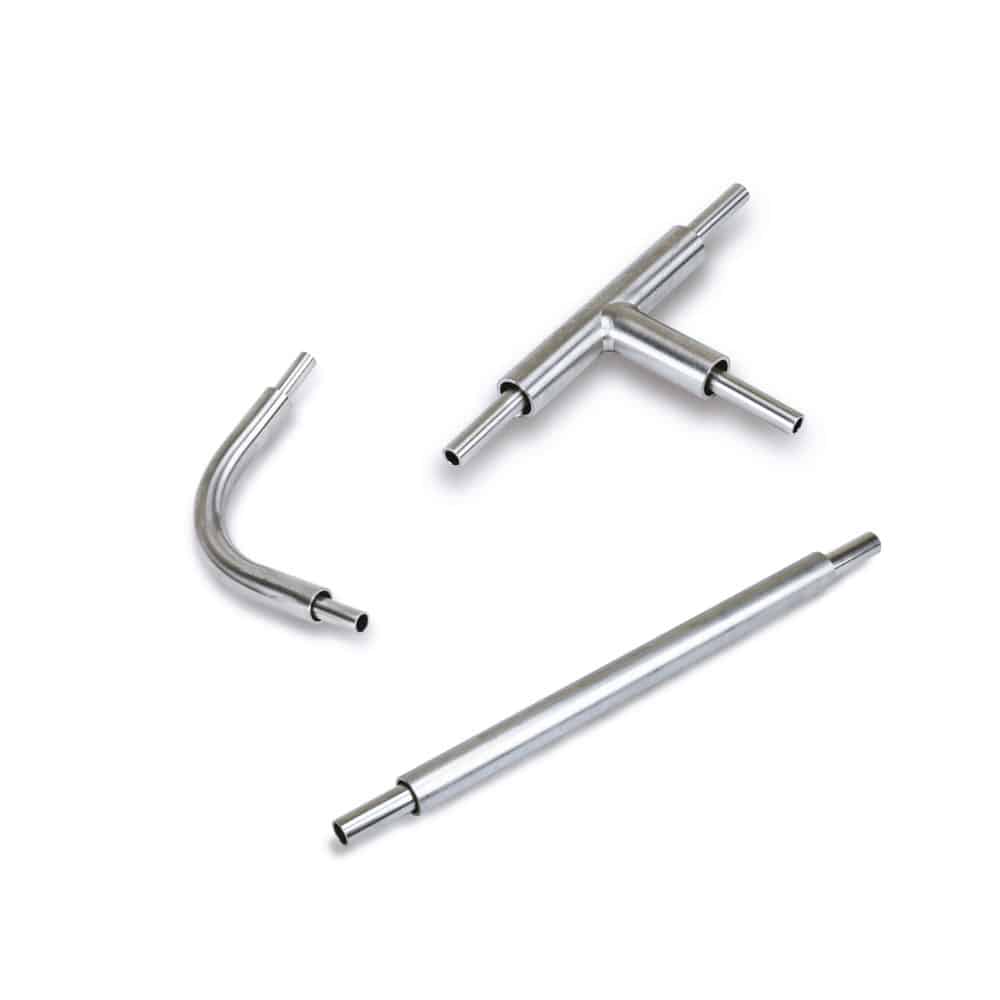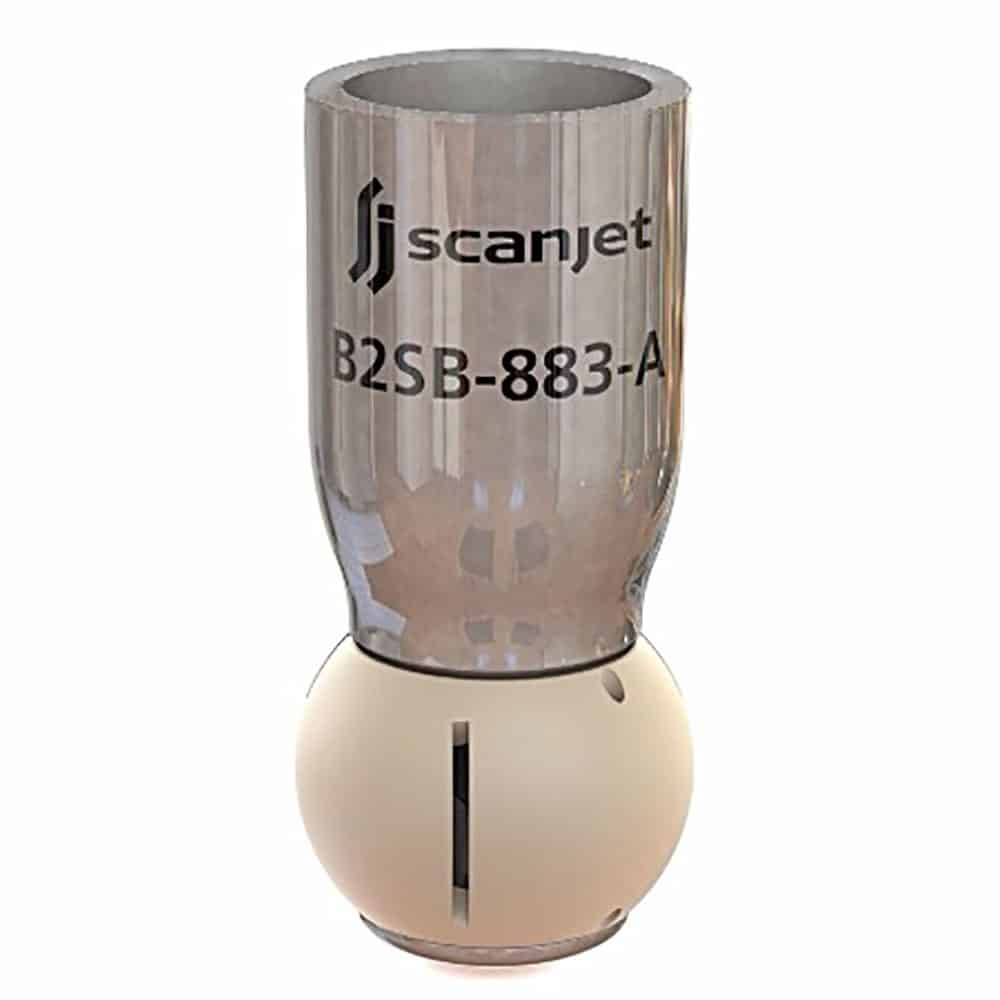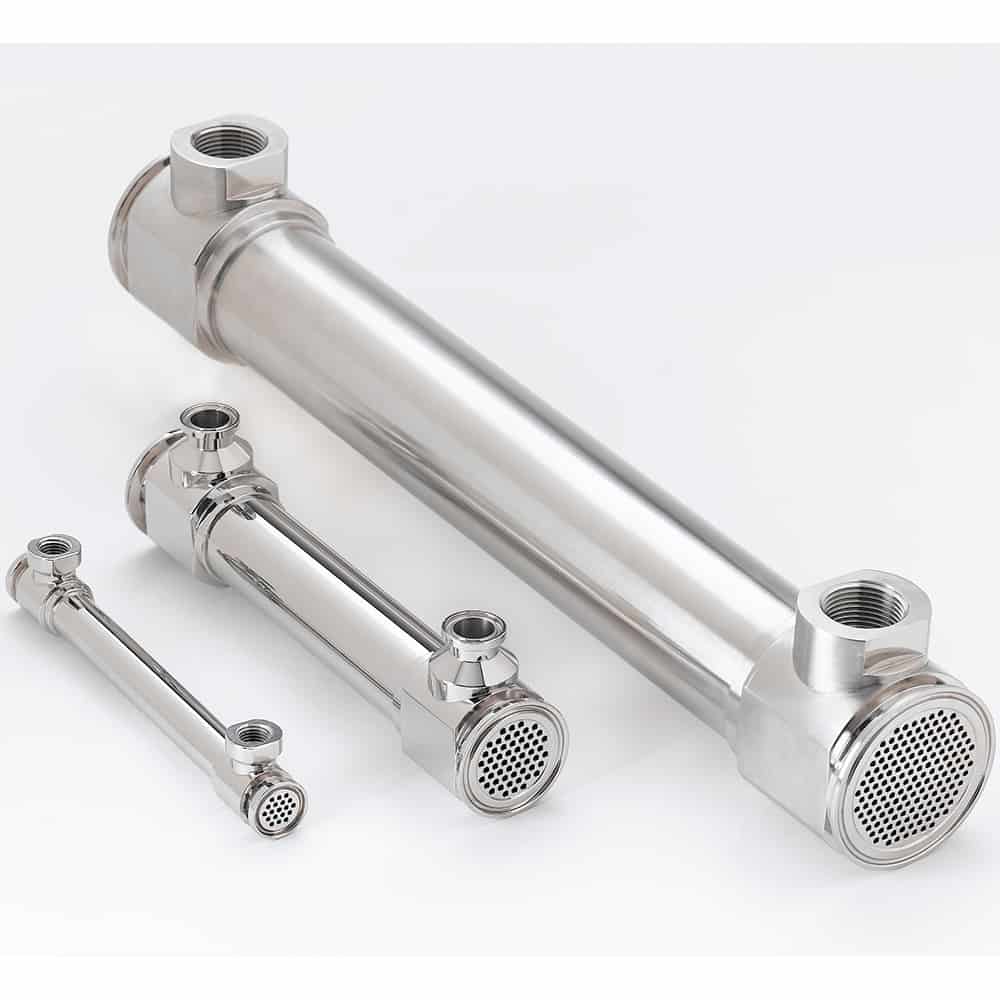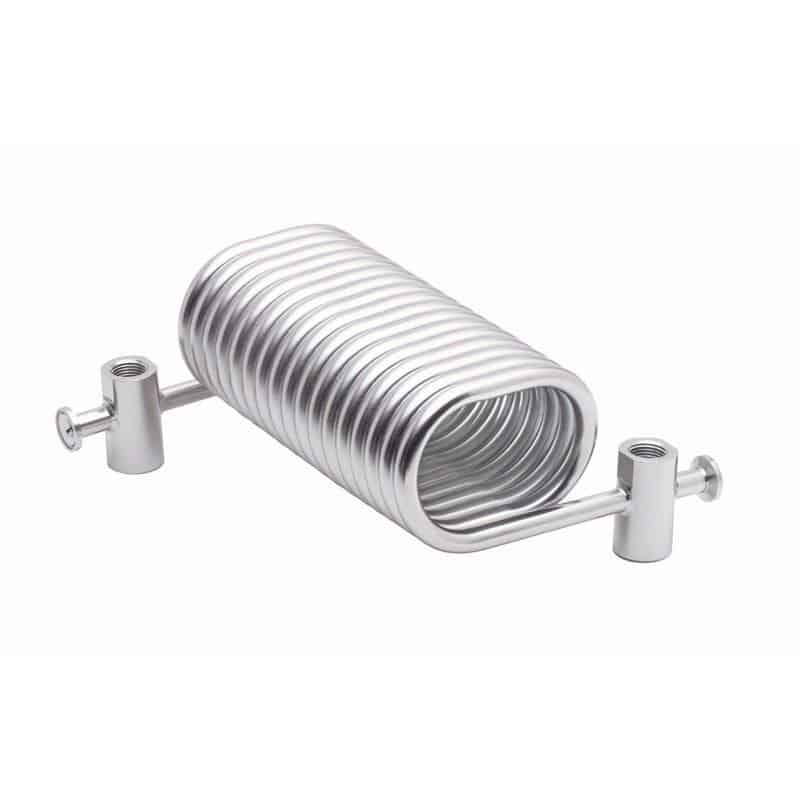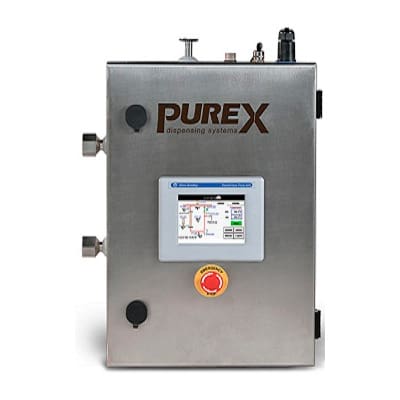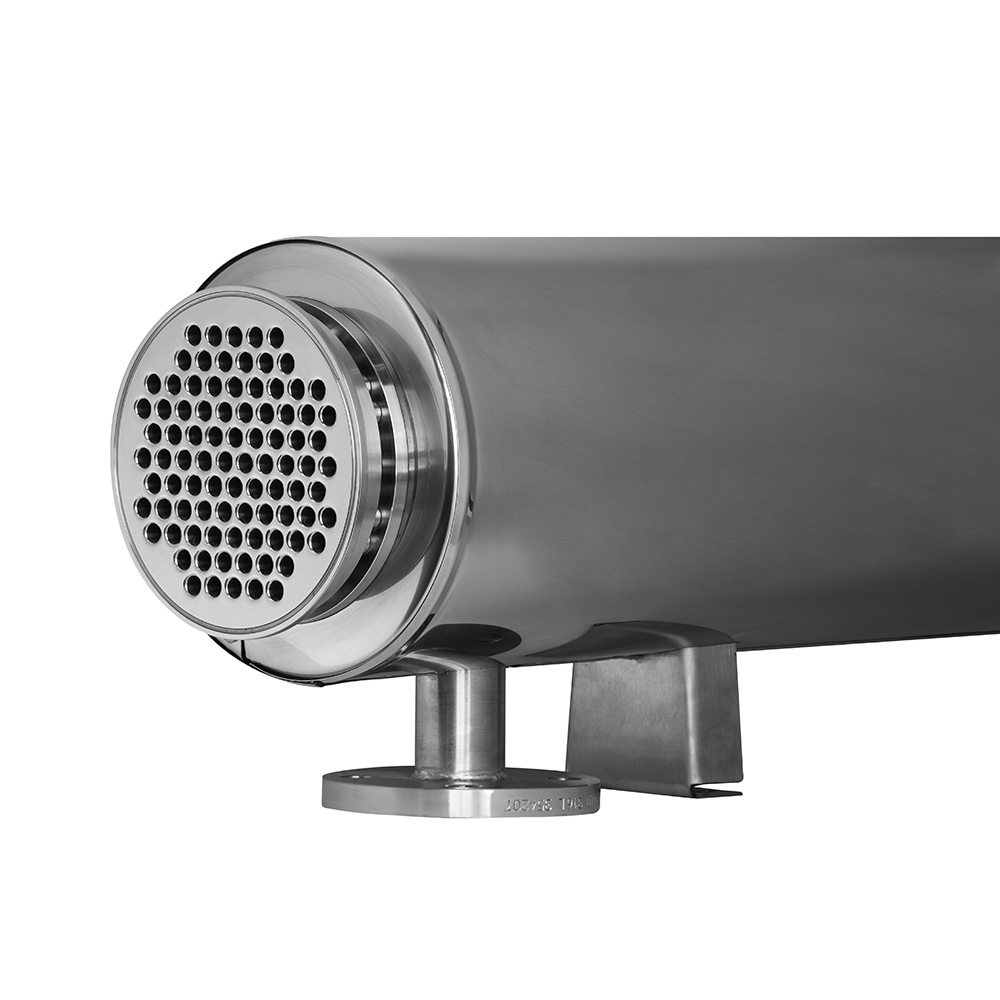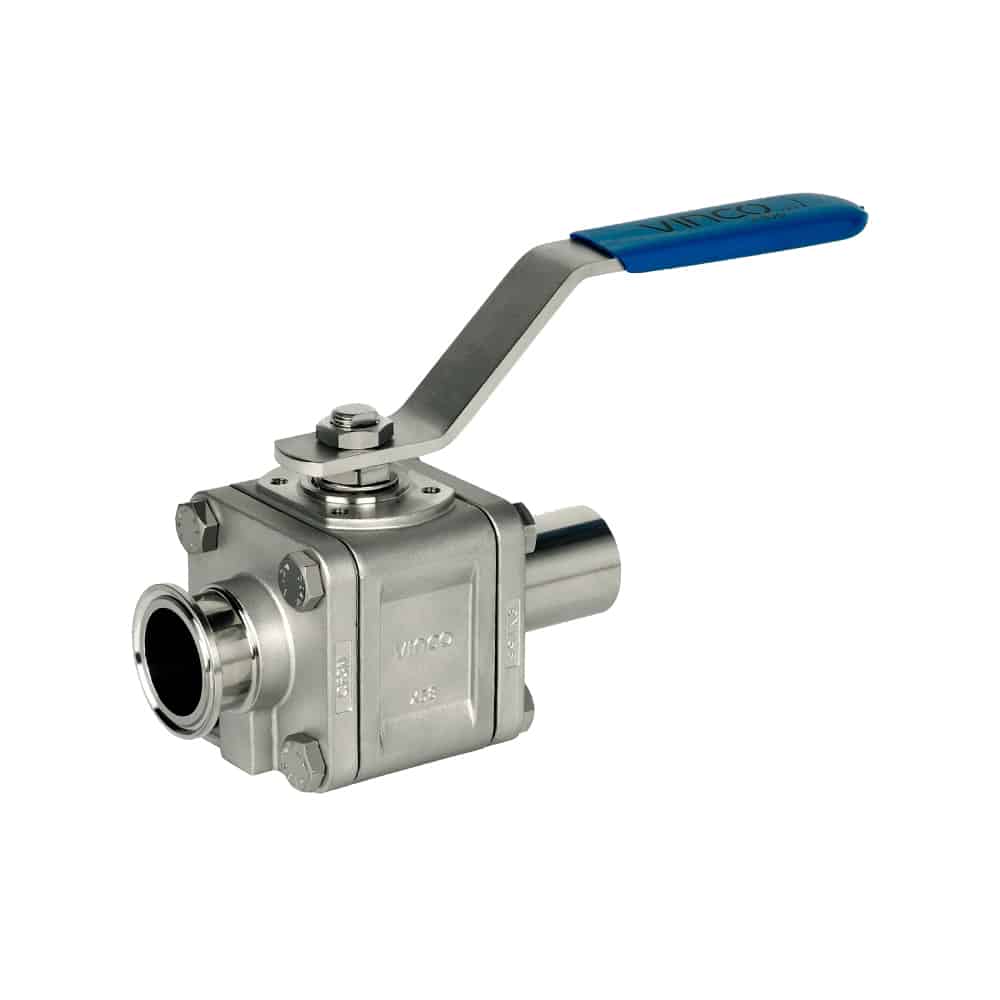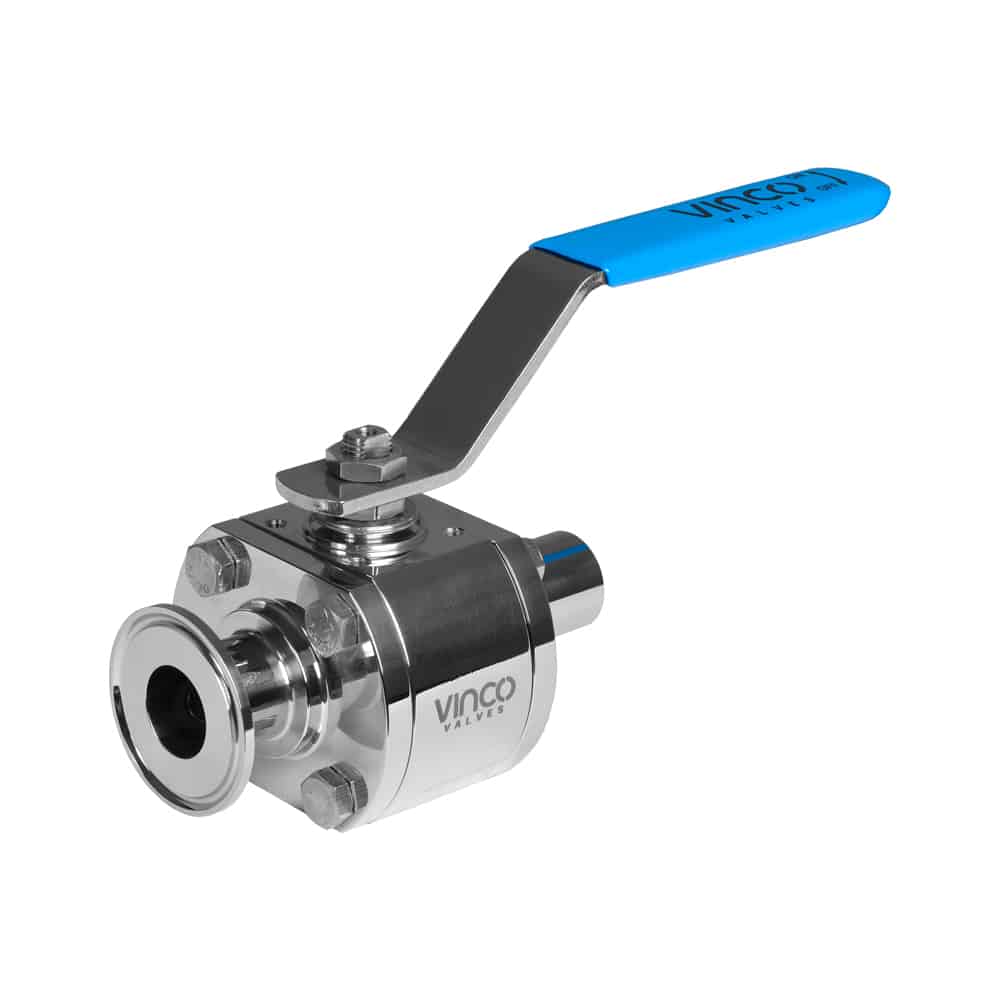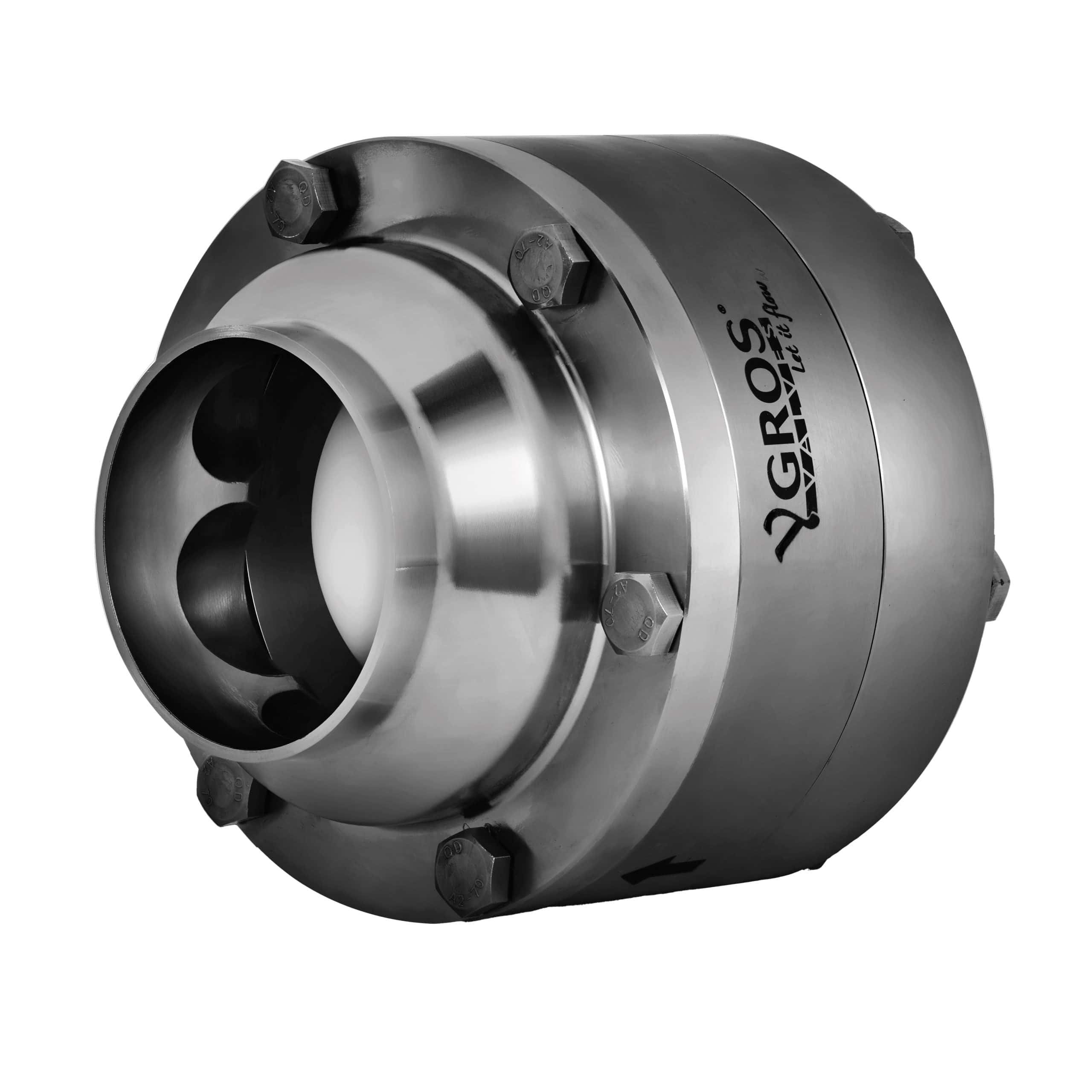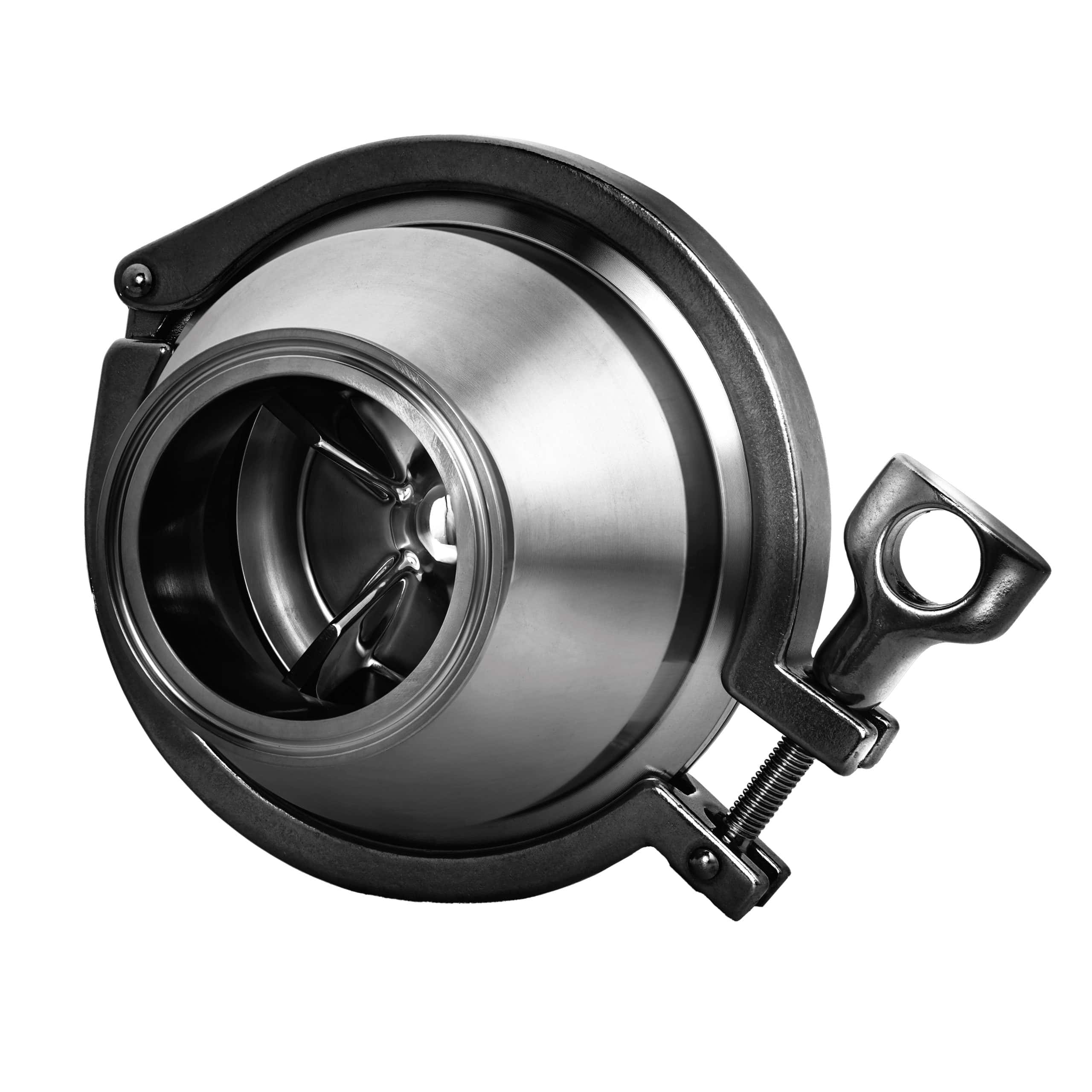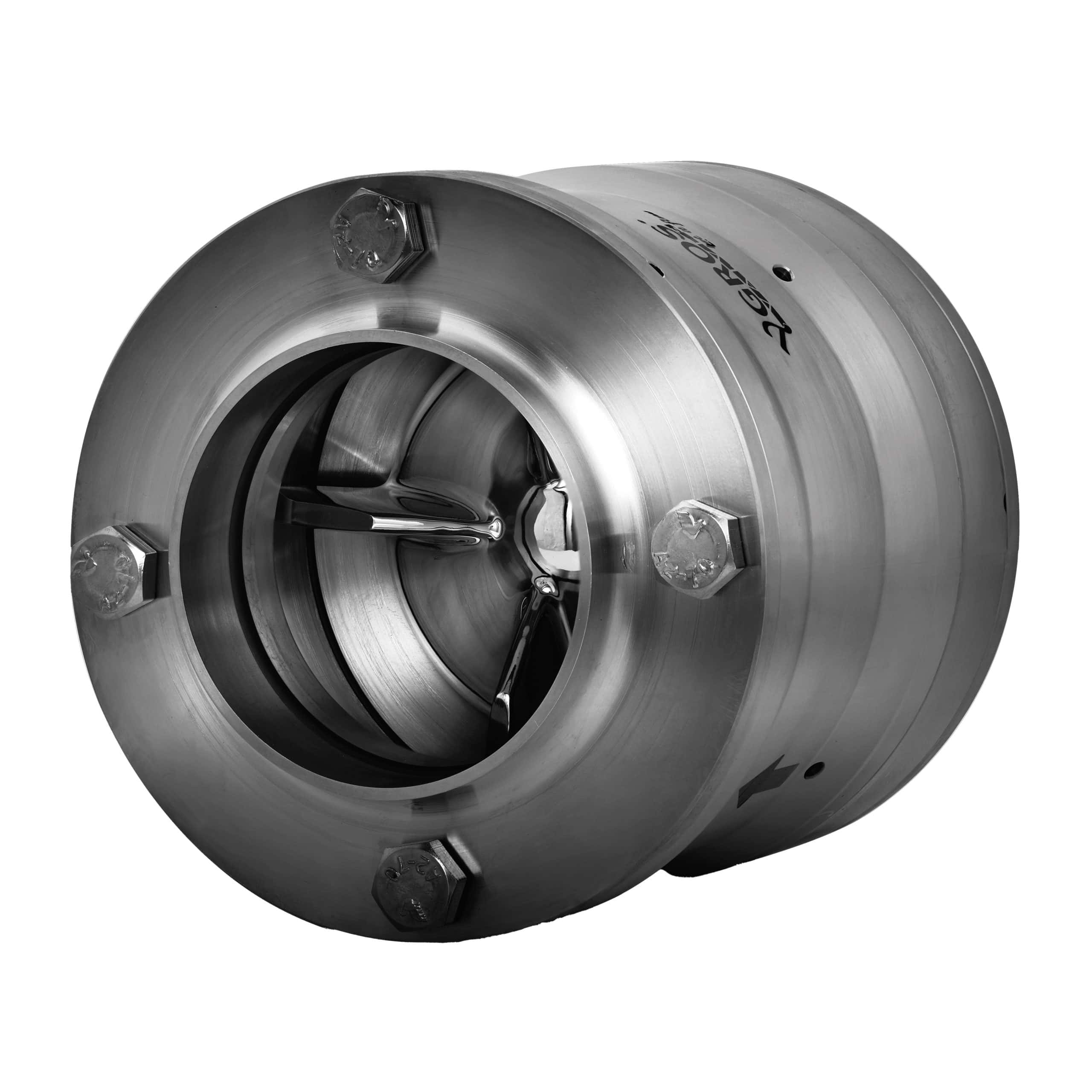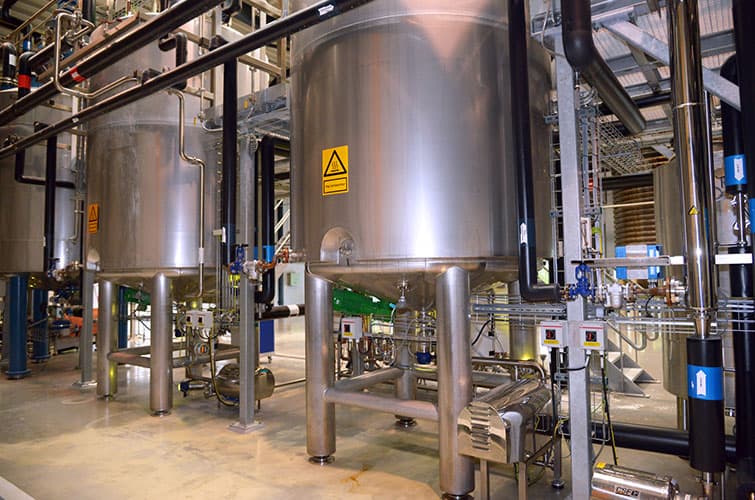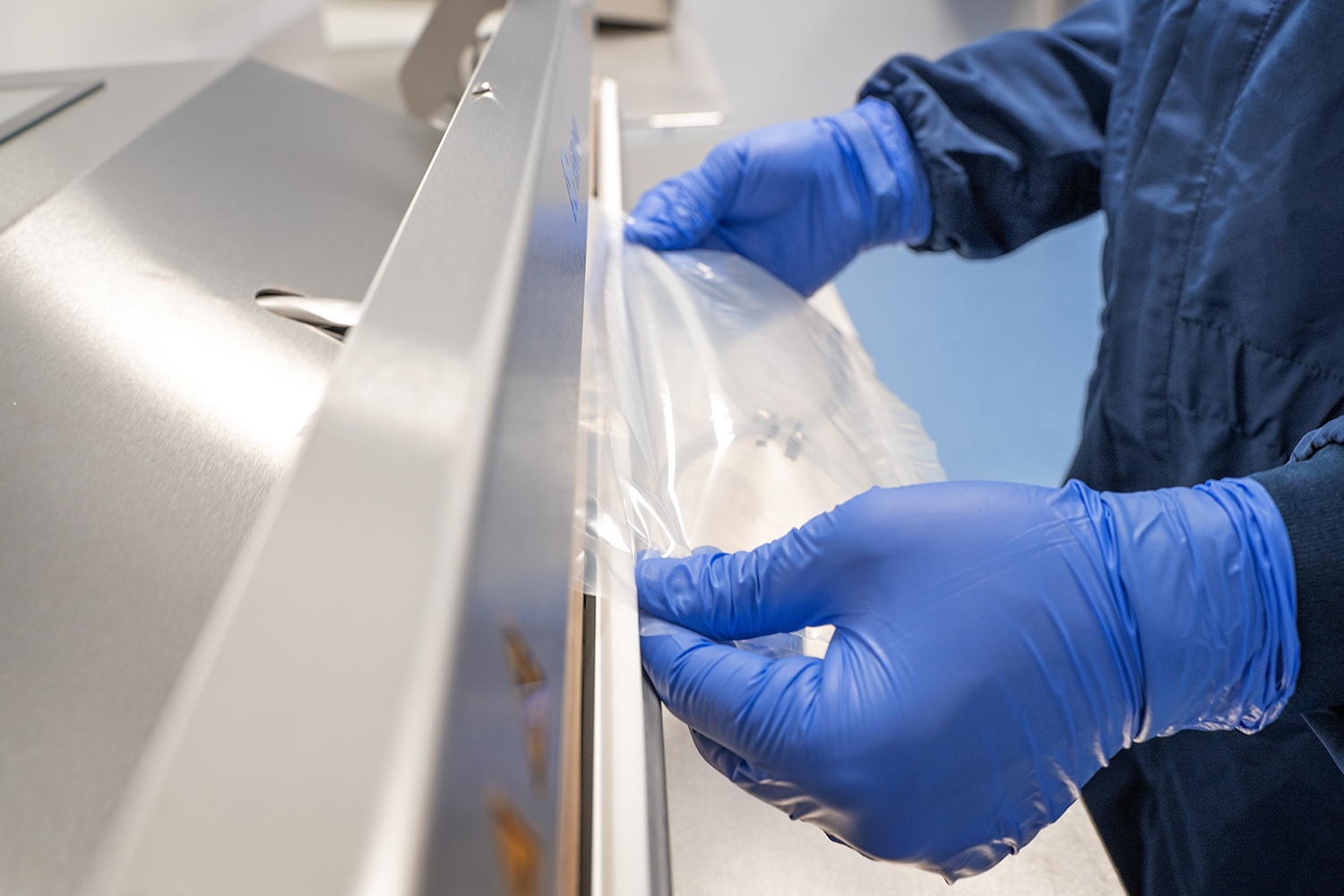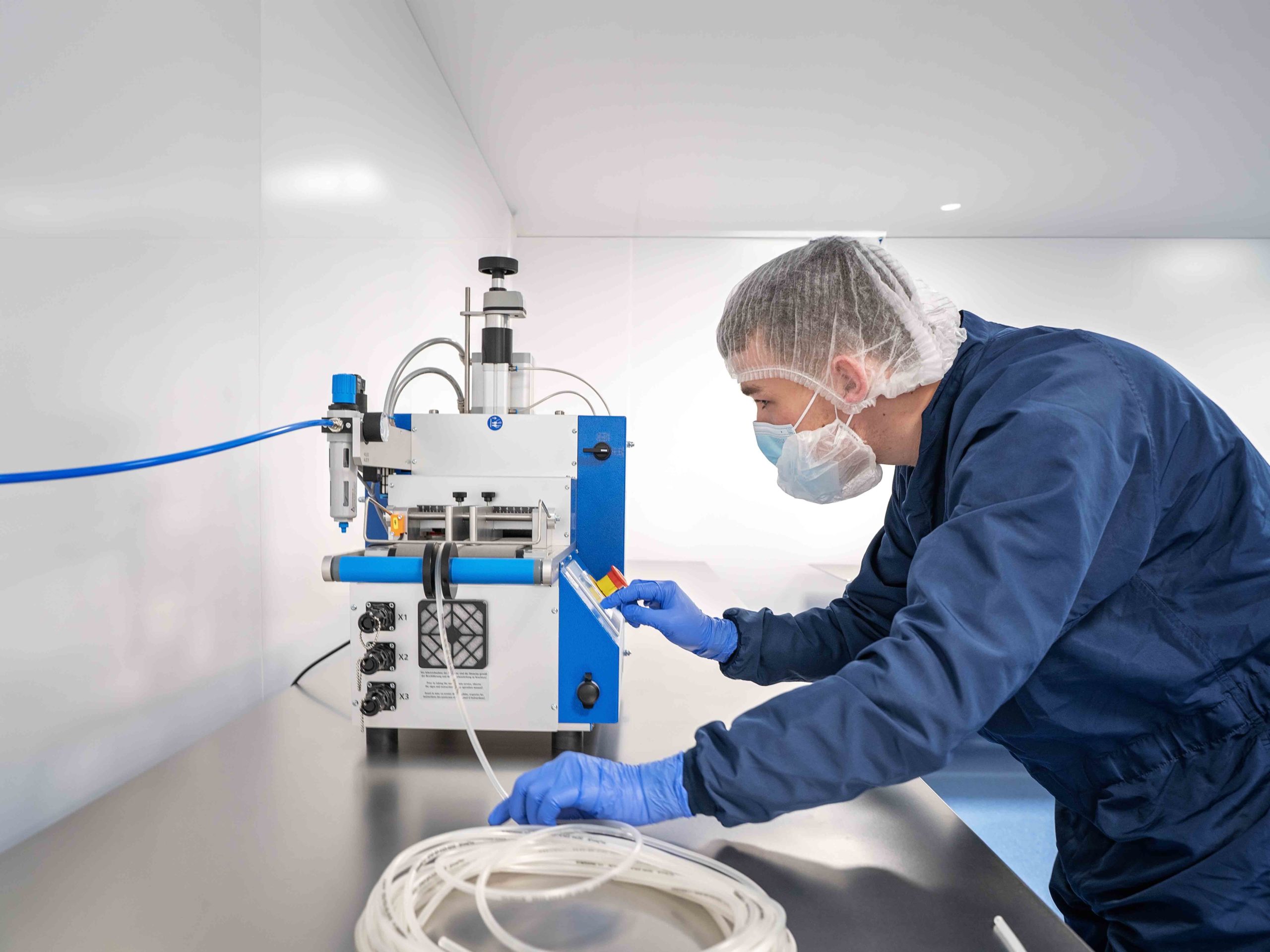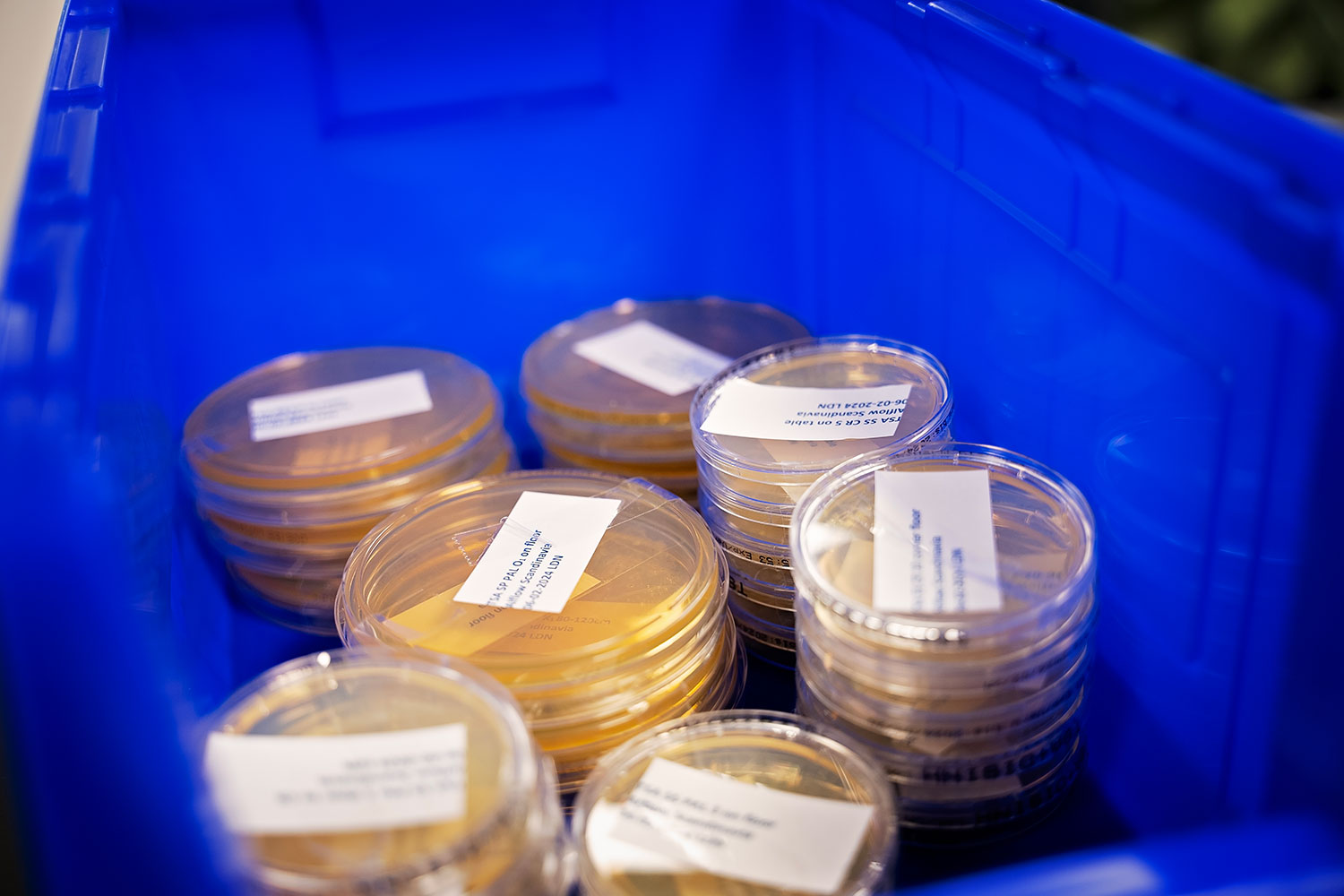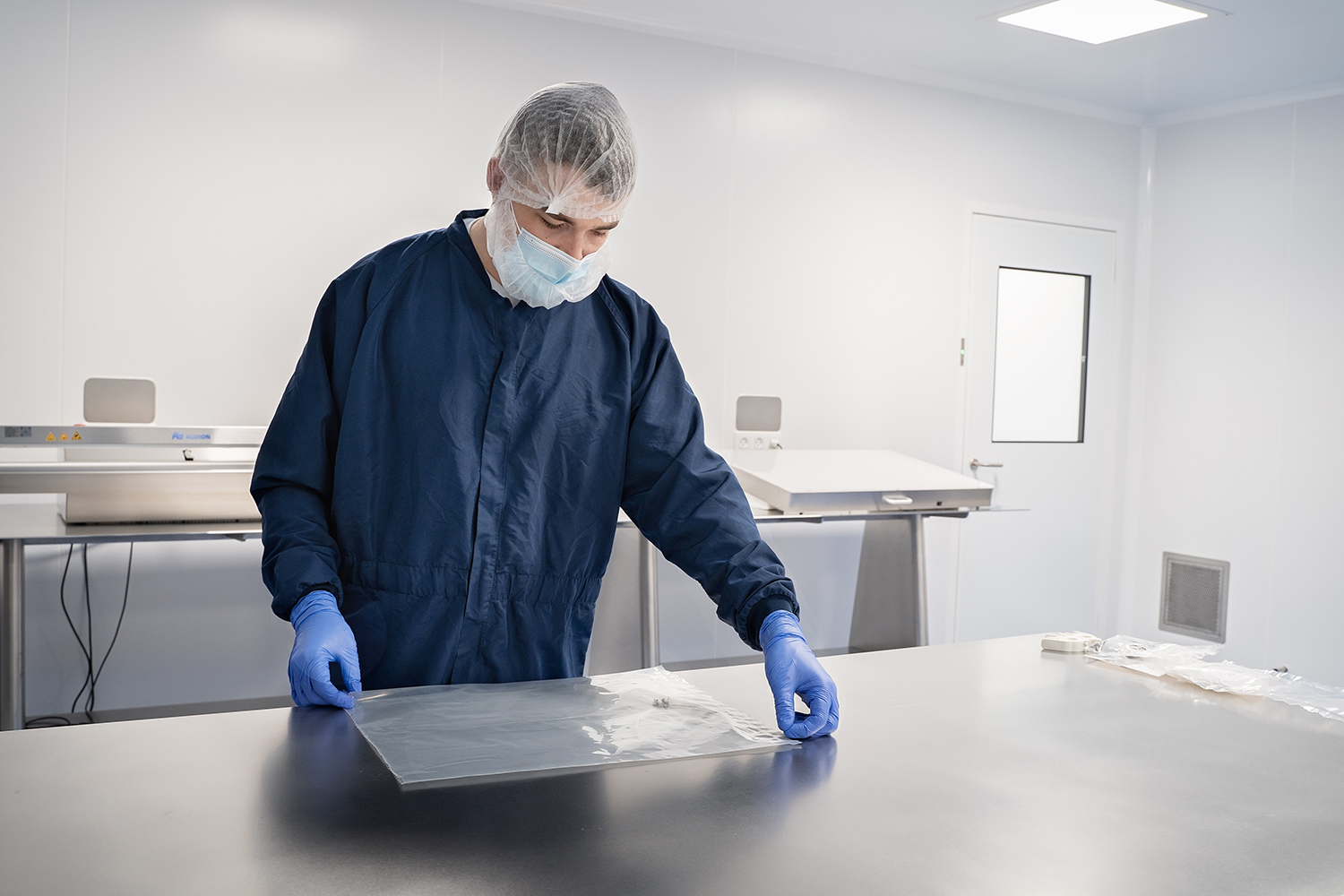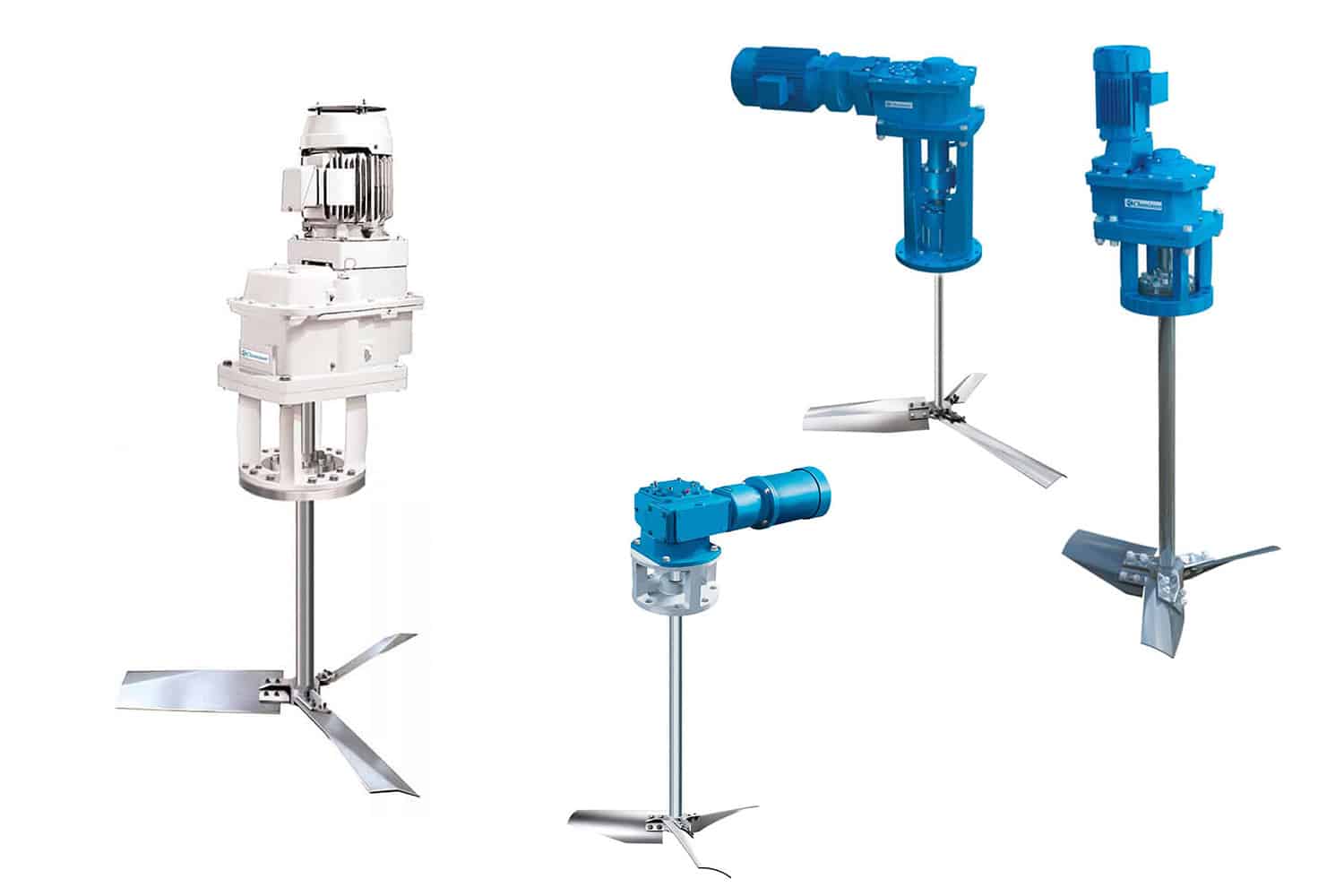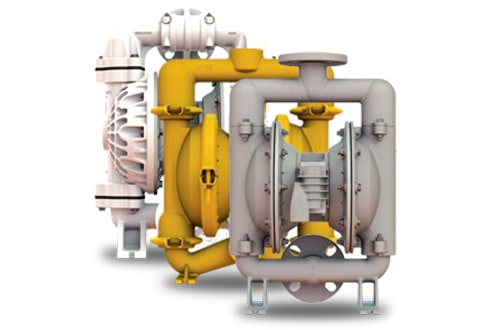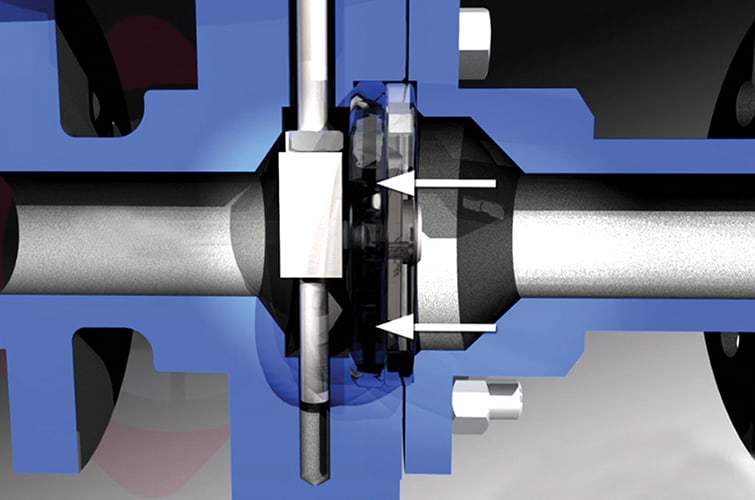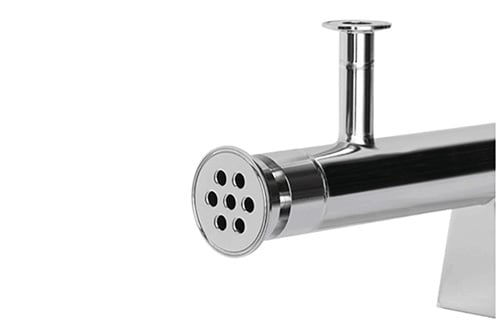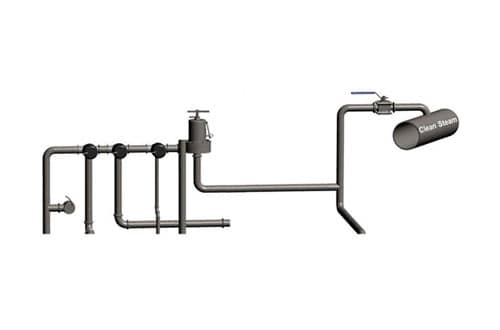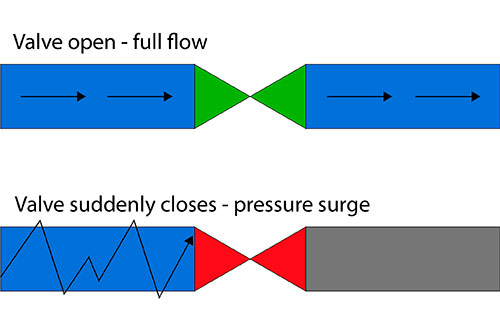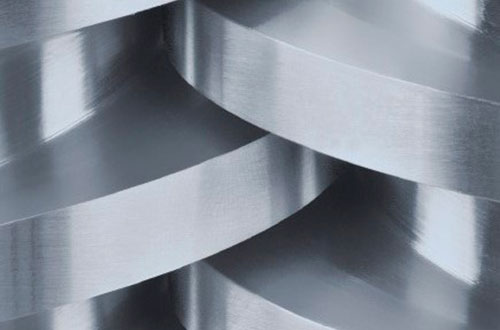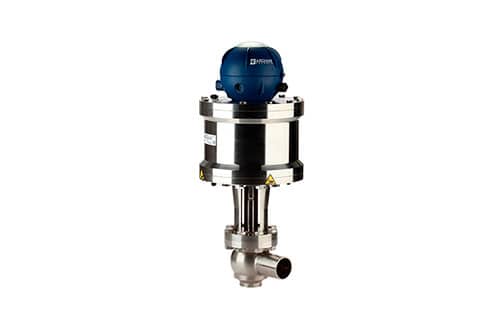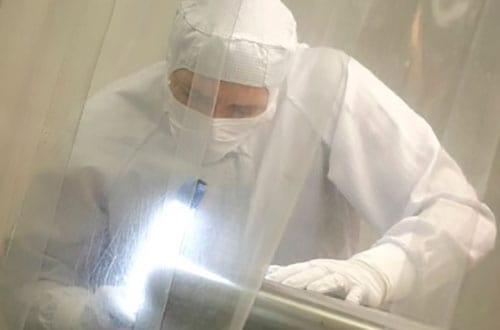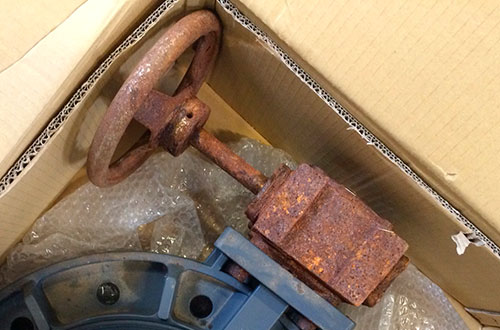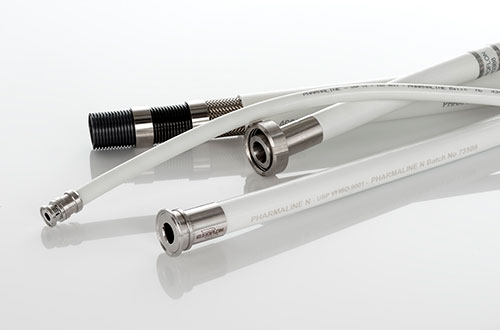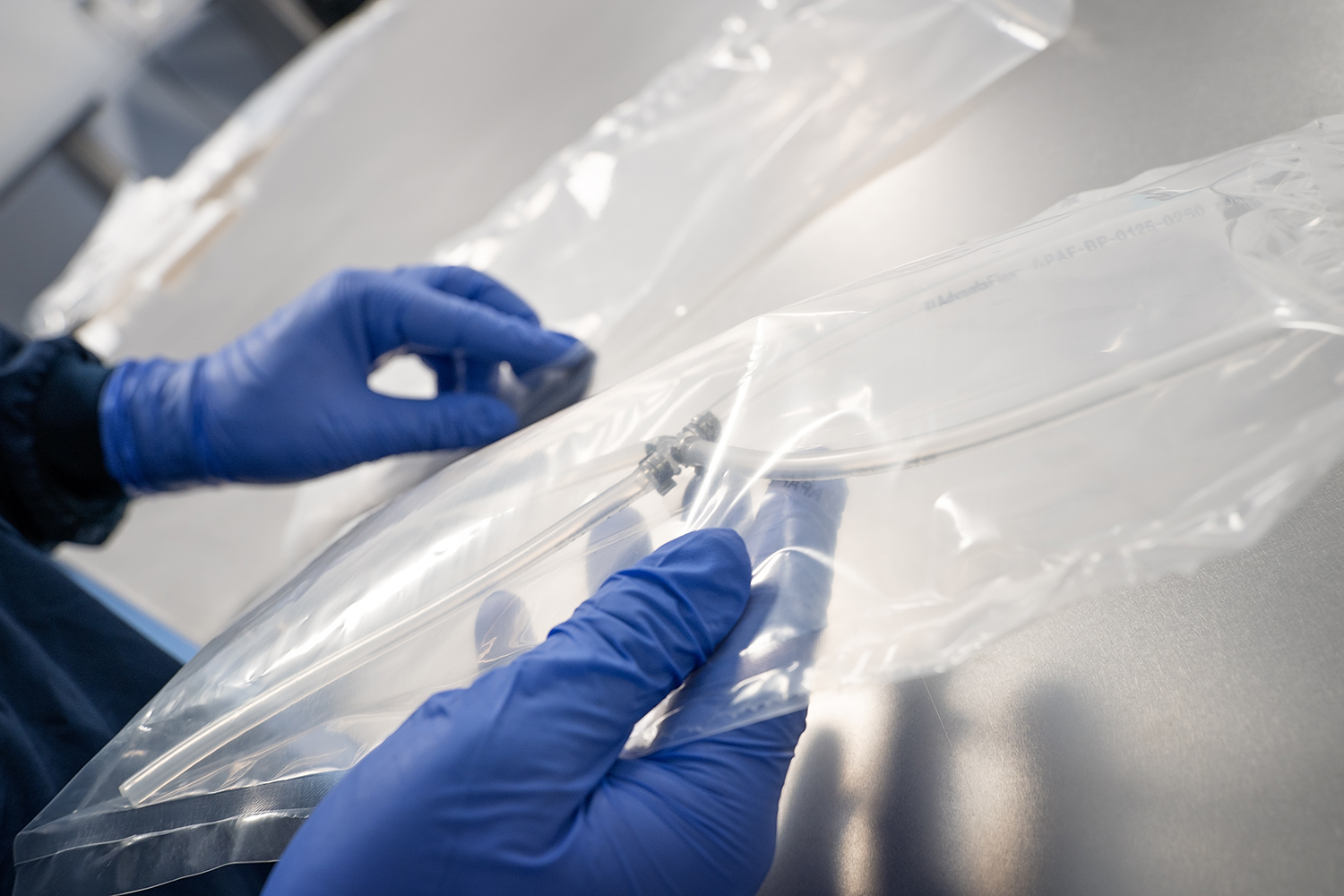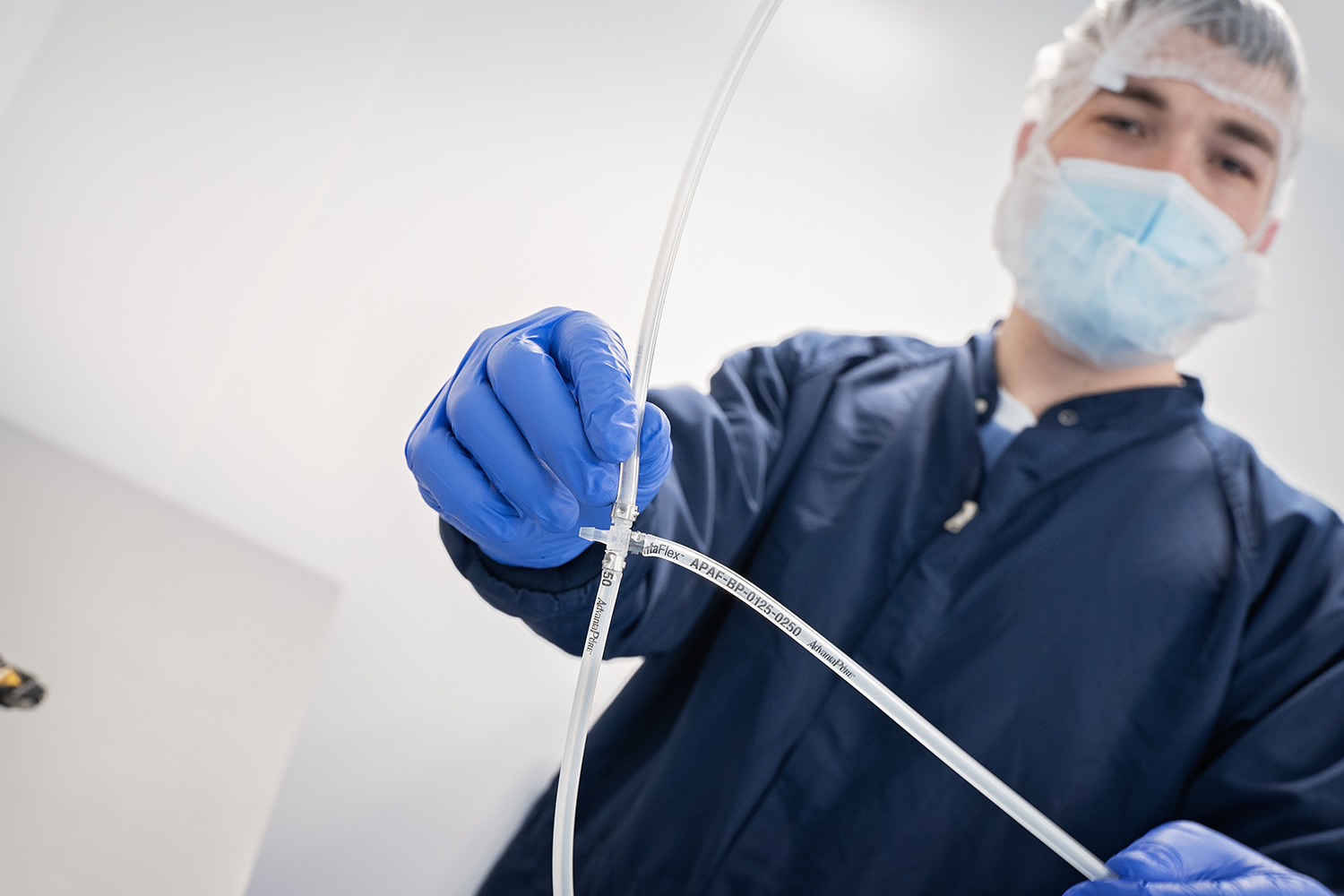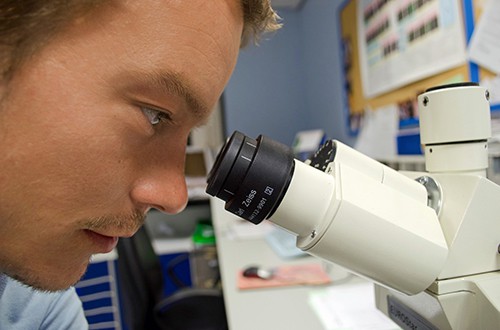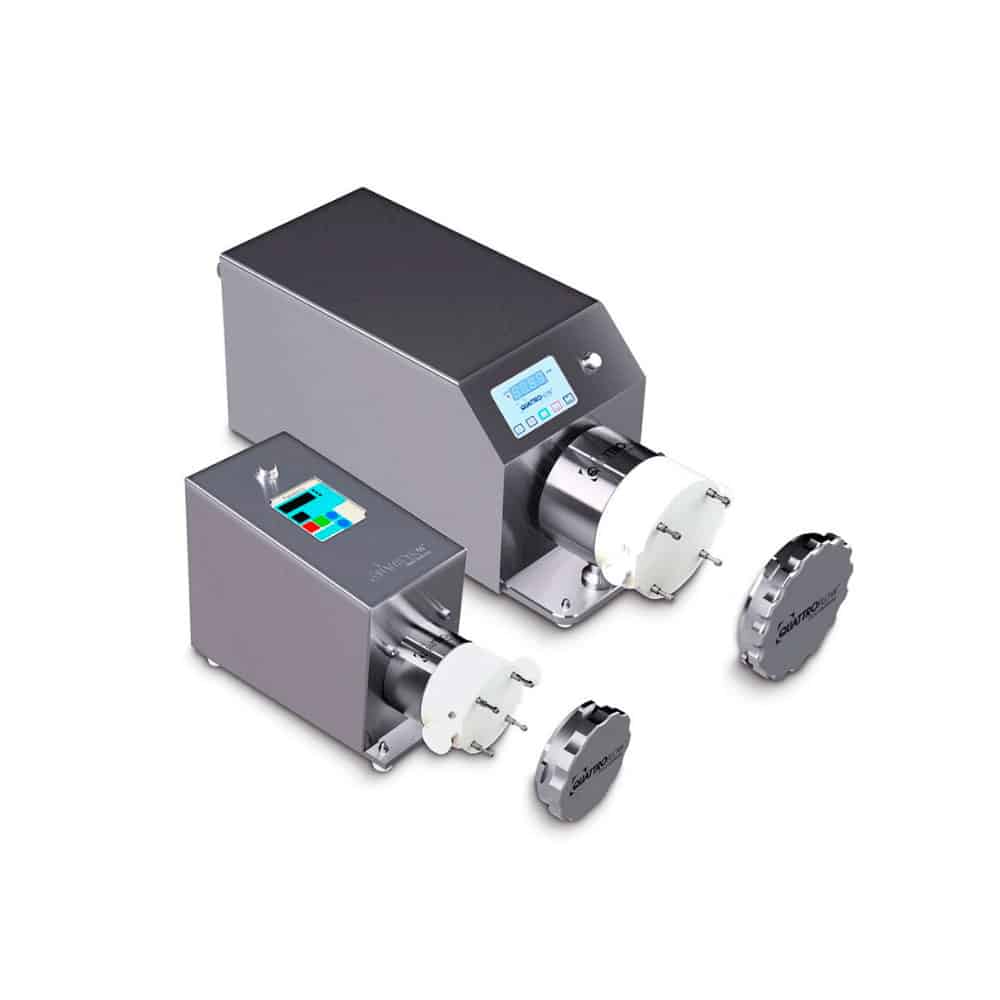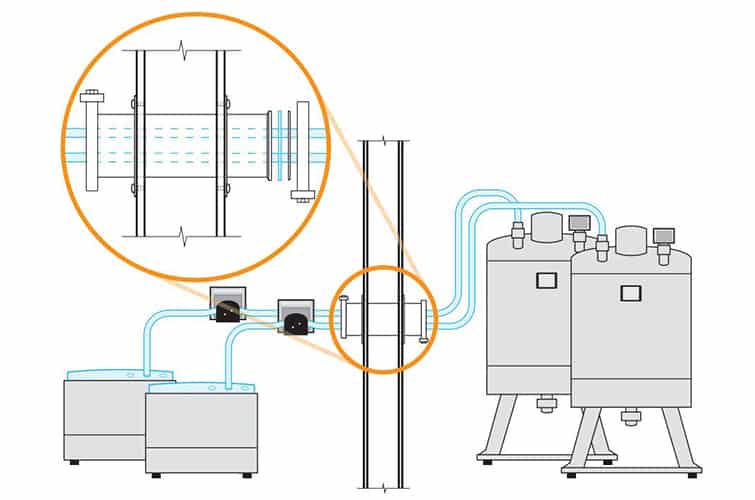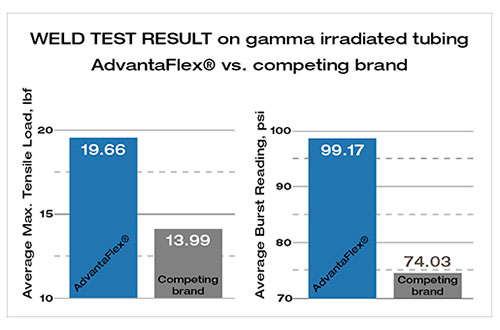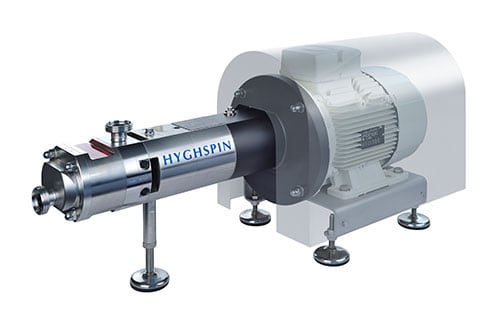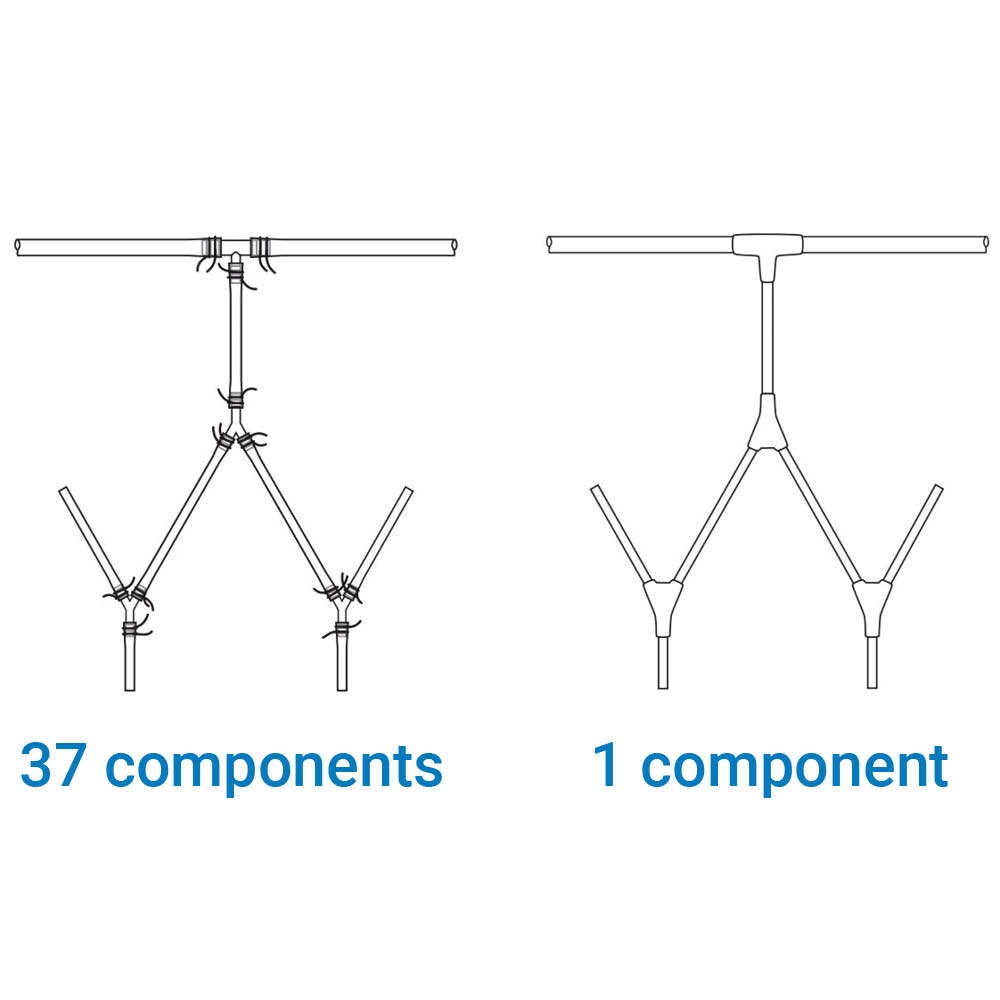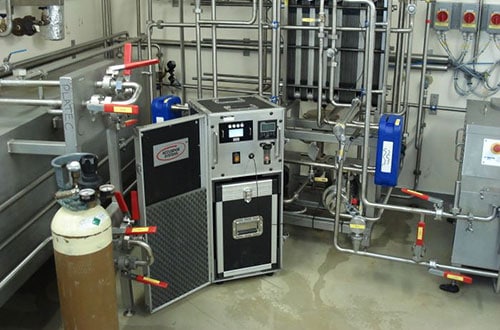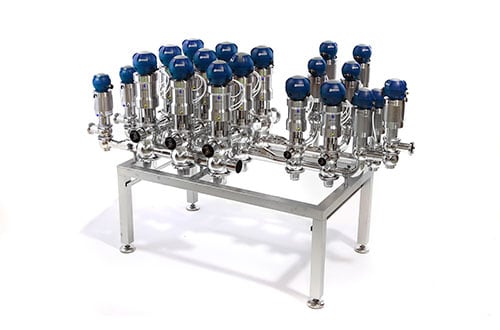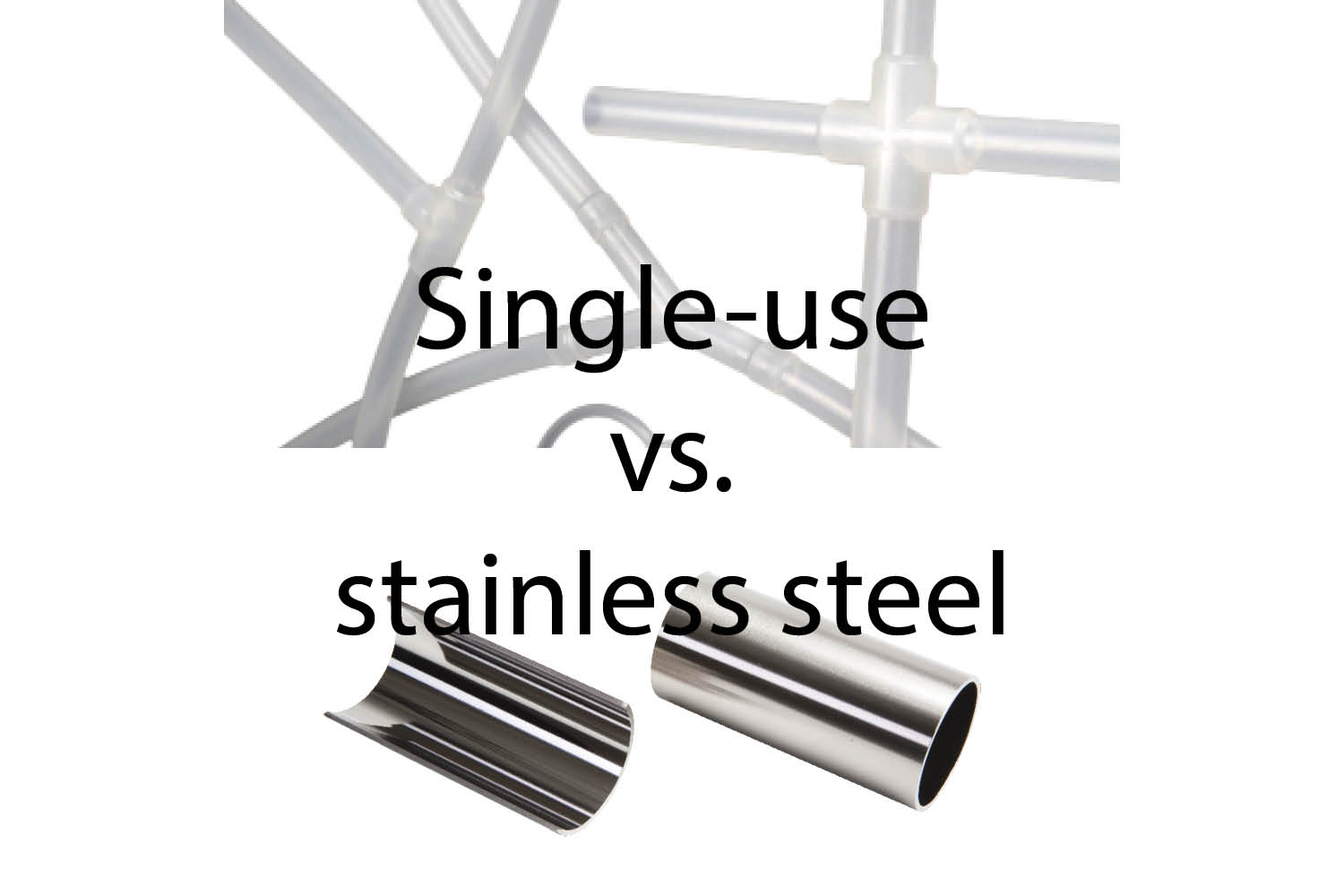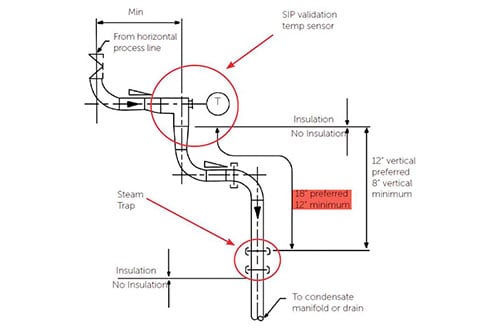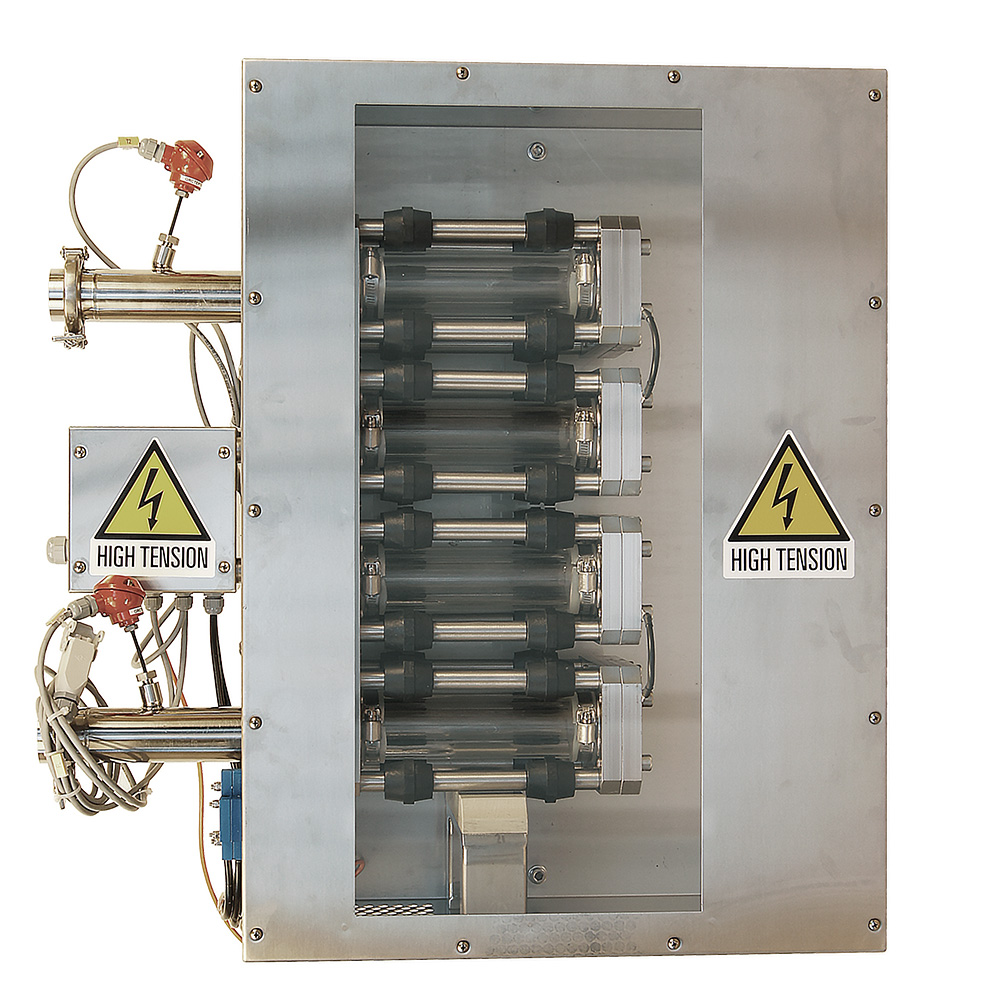What is SIP? What problems and errors can occur during SIP? What consequences can these errors have, and what can be done to mitigate them?
SIP - Steam in place
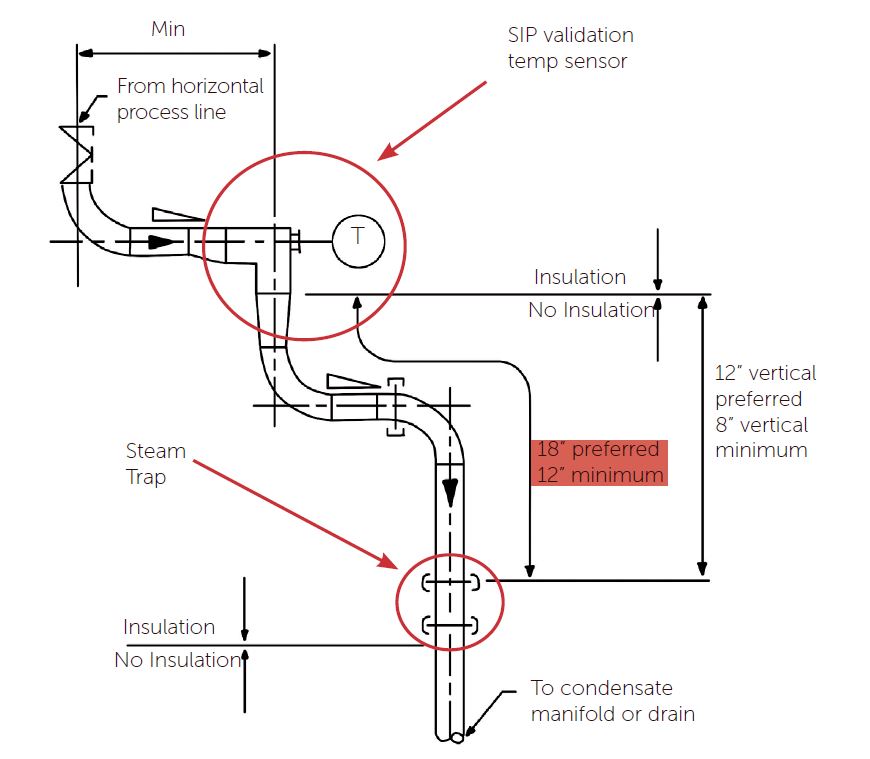
What is SIP?
SIP (Sterilise/Steam In Place) is a timed sterilisation of biopharmaceutical production plants using pure steam that is circulated throughout the system and into the tanks through built-in spray balls.
It is part of a 5-step sterilisation procedure that takes place after each production batch and follows the final rinsing after CIP (Clean In Place). SIP ensures that every square centimetre of the production plant that comes into contact with the product is sterilised to ensure that there is no microbiological activity in the system.
SIP is a temperature validated process, which means that the sterilisation must be proven by measuring the temperature of the process and recording the data. The minimum sterilisation requirement demands injection of clean steam into all pipes and tanks for at least 1/2 hour after having reached a minimum temperature of 121°C. If the temperature falls below 121°C at any time during the temperature holding period, a temperature validation error is detected and the SIP must be repeated.
Temperature sensors are placed in the condensate outlet of the process equipment to ensure that the sterilisation temperature meets the specific requirements. The sensors are usually located 300-450 mm in front of the clean-steam trap, where the condensate leaves the pipe system or container.
What are SIP temperature validation errors and why do they occur?
Most temperature validation errors can be traced back to two causes. They are both related to accumulation of condensate before the steam trap.
All sanitary, thermostatic steam traps require installation of a pipe of a certain length between the steam trap inlet and the temperature sensor to take into account the buildup of condensate (the standard distance is 300-450 mm). If a thermostatic steam trap requires significant supercooling before the bellows begin to contract and open the steam trap, pure steam condensate will build up in the pipe before the steam trap and thus moisten and cool the temperature sensor. If this occurs during the temperature holding period (after the system has been heated to 121°C), and if the sensor is thereby cooled by 0.5°C or more, a temperature validation error occurs.
Another common cause of condensate buildup and temperature validation error may be due to a fault in an adjacent steam trap in a shared condensate system.
Thermostatic steam traps fail when a leak occurs in the bellows, which thus cannot expand (and close the steam trap) when exposed to steam temperature. The steam trap therefore remains open so that pure steam can pass through it in the condensate system. This is especially problematic during the holding period of the temperature (low condensate formation), as the increase in the condensate excess pressure can cause one or more steam traps, that are connected to the said system, to build up condensate.
Buildup will occur because the differential pressure across all steam traps connected to that system, is reduced. Reduced differential pressure will result in reduced flow in one or more of the adjacent steam traps on the shared system. In smaller condensate systems, this can cause the condensate buildup to be significant enough to humidify the sensor and cause a temperature validation error message.
How to alleviate general SIP problems?
There are three general problems associated with SIP:
- Temperature validation error
- Slow condensate drainage
- Too low temperature or slow heating
- These problems are significant because they each delay the completion of the SIP process - and ultimately result in limited production and revenue.
Most temperature validation errors can be corrected or prevented using one or more of the following solutions:
- Install sub-cooling steam traps in the temperature-validated drain lines to minimise condensate buildup
- Make sure there is approx. 300-450 mm (12-18") 3/4" pipe between steam trap and temperature sensor to maintain the condensate build up
- Use correct size of condensate systems to accommodate defective steam traps
- Replace defective steam traps on condensate systems immediately
However, there are some installations where it is not possible to implement the above solutions. For example, there are compact installations, especially under tanks and equipment, where there is not enough space to install a vertical and horizontal downpipe of sufficient length to prevent condensate from building up and moistening the sensor. In addition, there are some installations where unforeseen condensate loads occur that overburden the downpipe and steam trap. What do you do in these situations?
There are two possible solutions for installations with limited space:
- If the required height for the extra pipe is not available, you can increase the horizontal distance. Adding horizontal pipe spacing can provide a volumetric cushion to prevent condensate from reaching the sensor. As long as there are some vertical pipes (min.100 mm recommended) immediately below the sensor for draining, an increase in the length of a slightly sloping horizontal pipe provides the volume cushion needed to prevent the sensor venting and temperature validation errors.
- If there is no room to install either a horizontal or vertical pipe, instead a sanitary condenser can be installed - a product that was developed a few years ago by Steriflow Valve especially for installations where space is limited. The sanitary condenser (SSC) was designed to eliminate temperature validation errors and to improve condensate drainage during all phases of SIP.
What is a sanitary condenser?
The sanitary condenser, SSC, is a compact condensate tank with cooling fins that is installed immediately after the temperature sensor and before the steam trap. In addition to optimising the installation site, SSC eliminates the possibility of temperature validation errors and improves condensate drainage.
SSC has 3 significant user benefits:
- It makes it possible to install temperature-validated sensor/condensate trap/steam trap units in tight spaces where there is not enough space to install the traditional 300-450 mm (12"-18") downpipe between the validation sensor and the steam trap.
- SSC is a volume collection chamber with cooling fins for the accumulation of condensate after the temperature sensor and before the steam trap. SSC's large chamber eliminates the possibility of condensate buildup, thus causing humidity and cooling the temperature sensor.
- The SSC supercools the condensate before it enters the thermostatic steam trap, which contracts the bellows and further opens the steam trap. This results in a significant increase in the ability of the steam trap to drain condensate quickly, reducing heating time.
SSC has five times greater surface area for heat dissipation than a 450 mm downpipe. The cooling fins allow the ambient air to completely enclose the SSC. The air is heated, rises and is indicated by cooler air below. The radiation and convection heat loss combine and supercool the incoming condensate. The temperature difference causes the steam trap bellows to contract further, which gives a significant increase in the drainage capacity and thus reduces the heating time.
Would you like to find out more?


